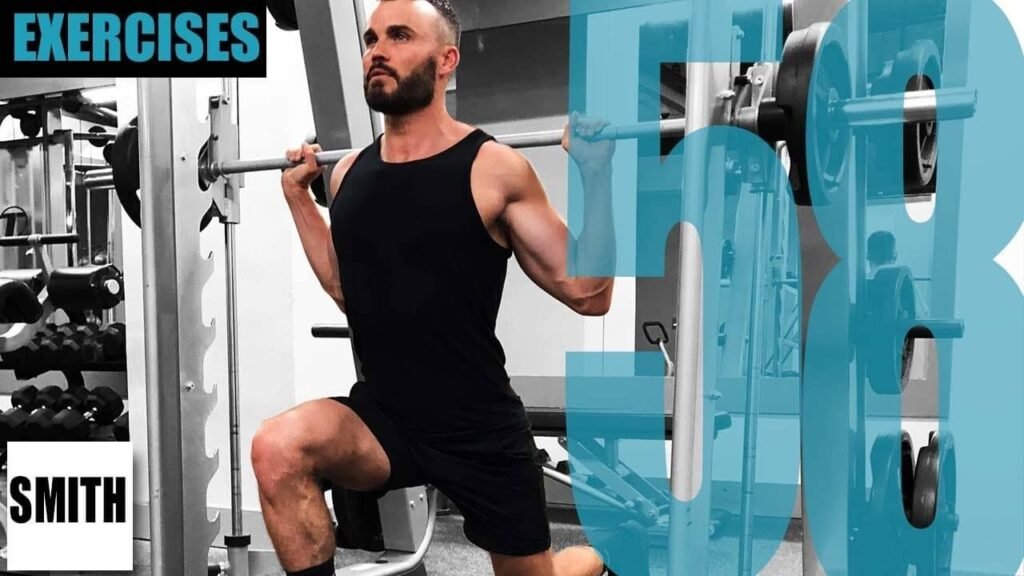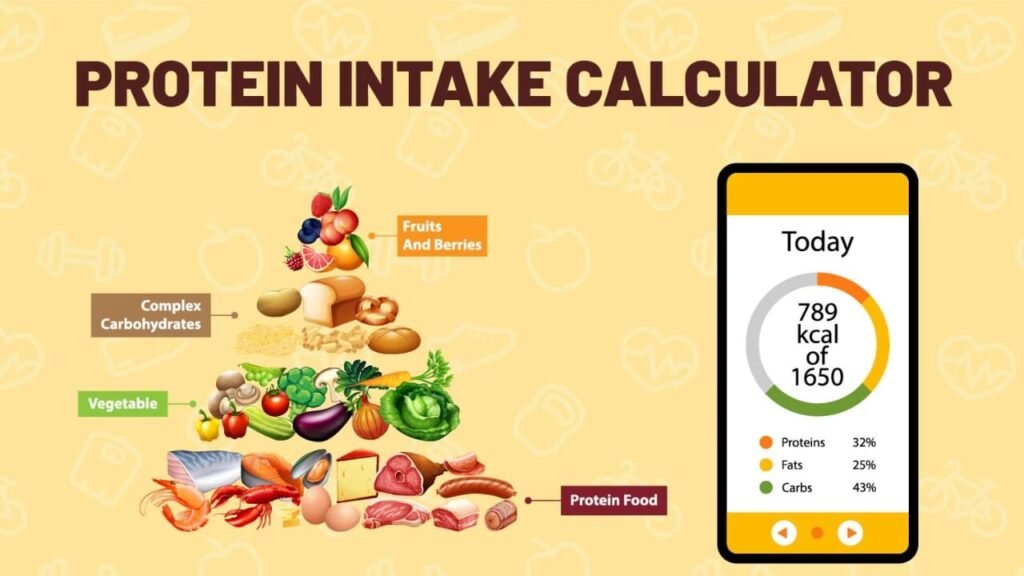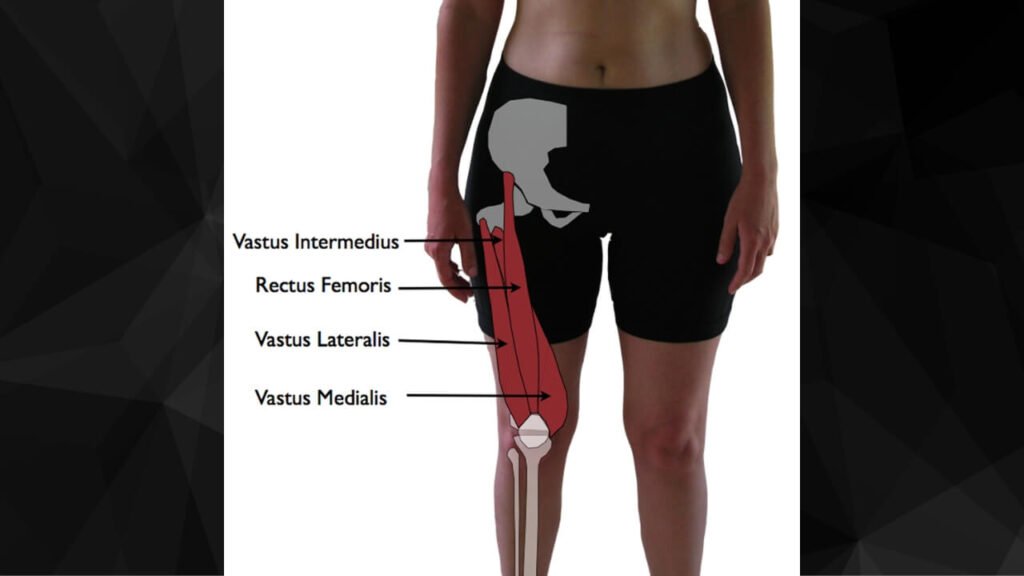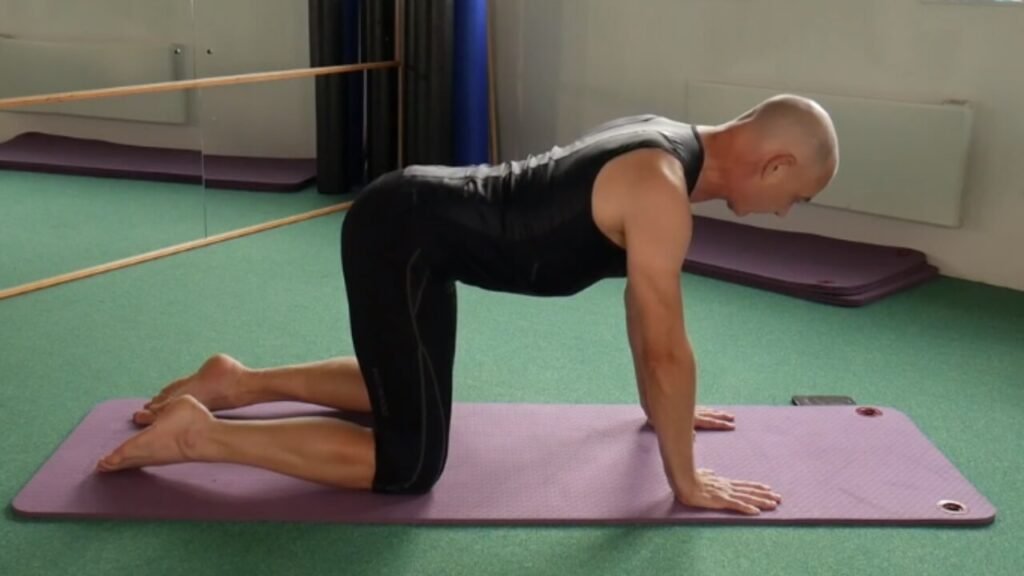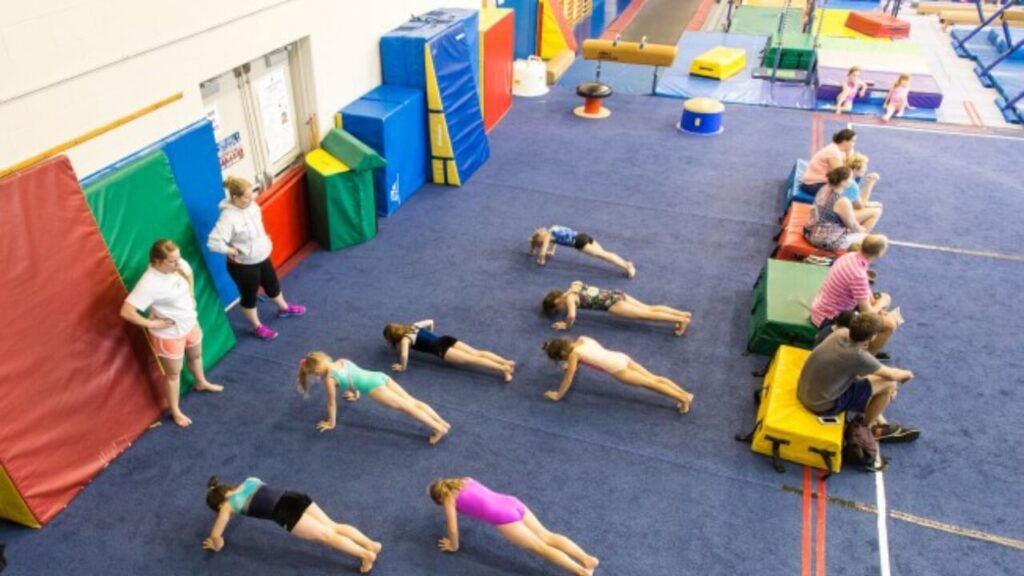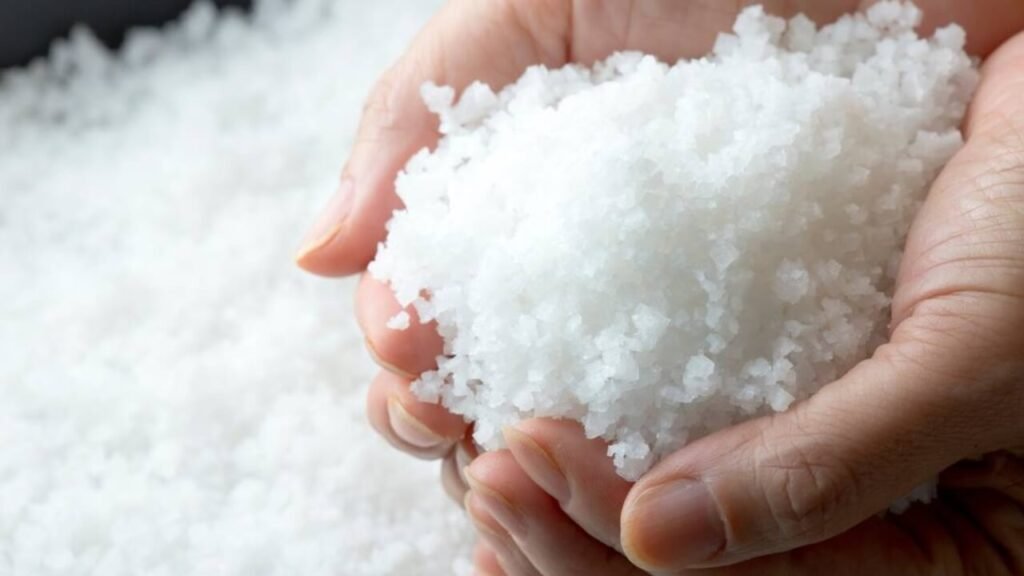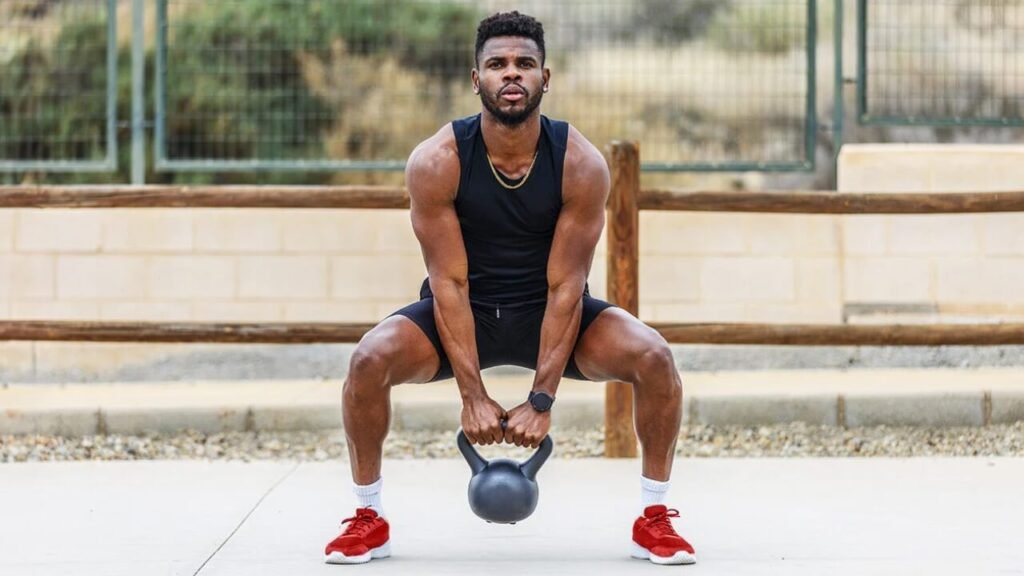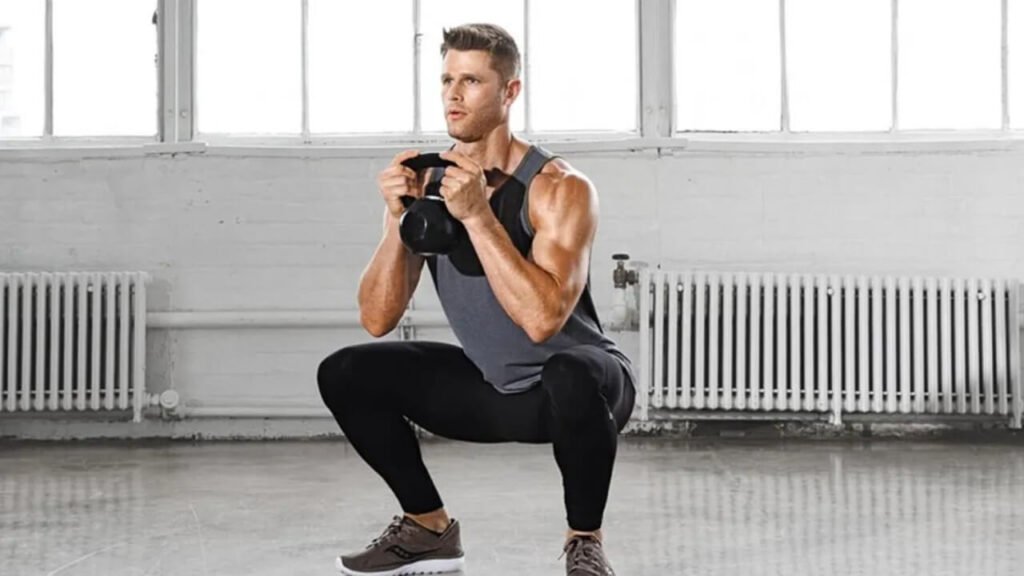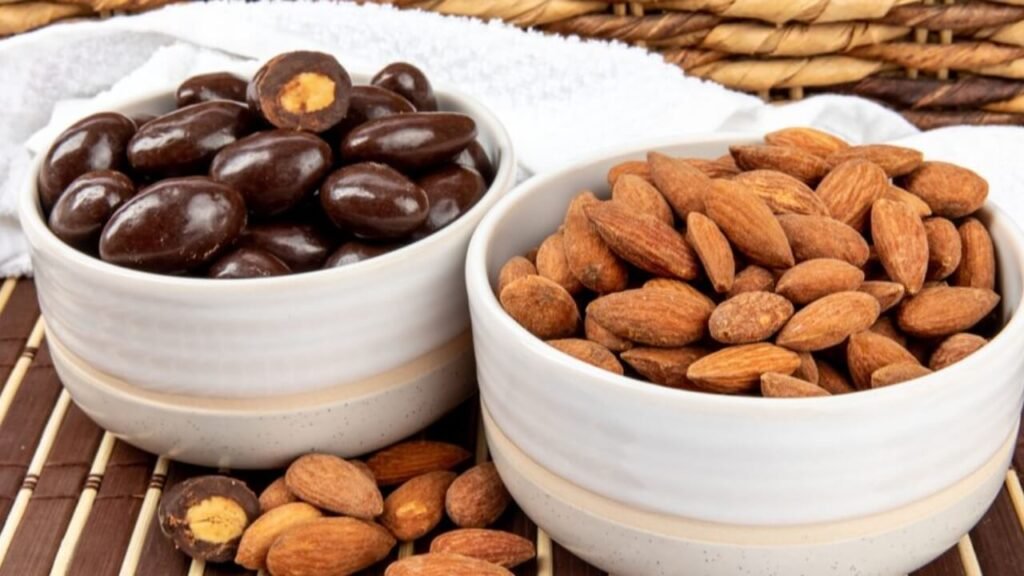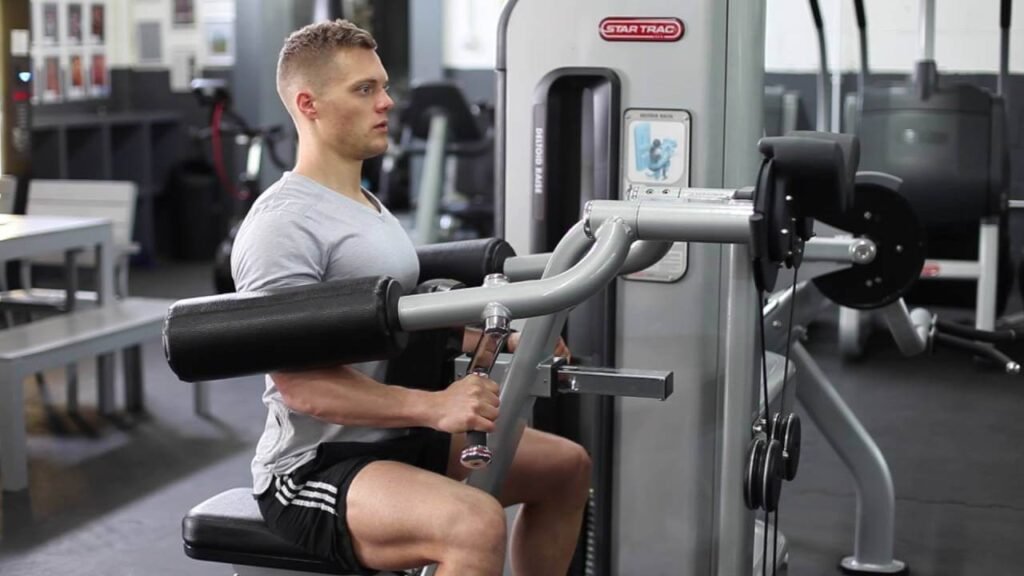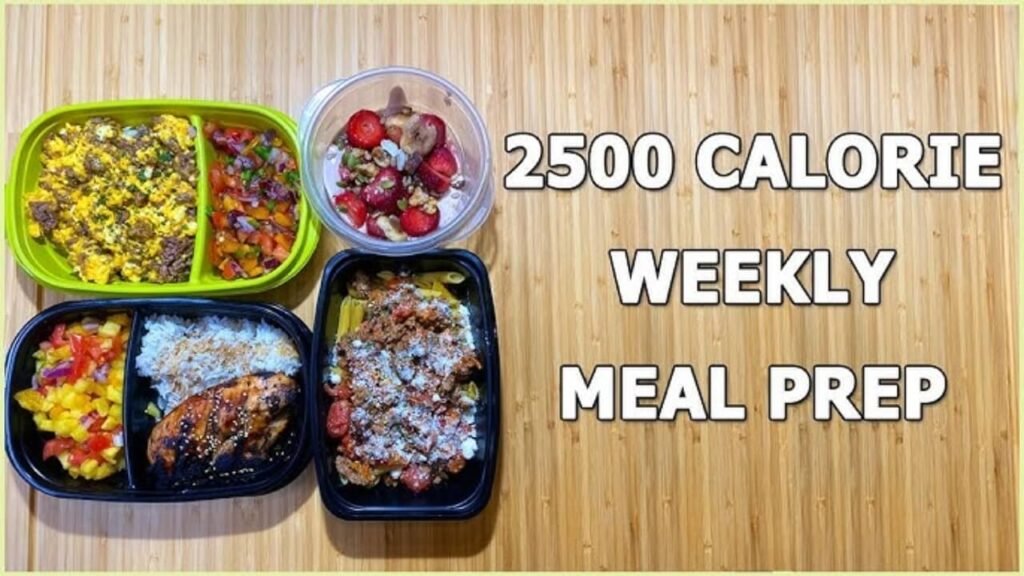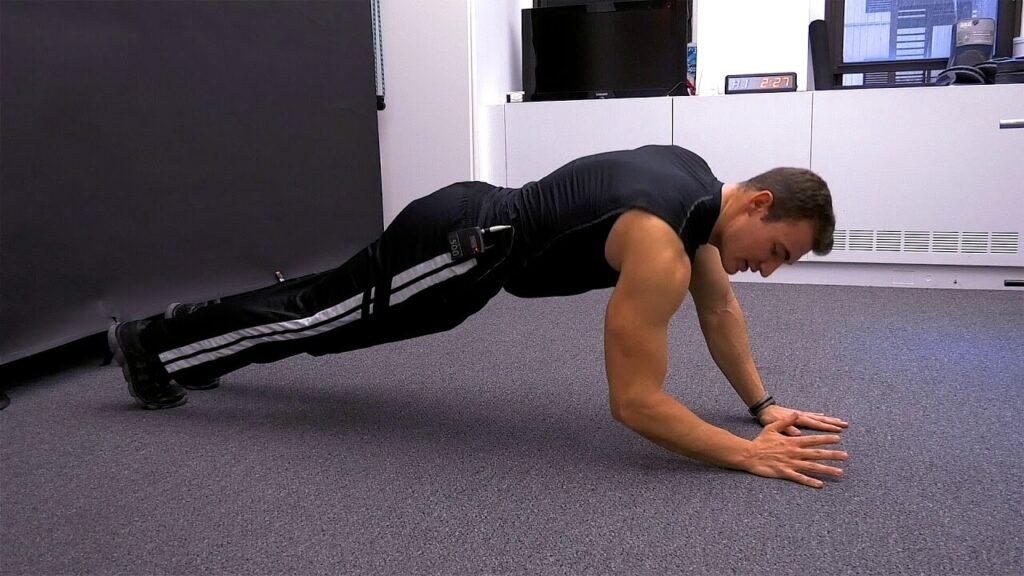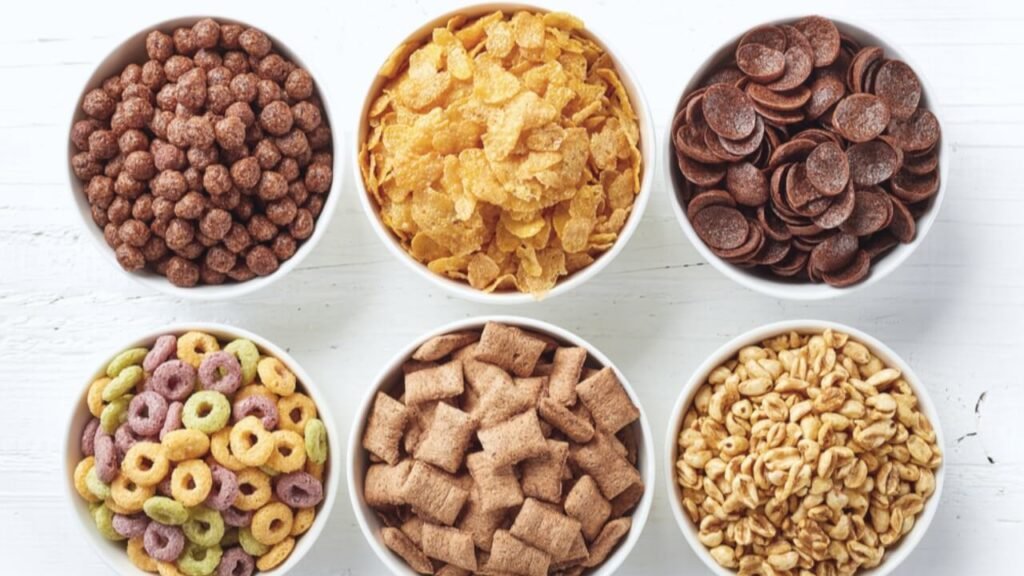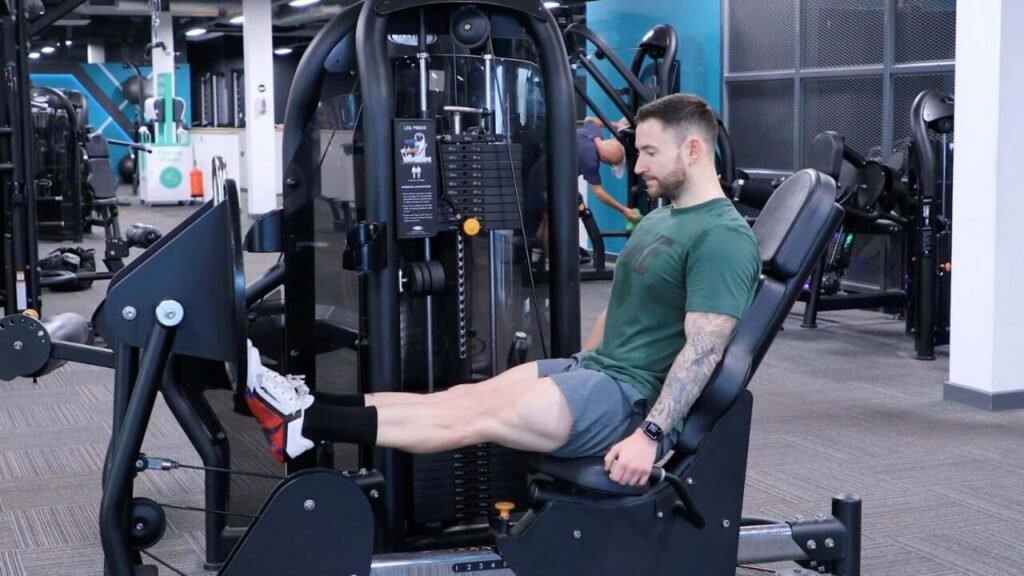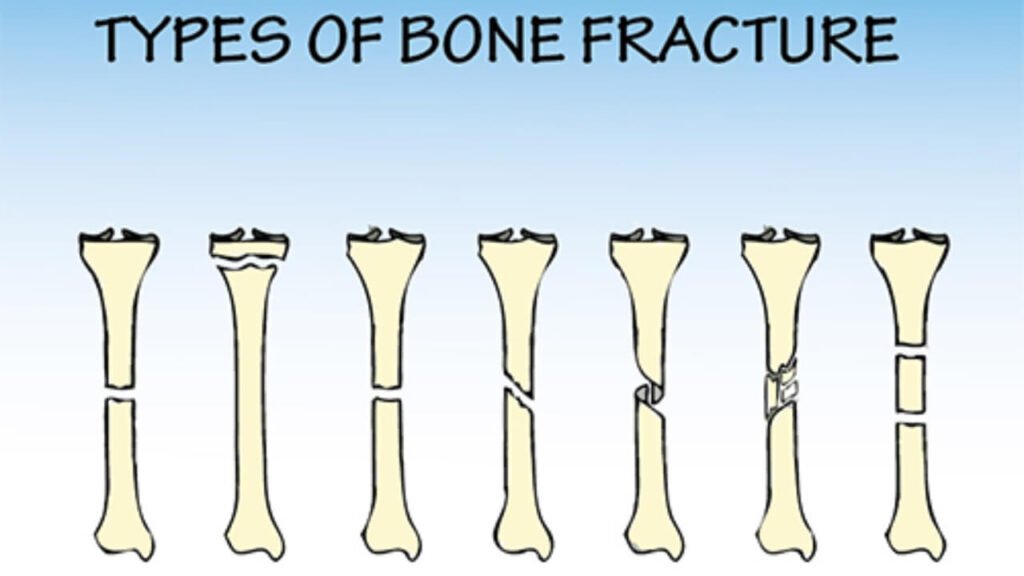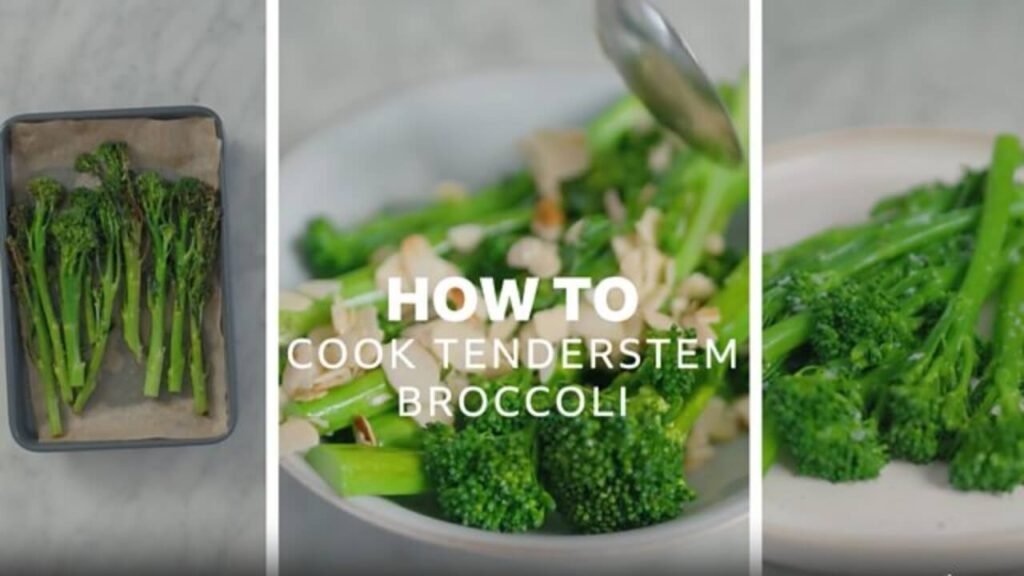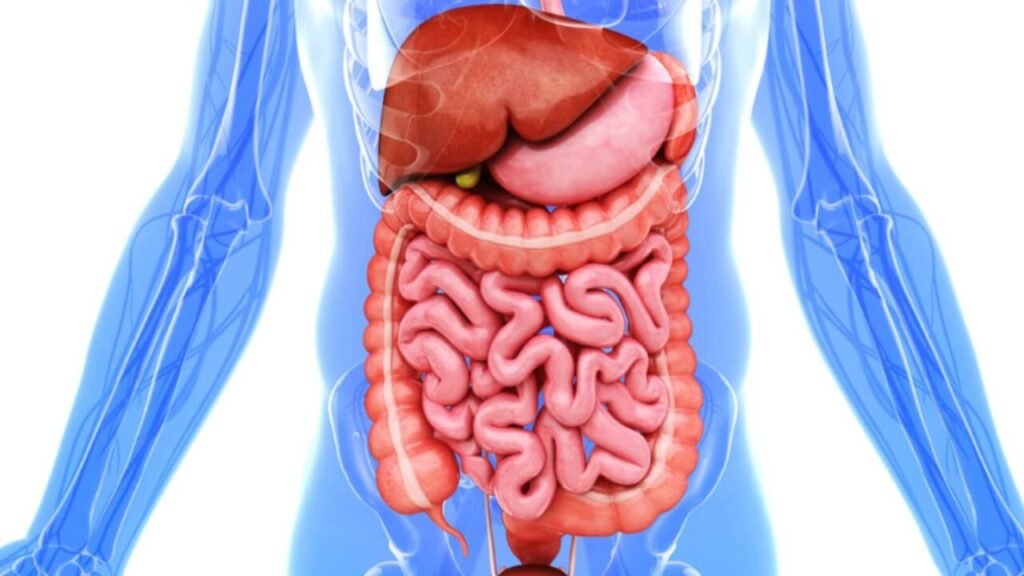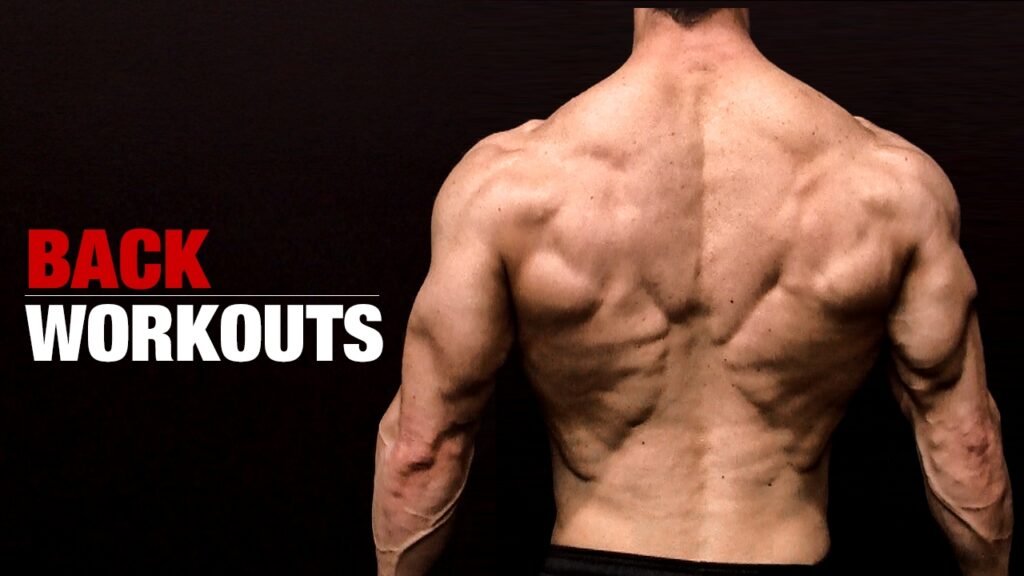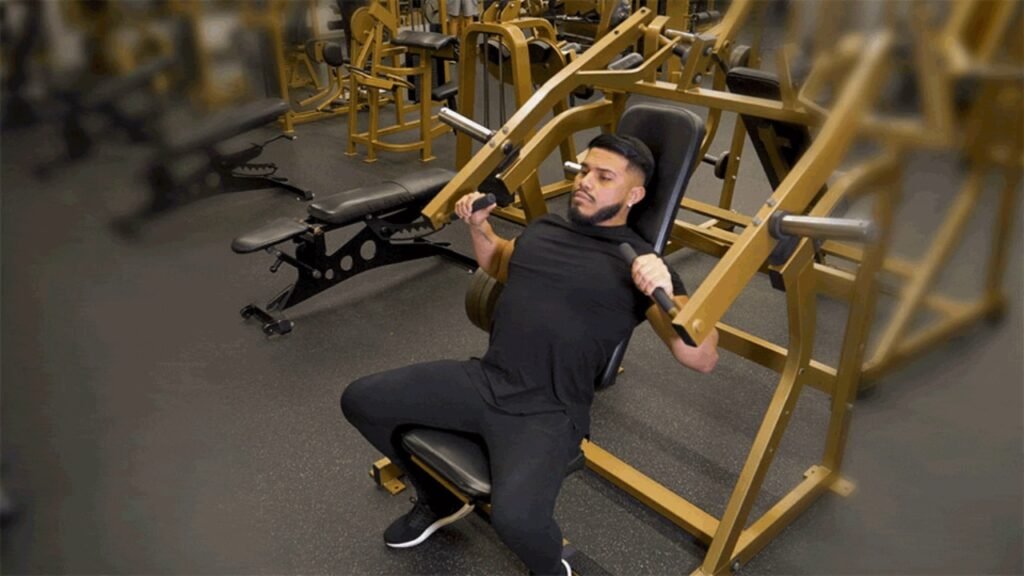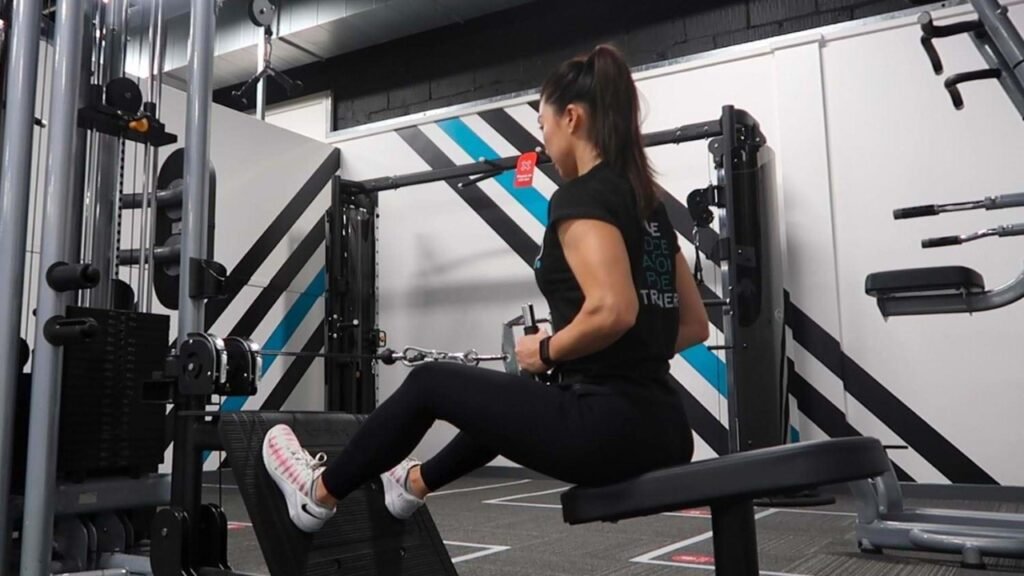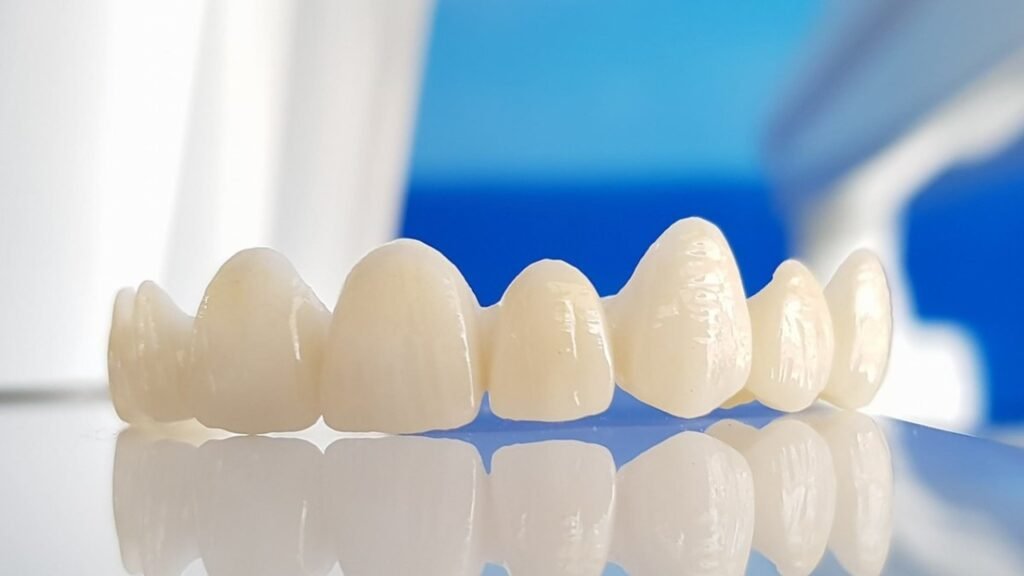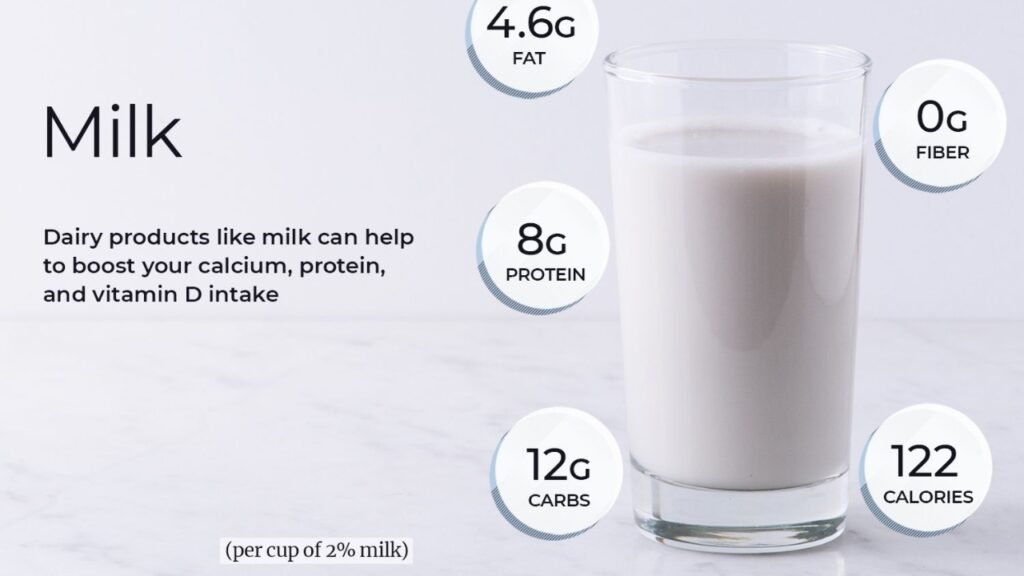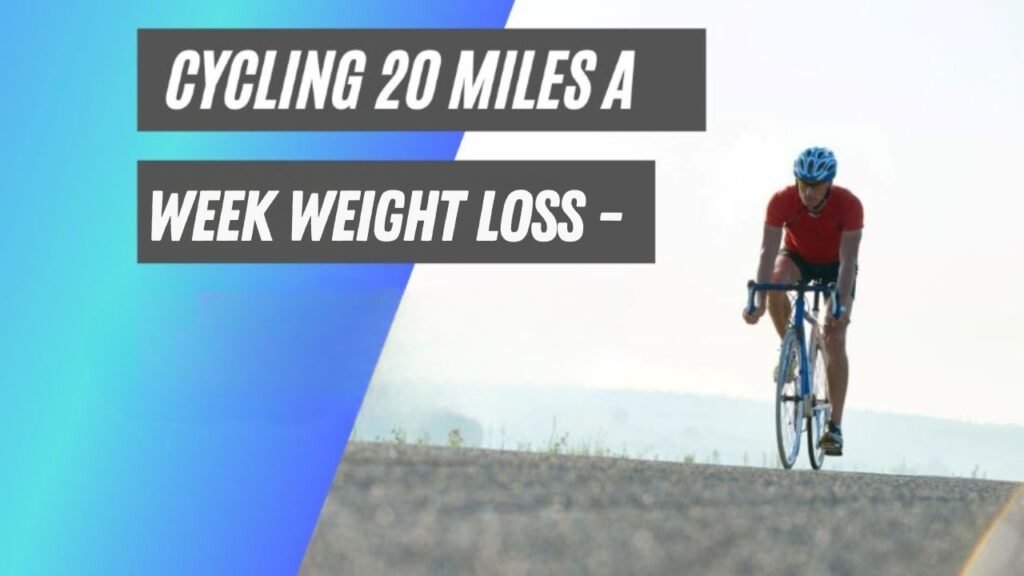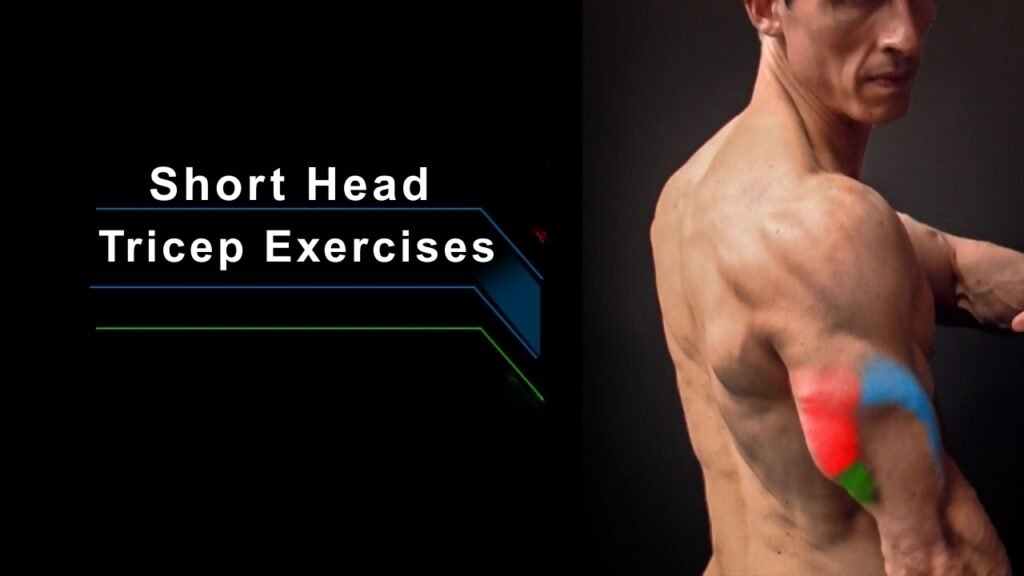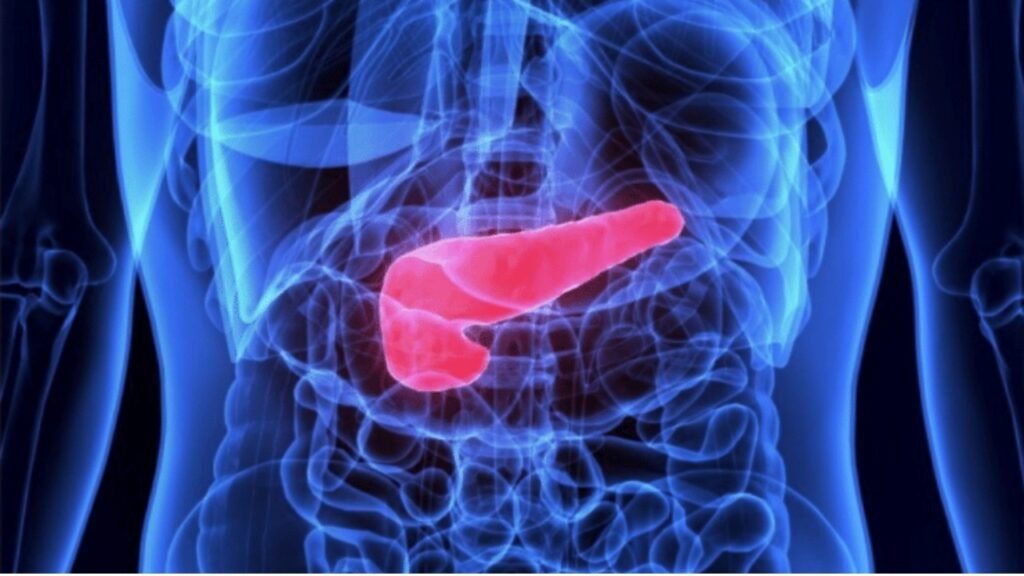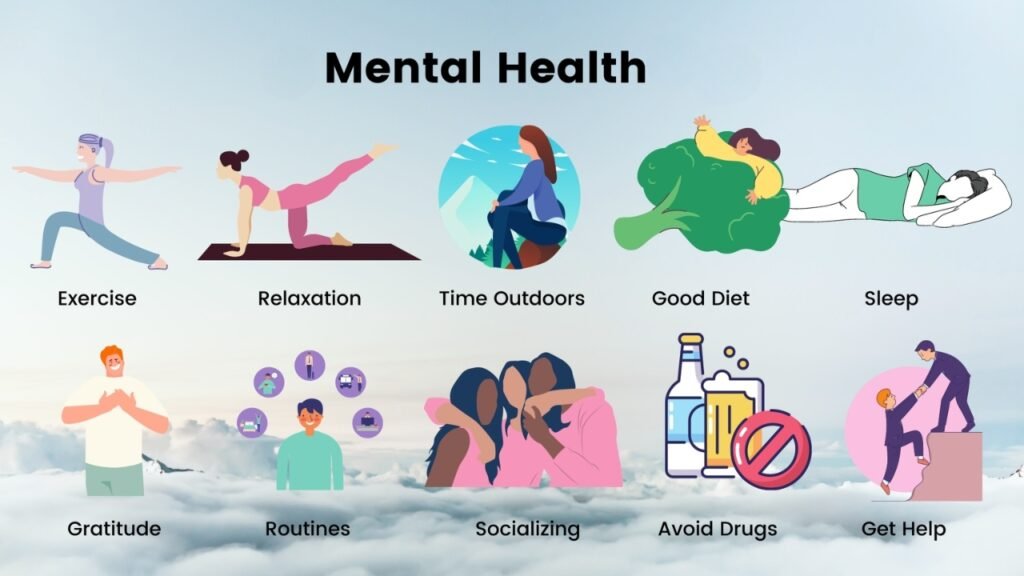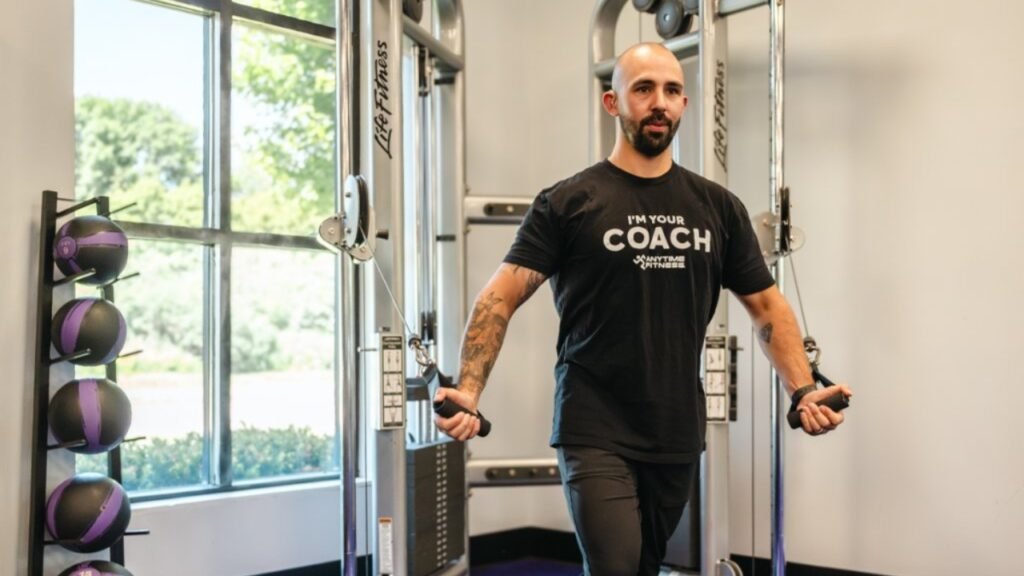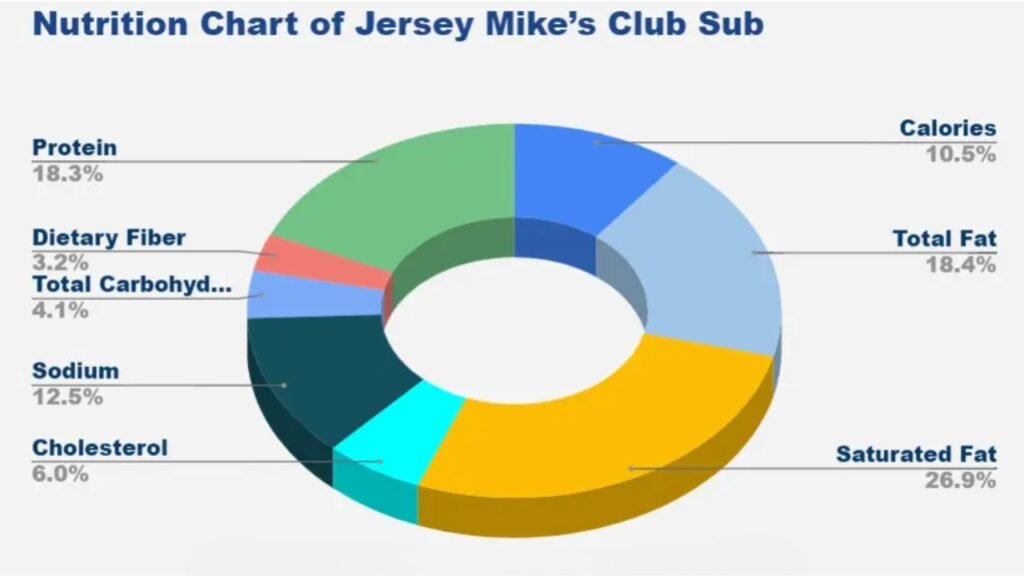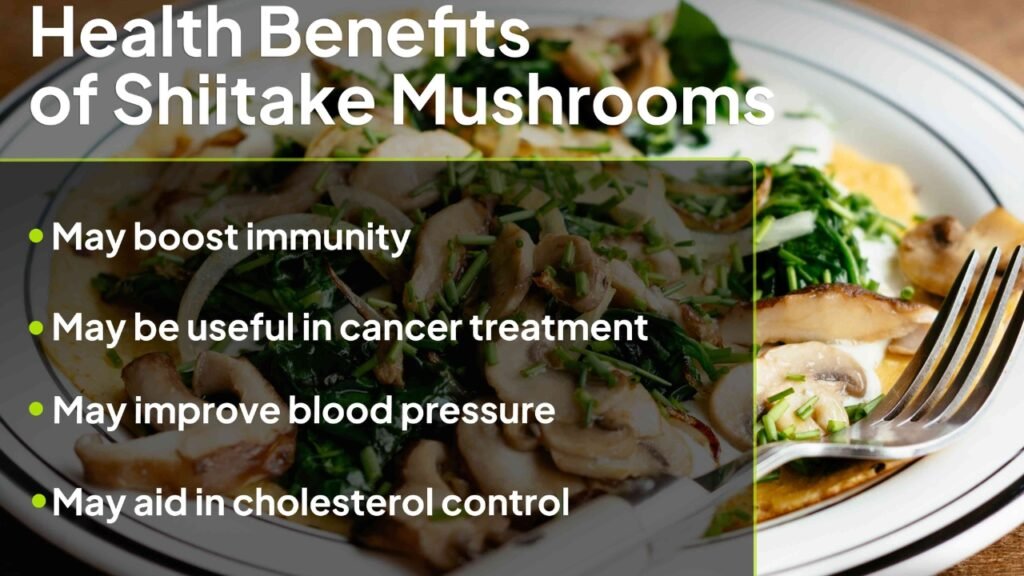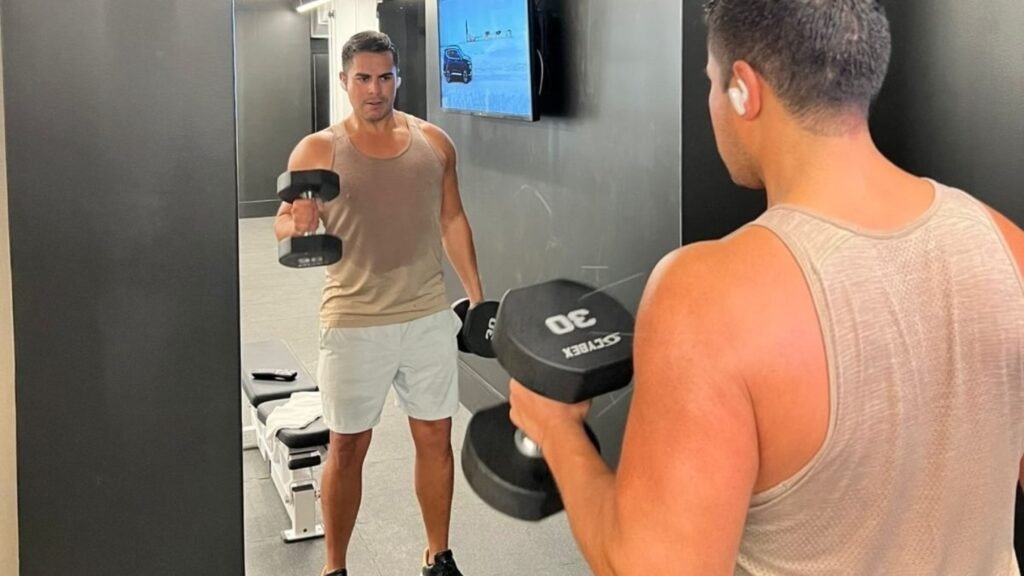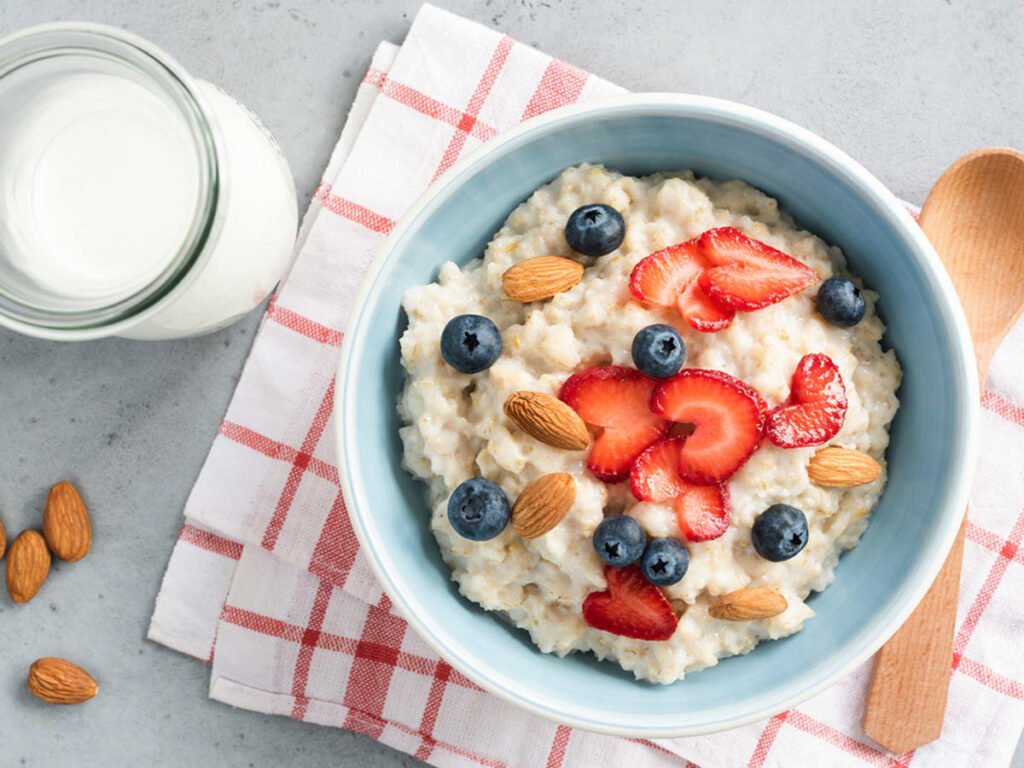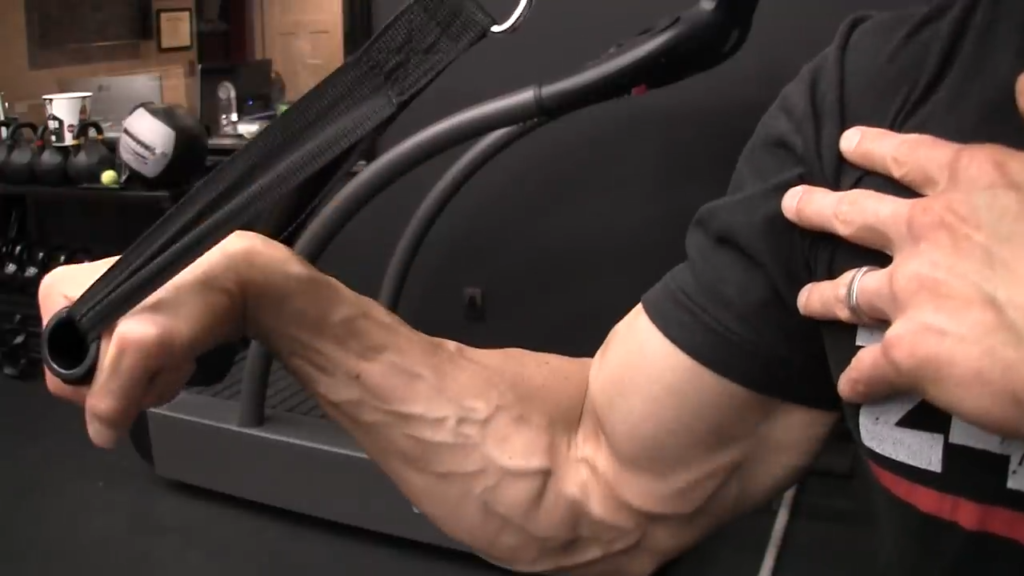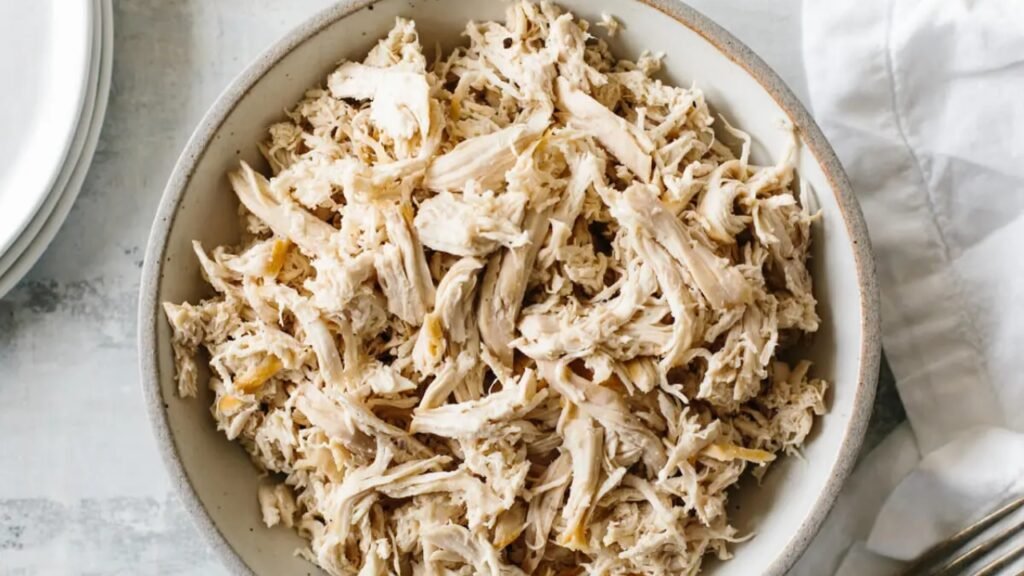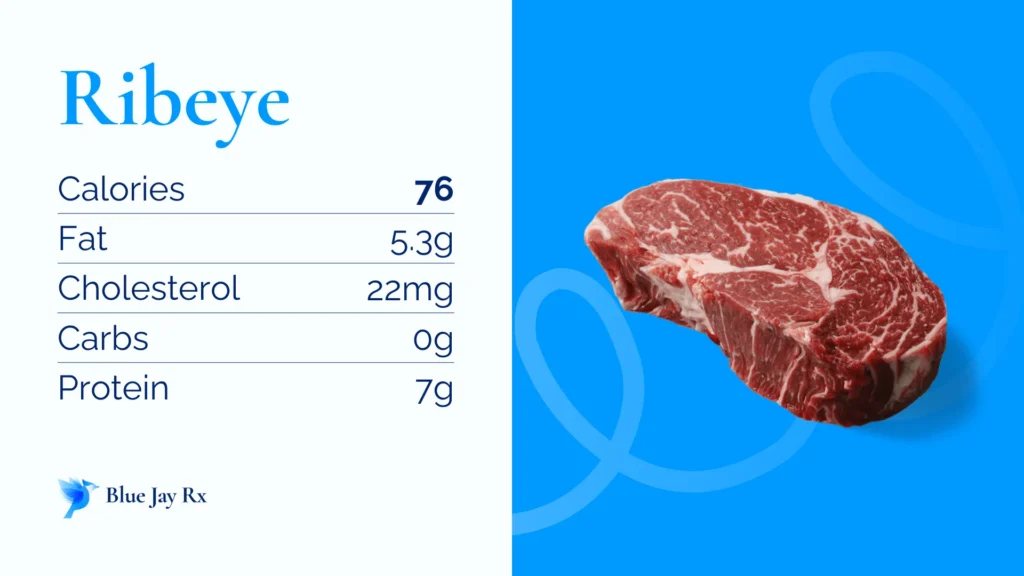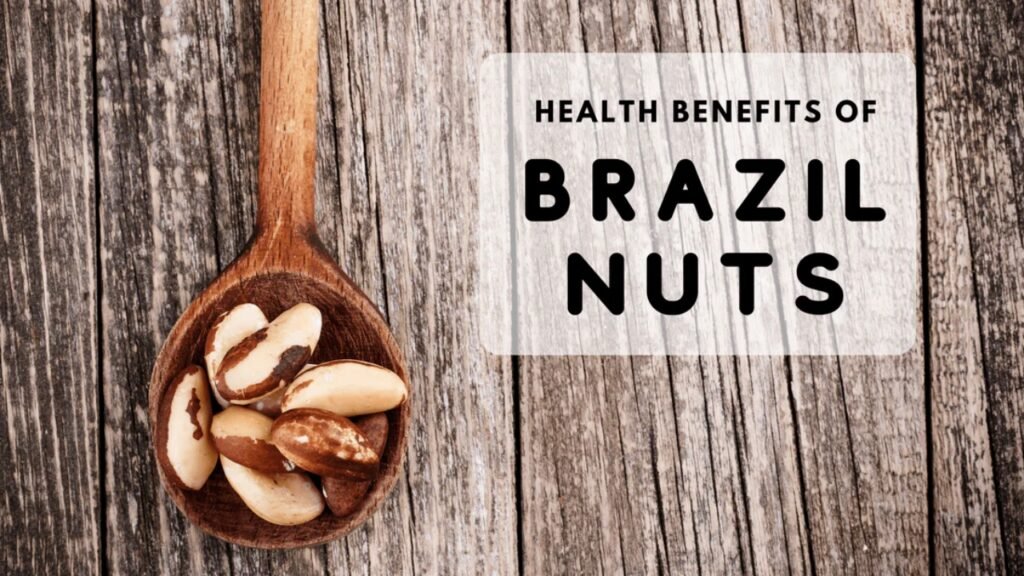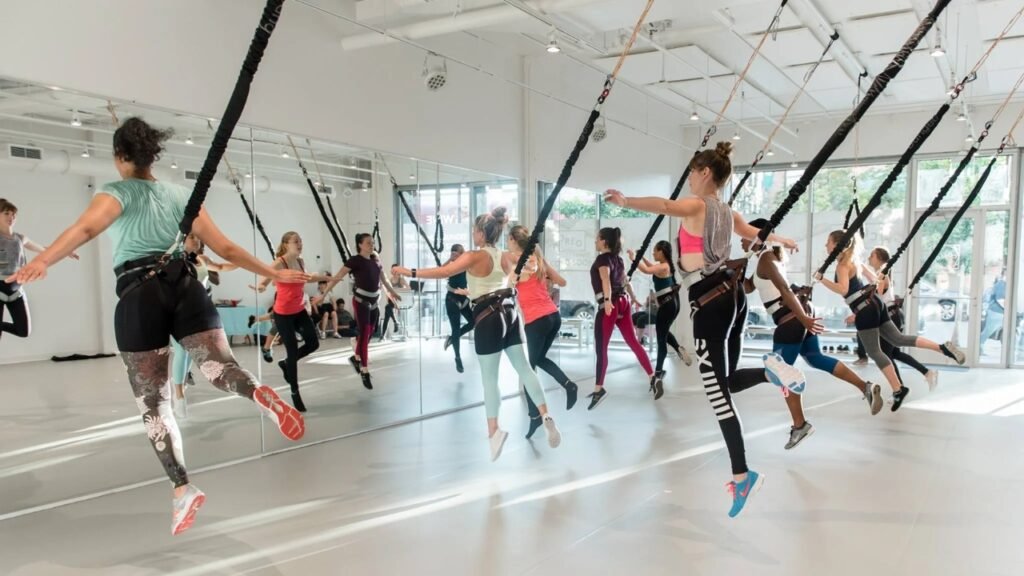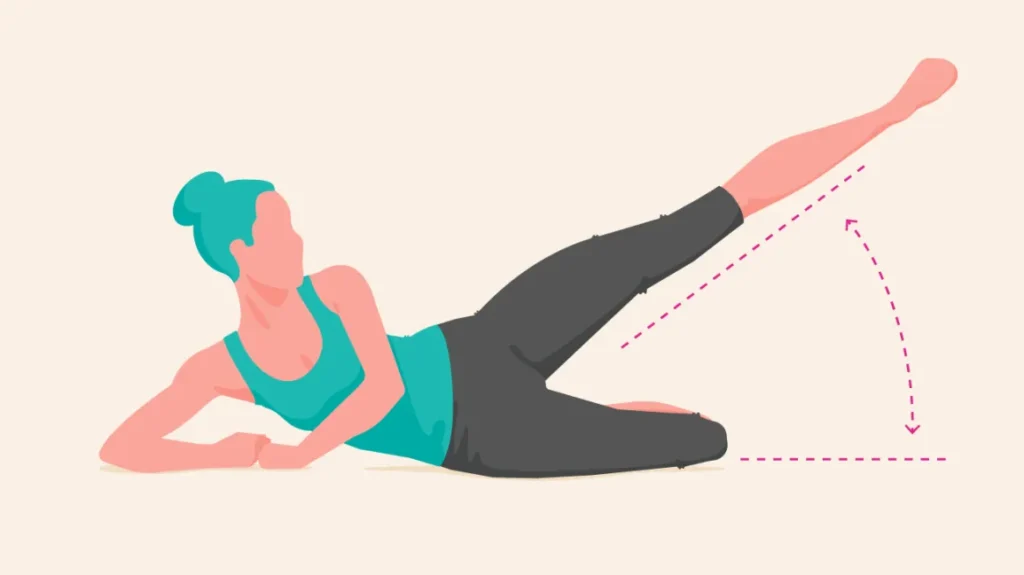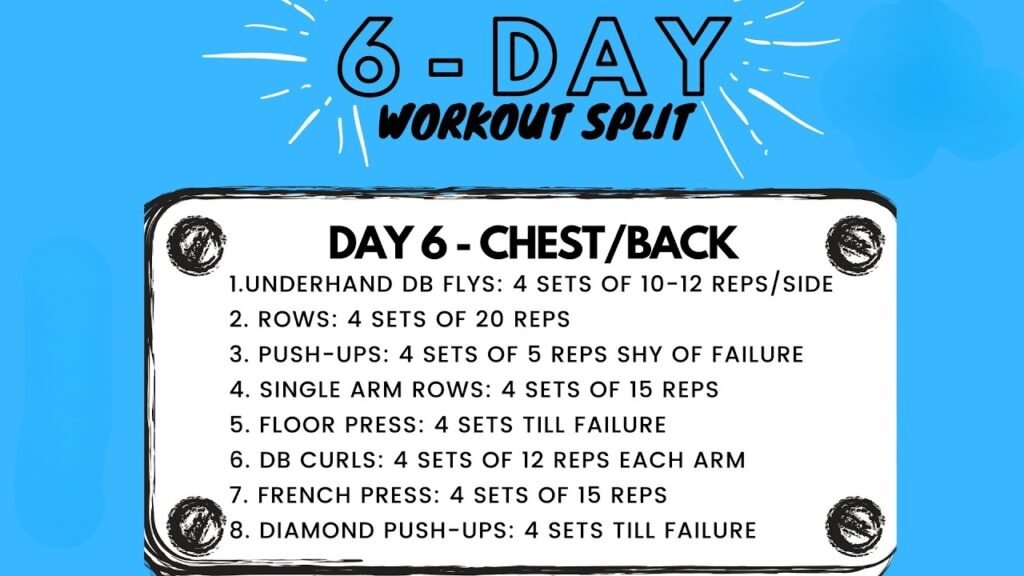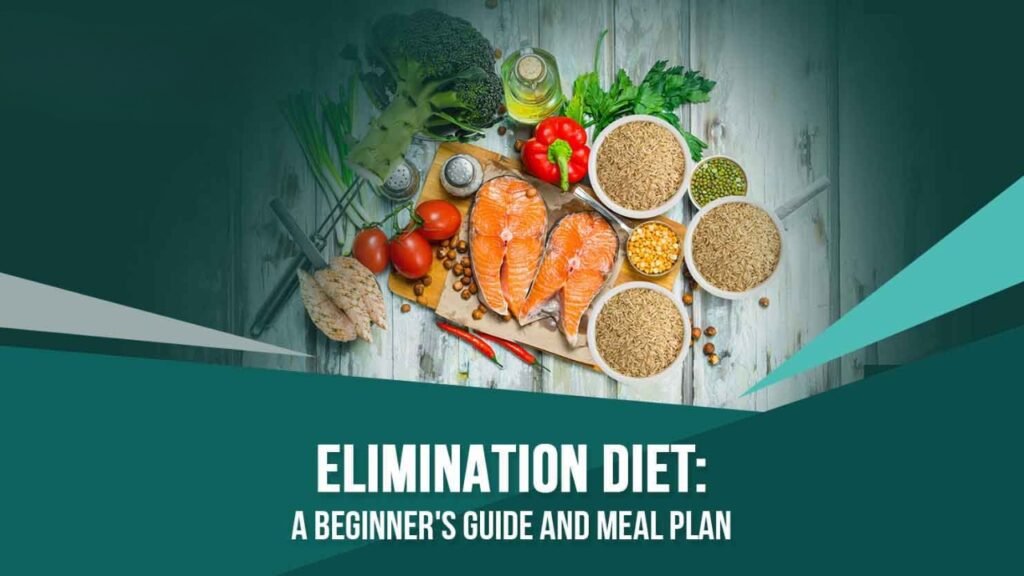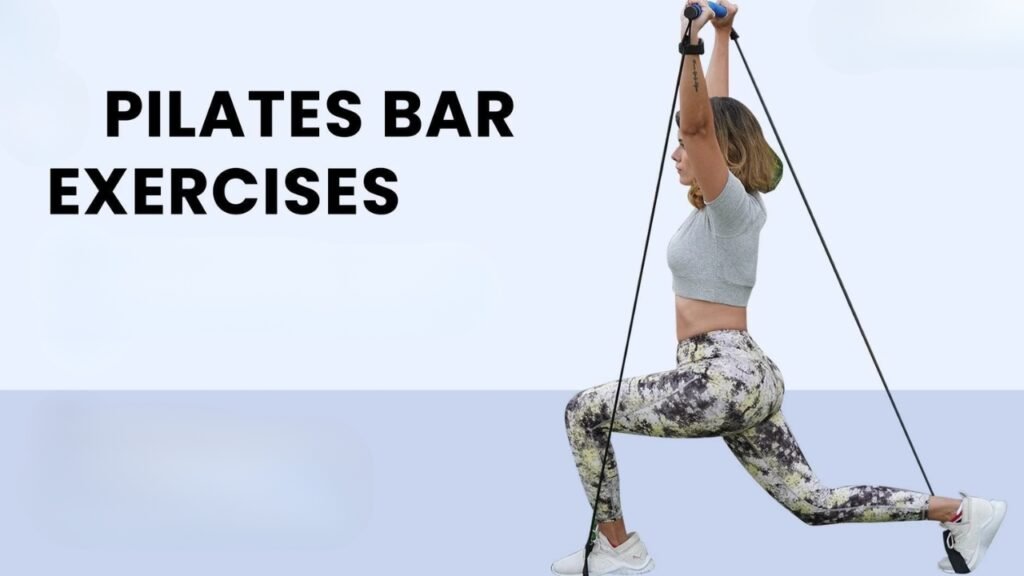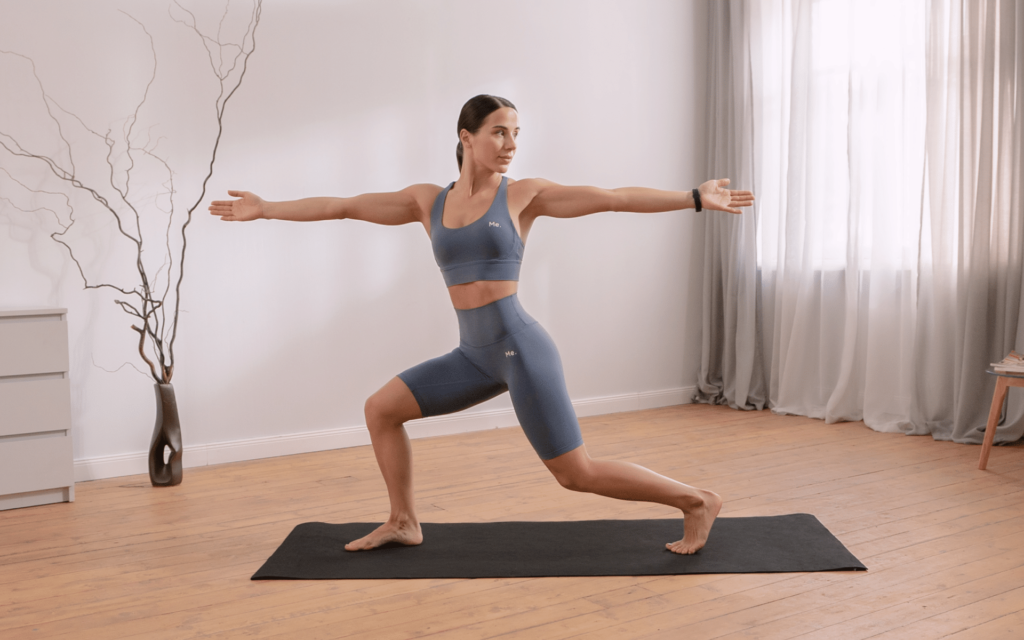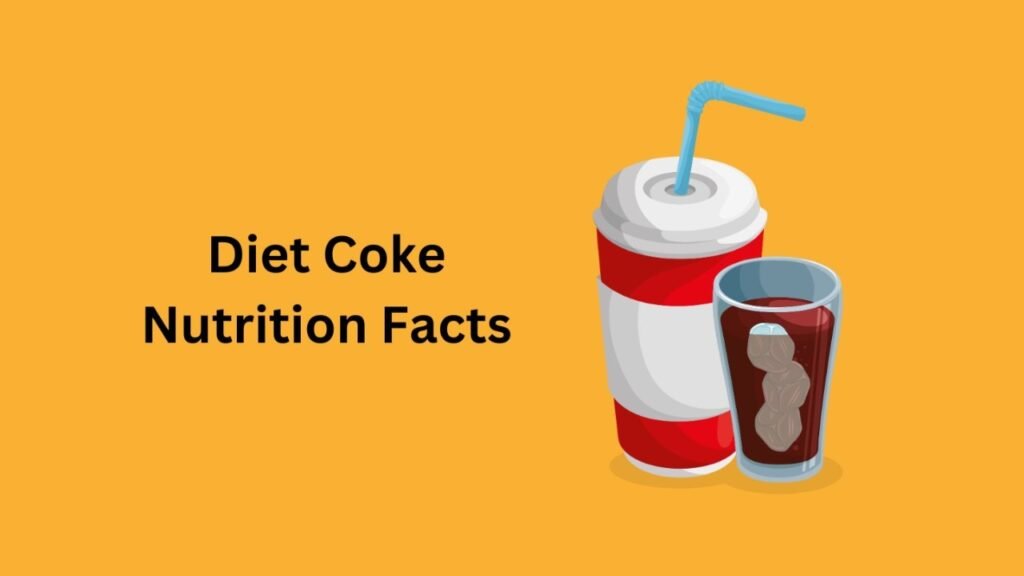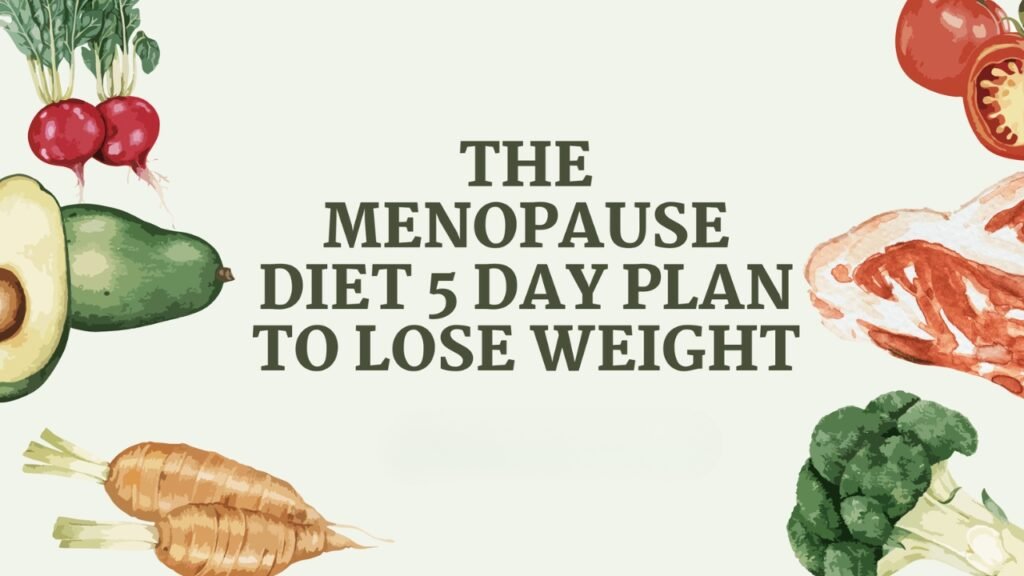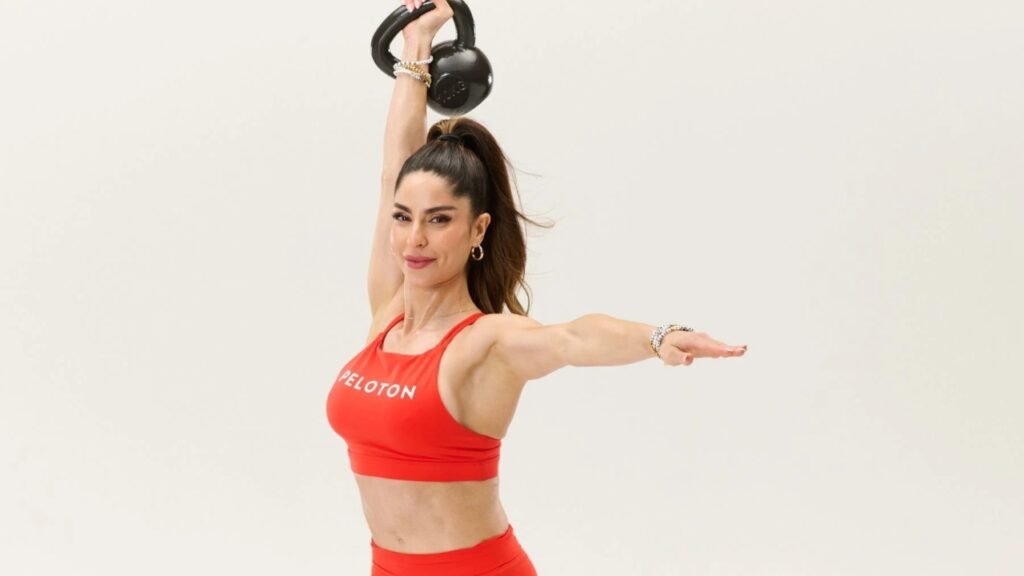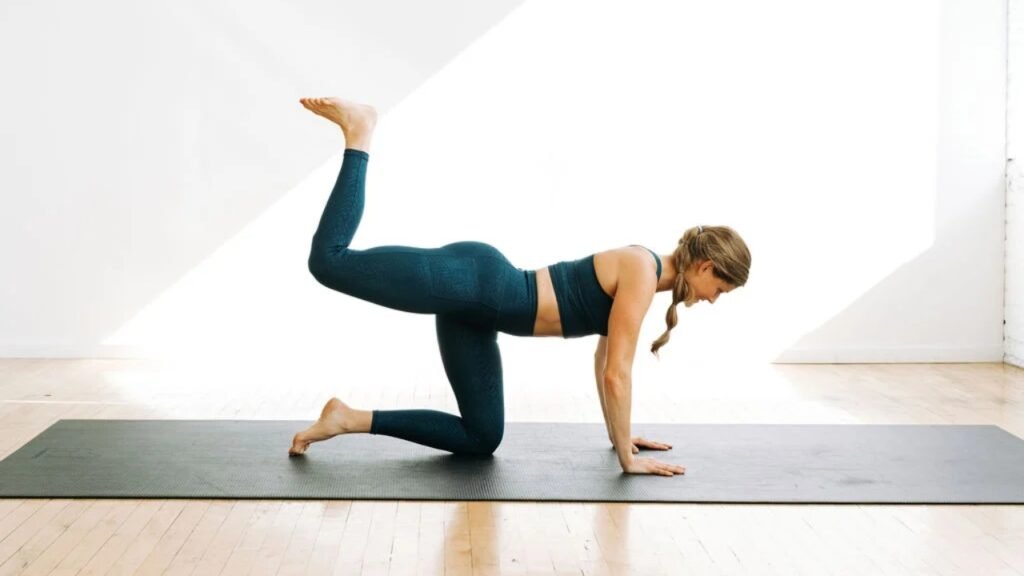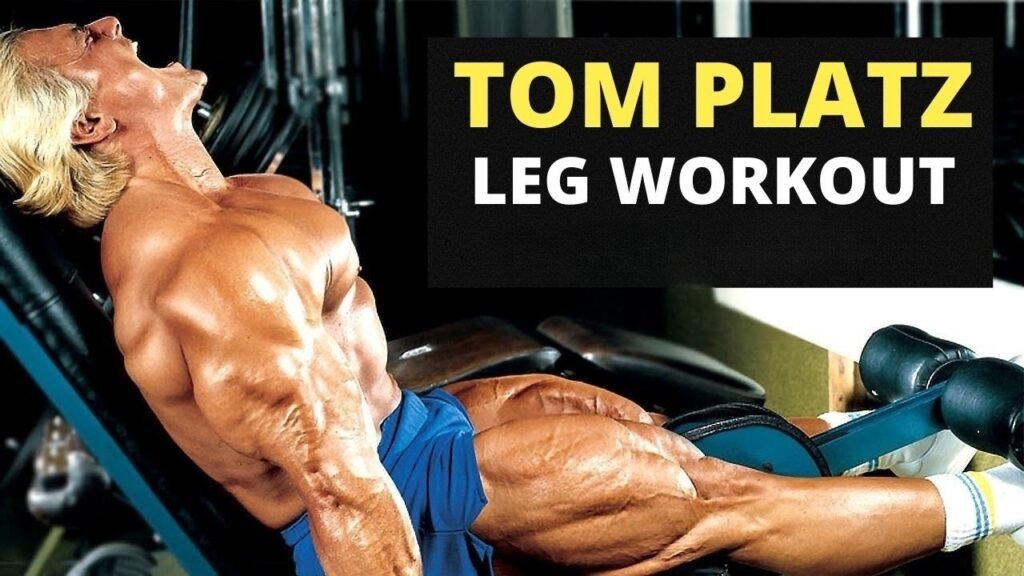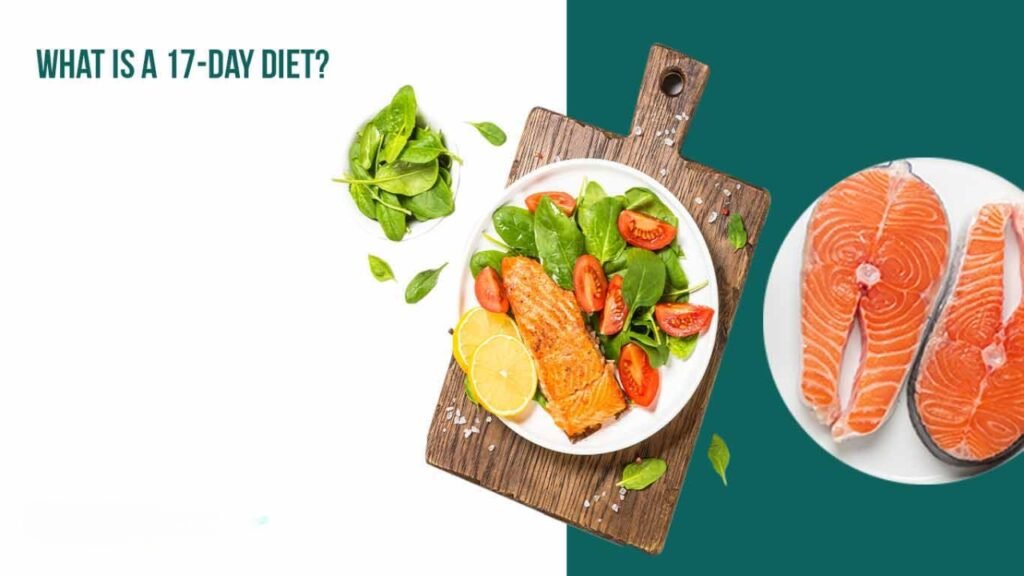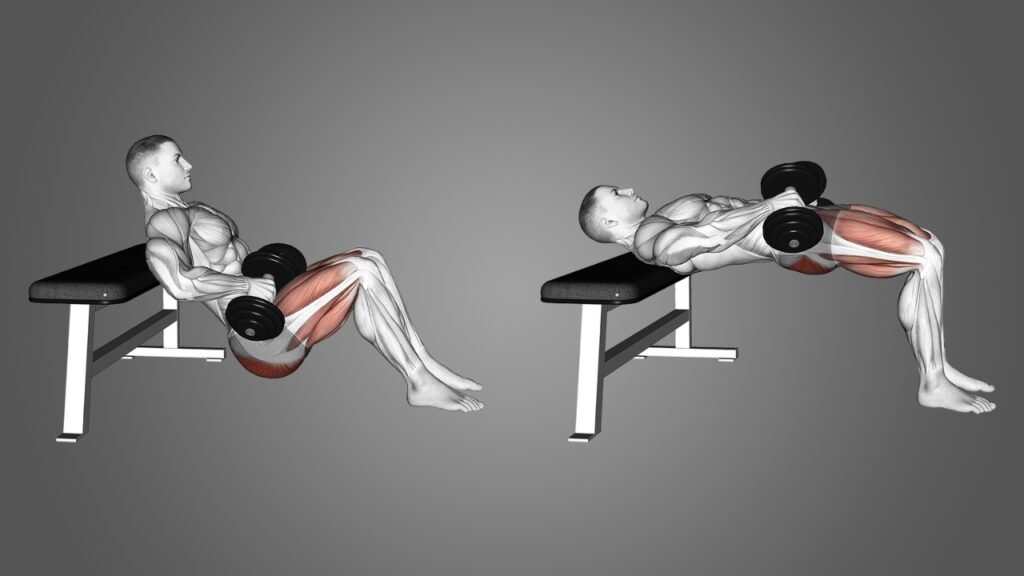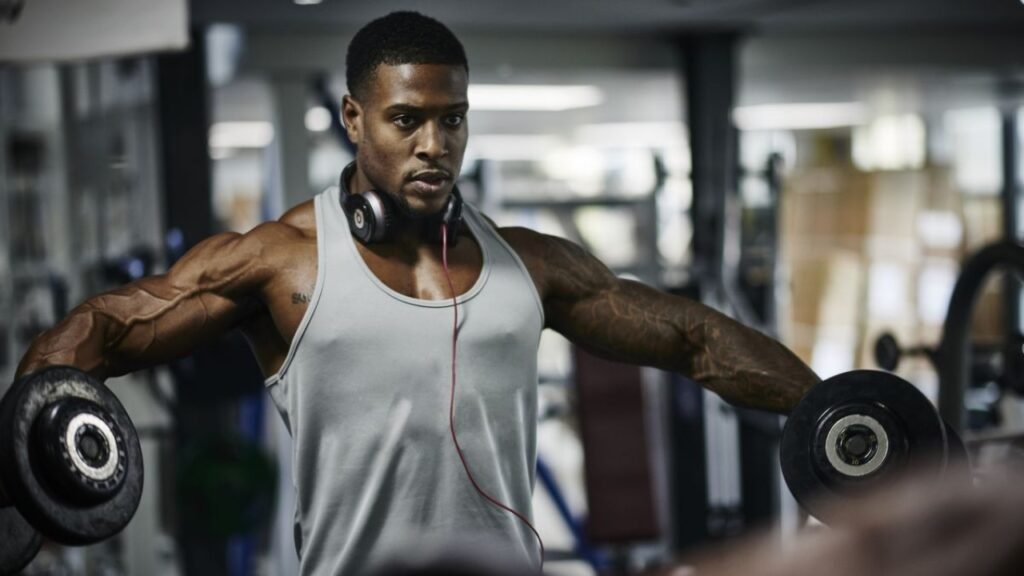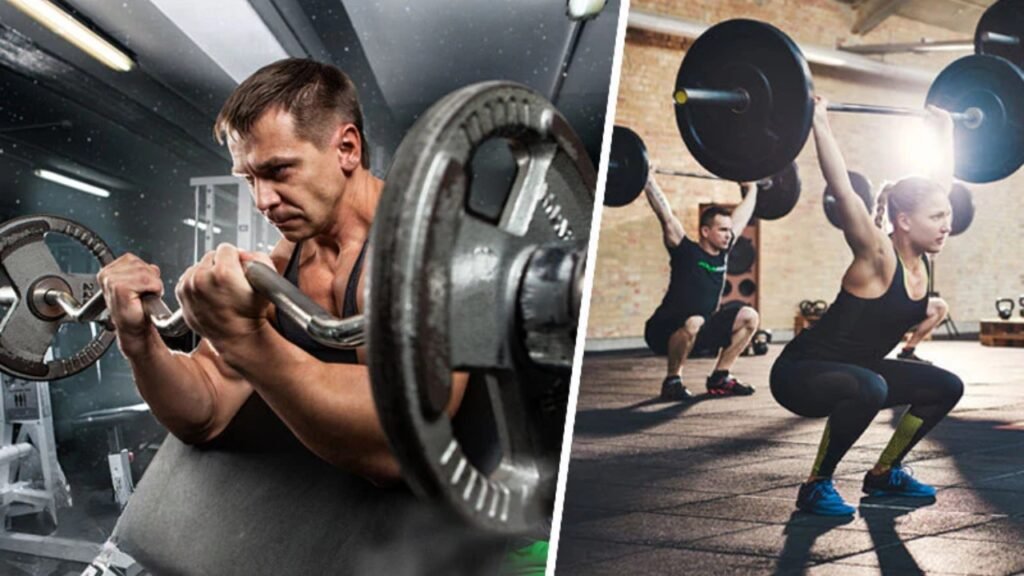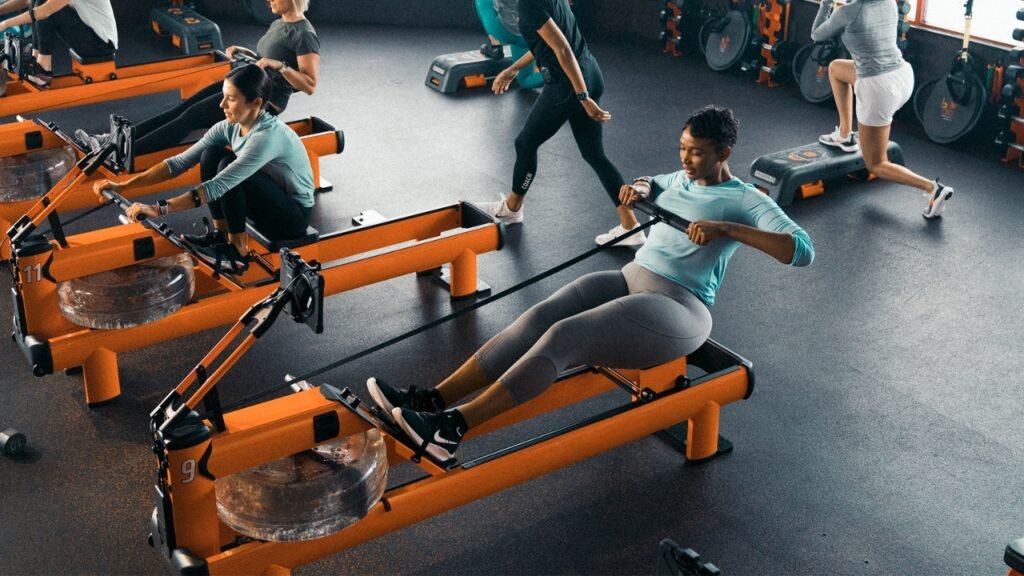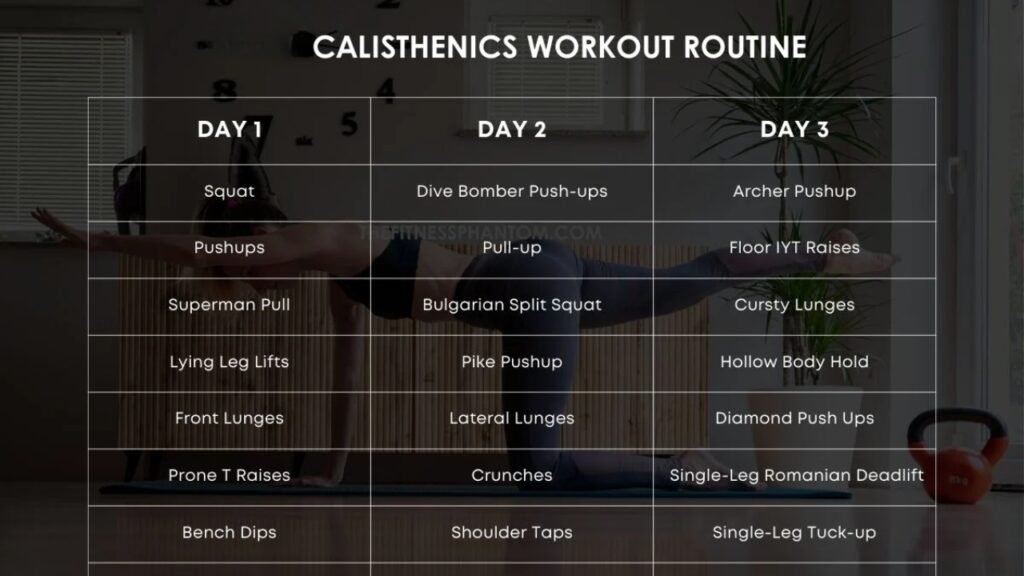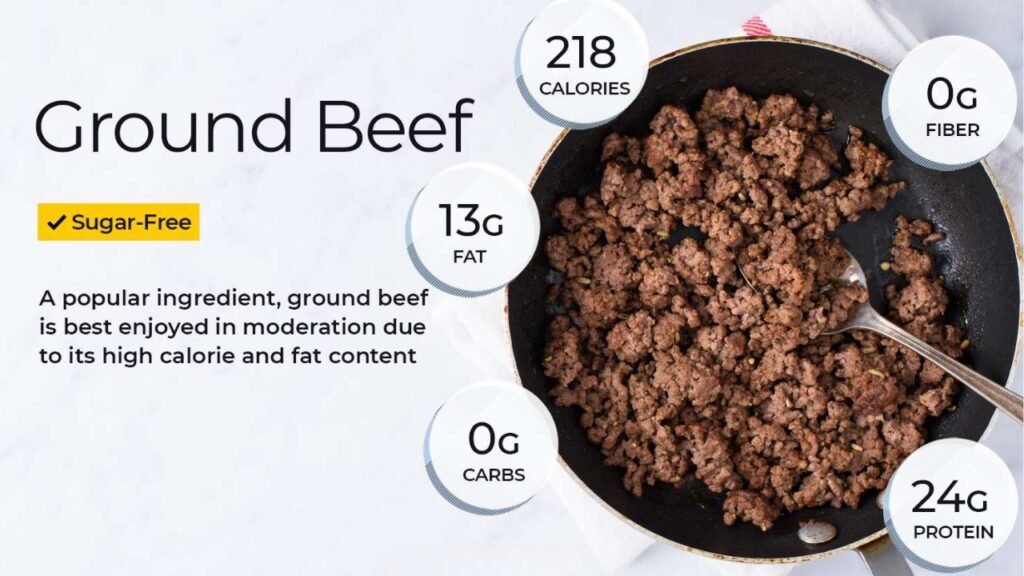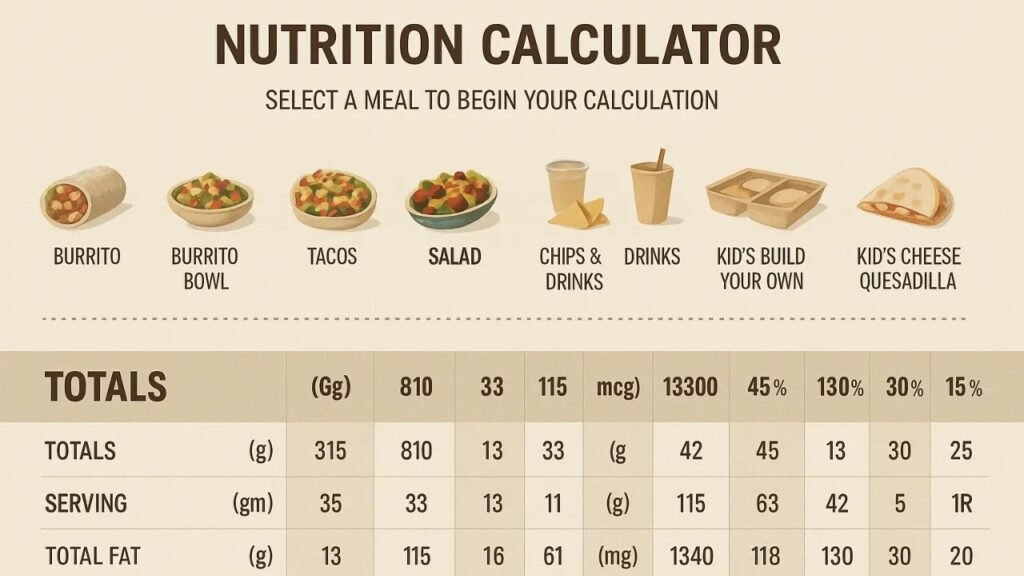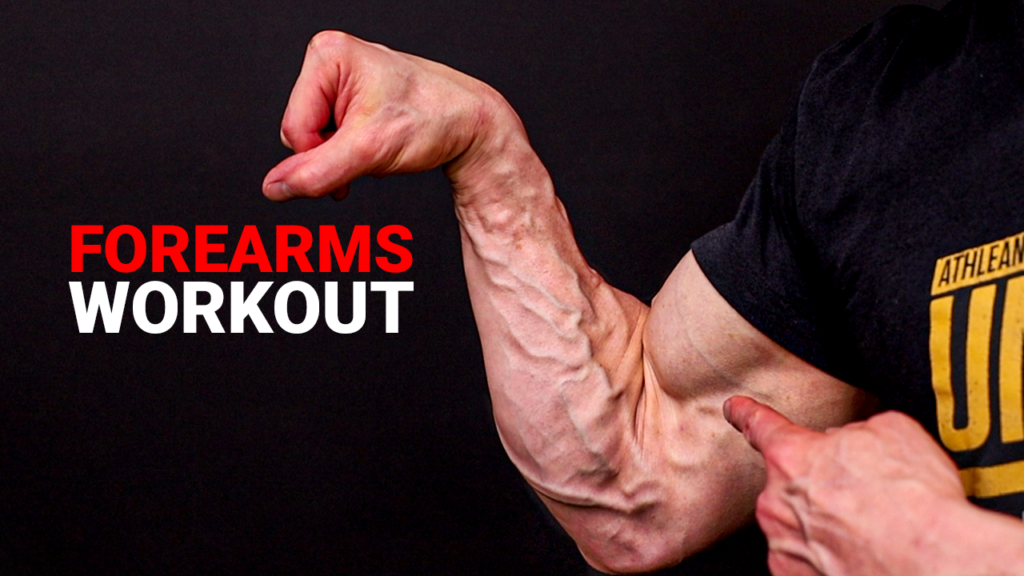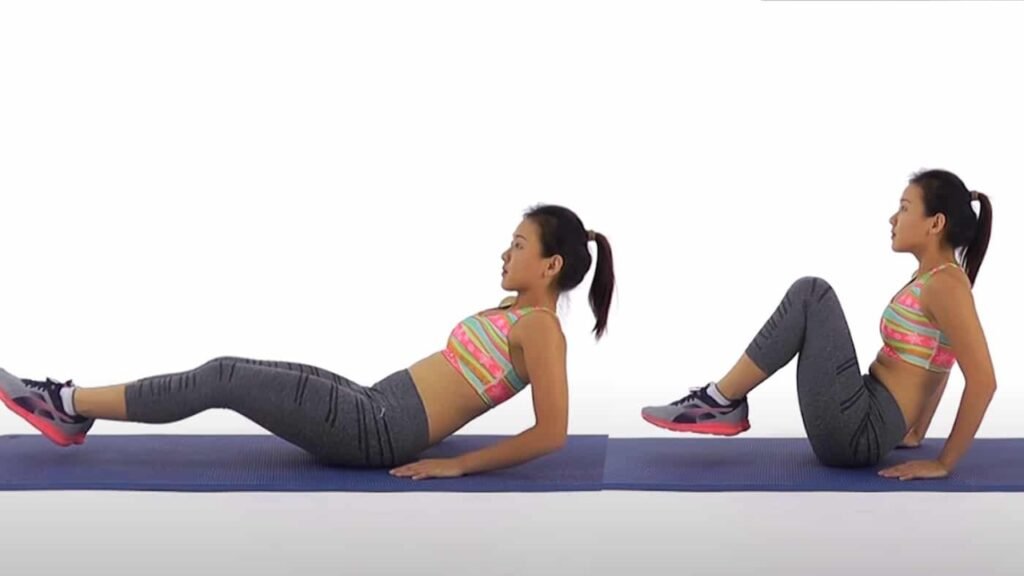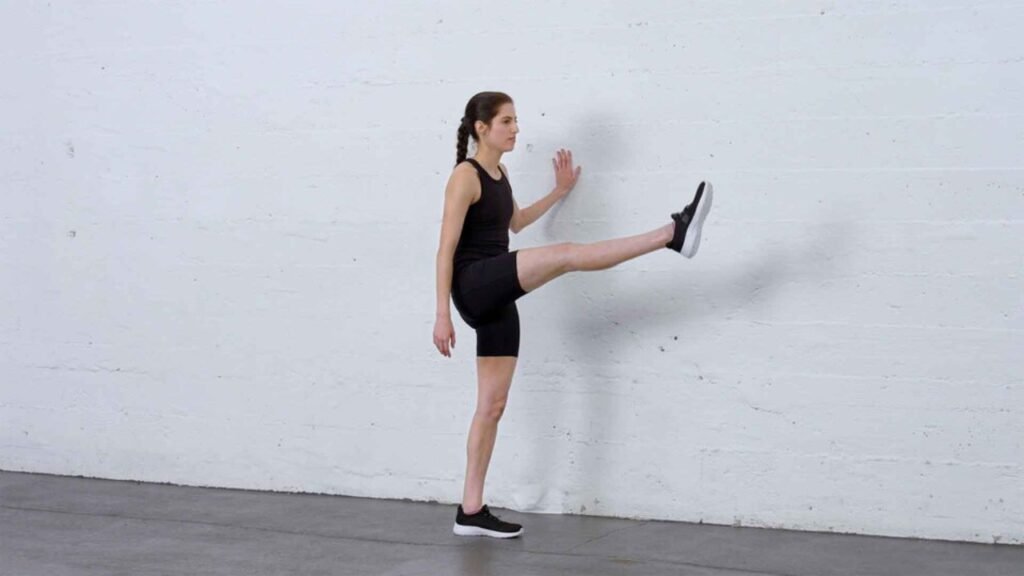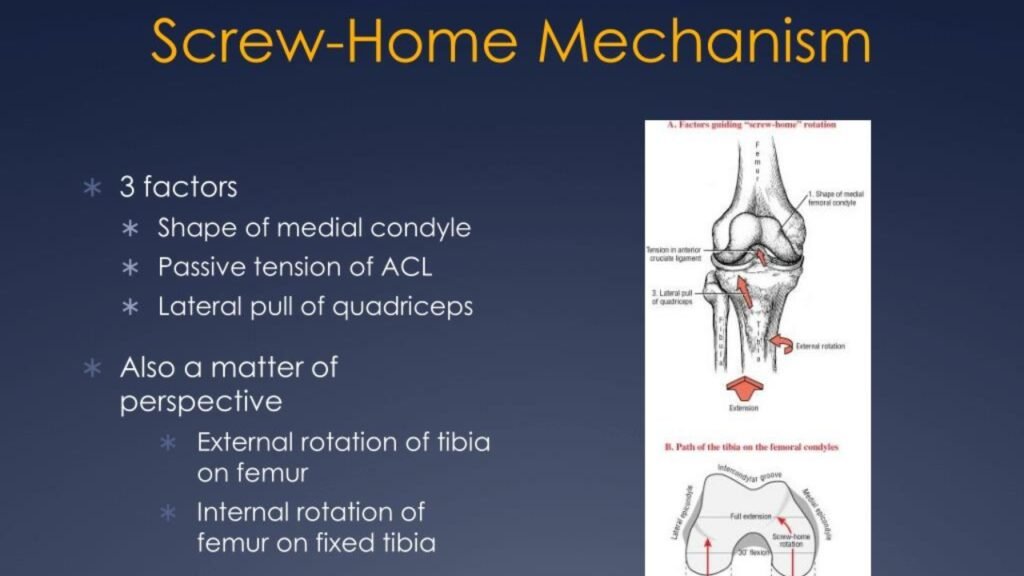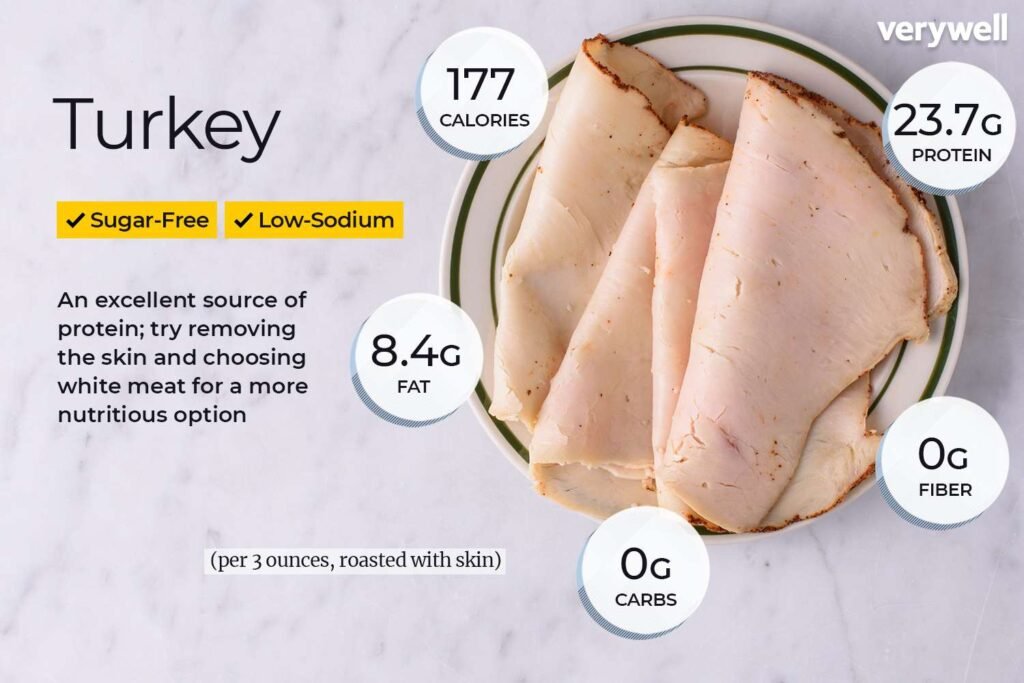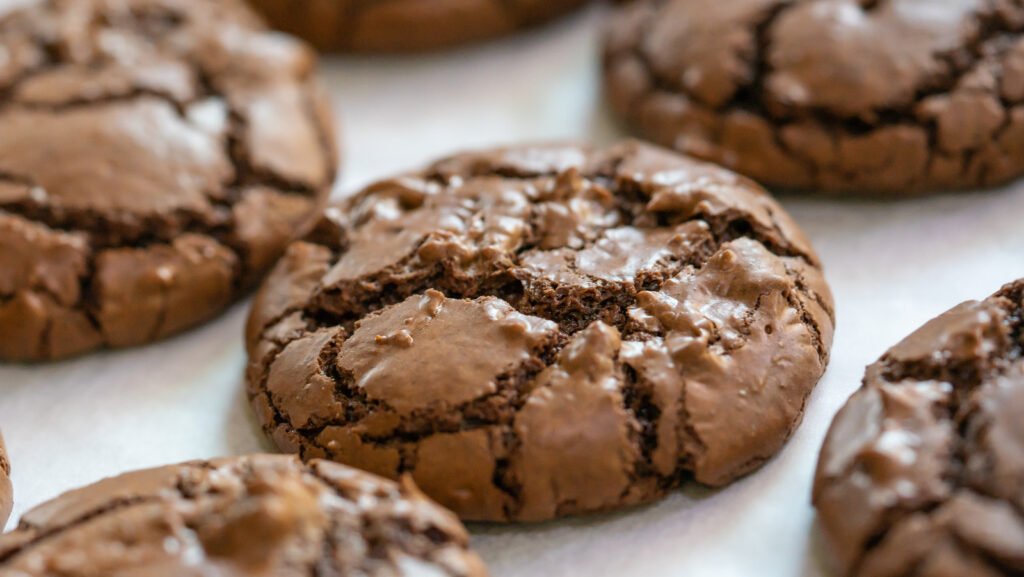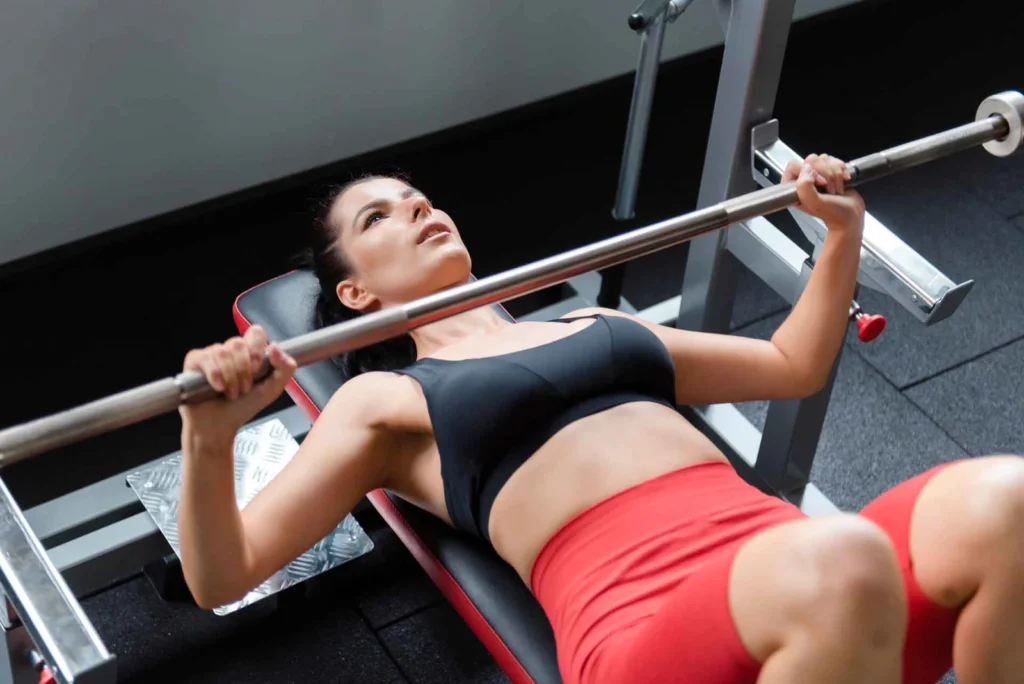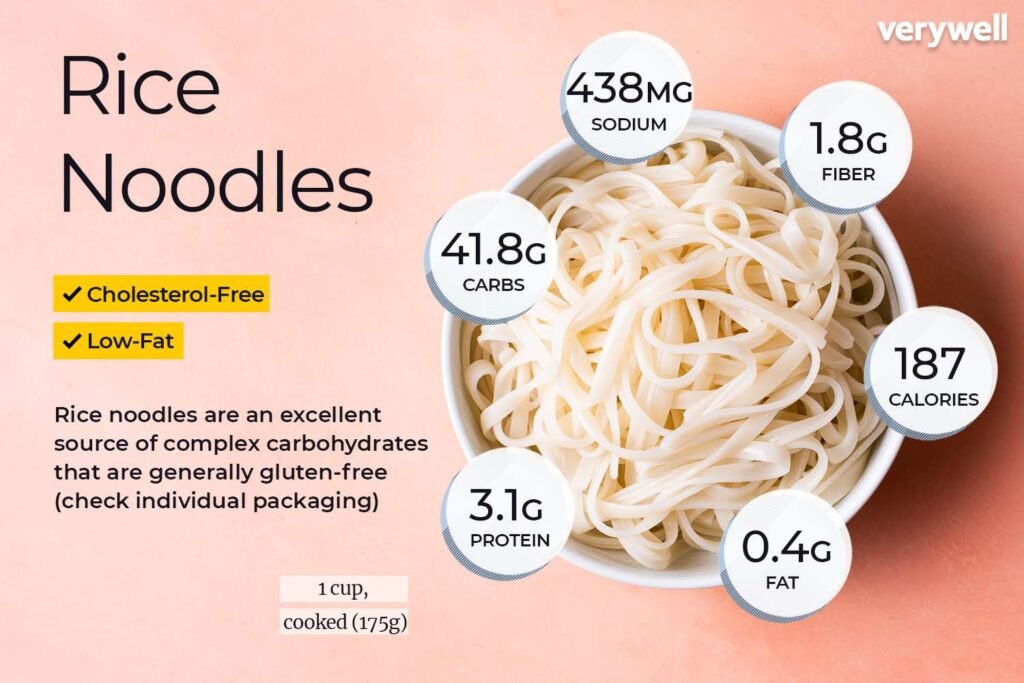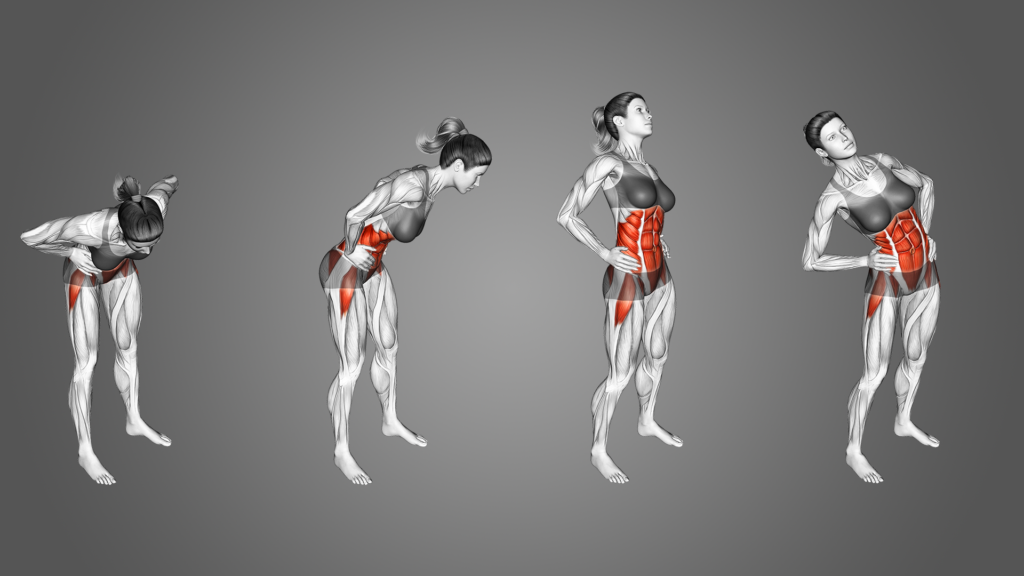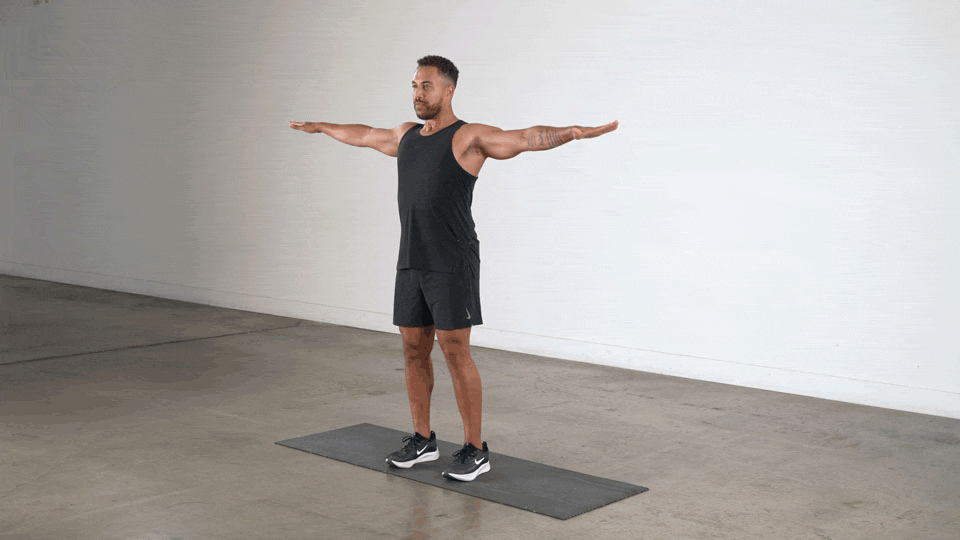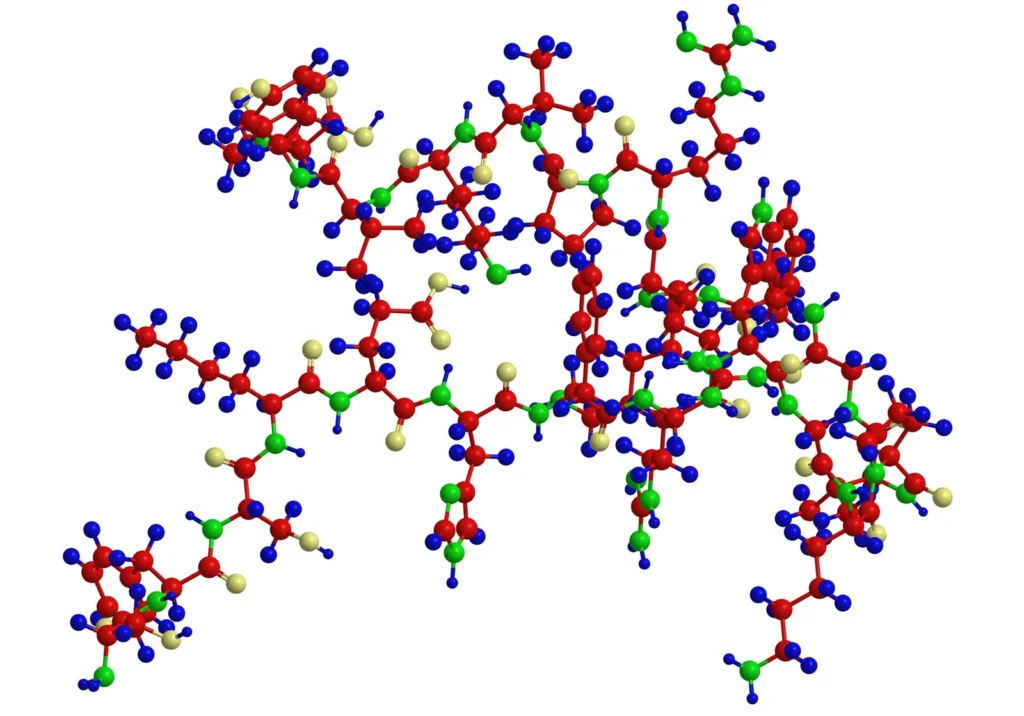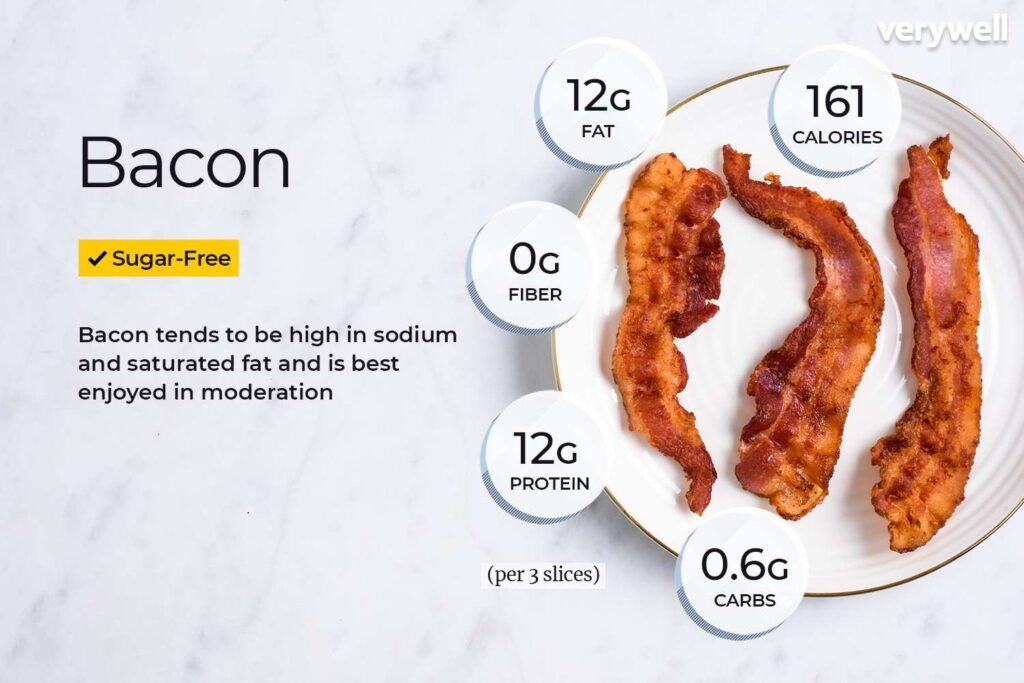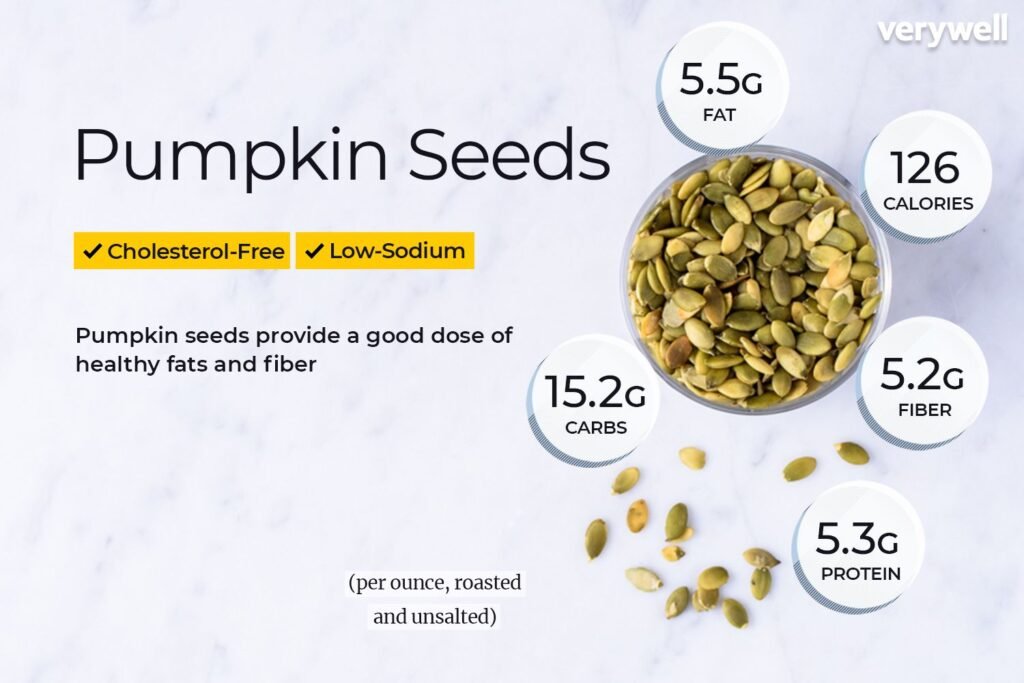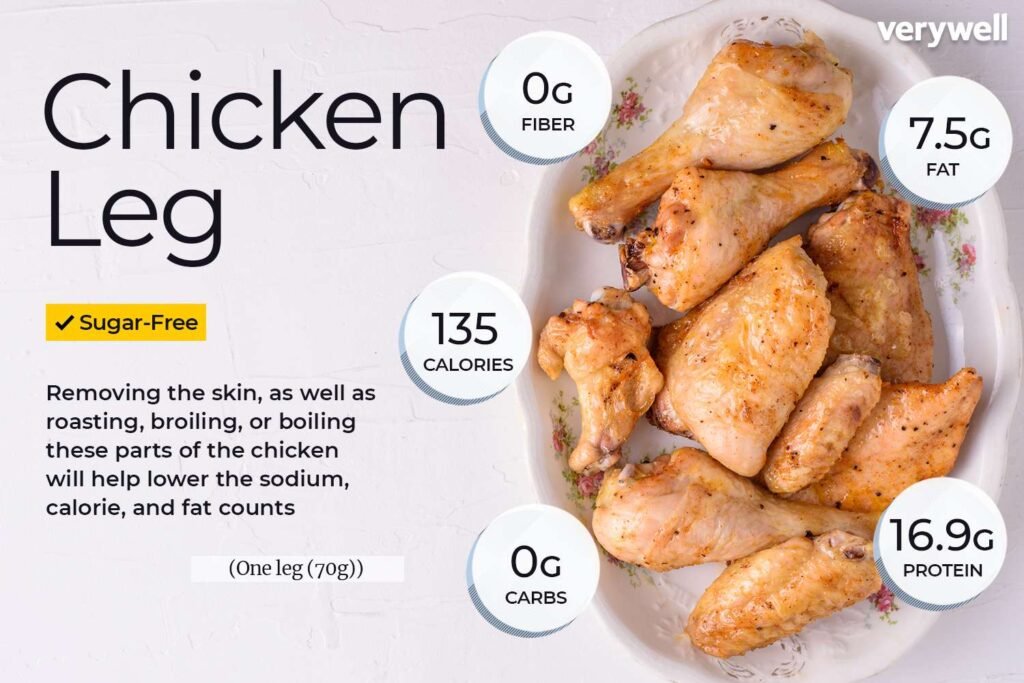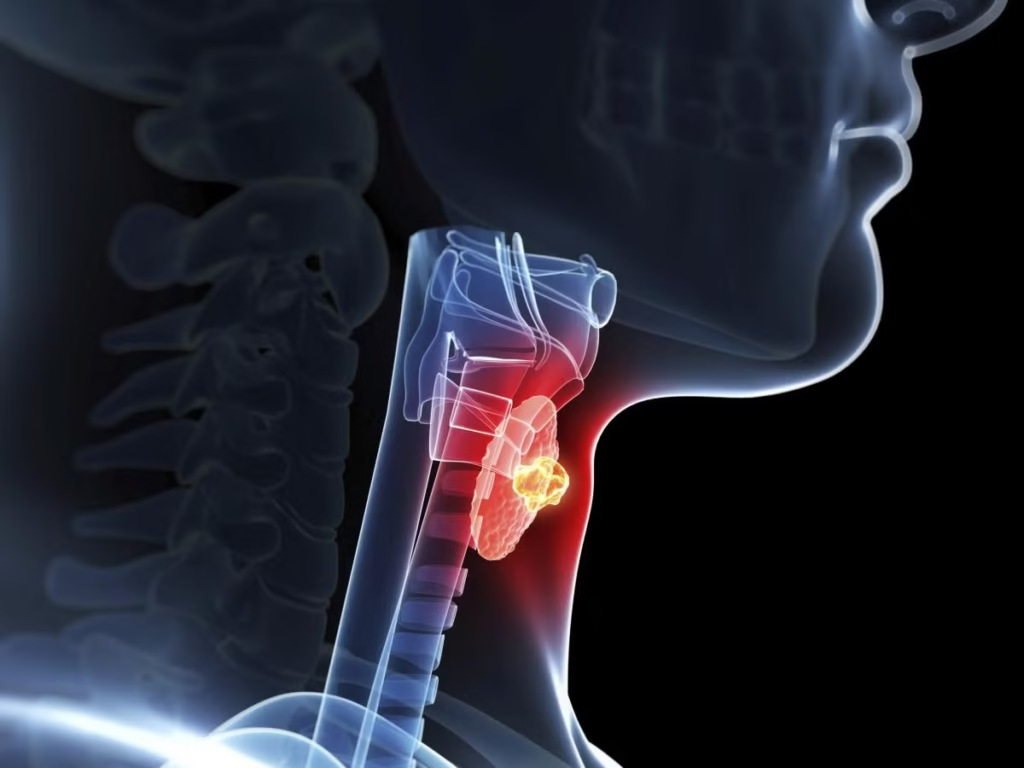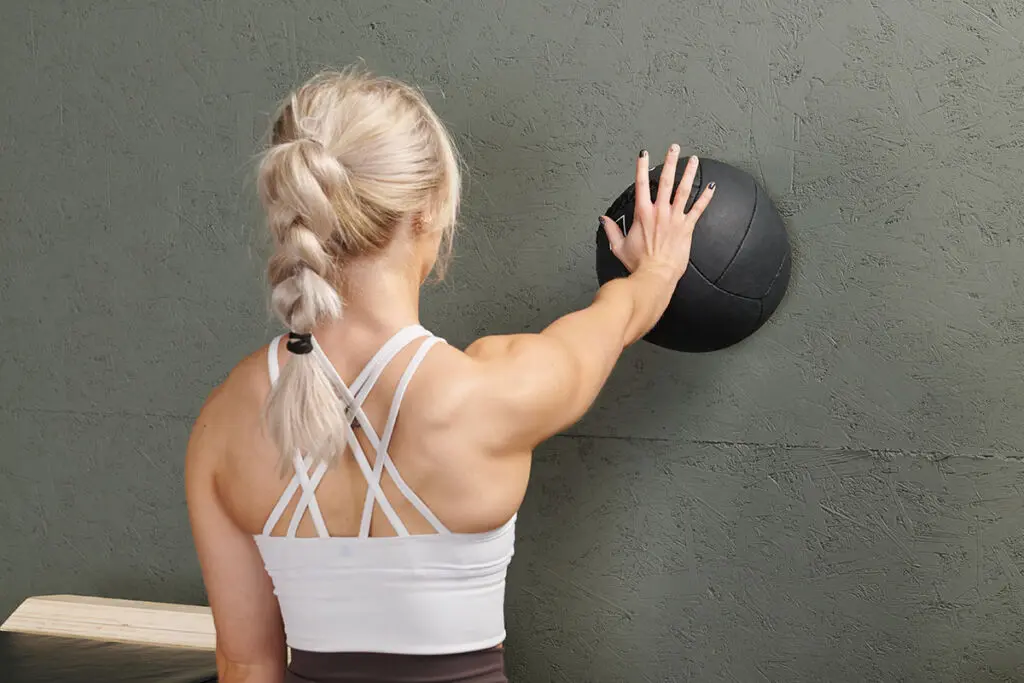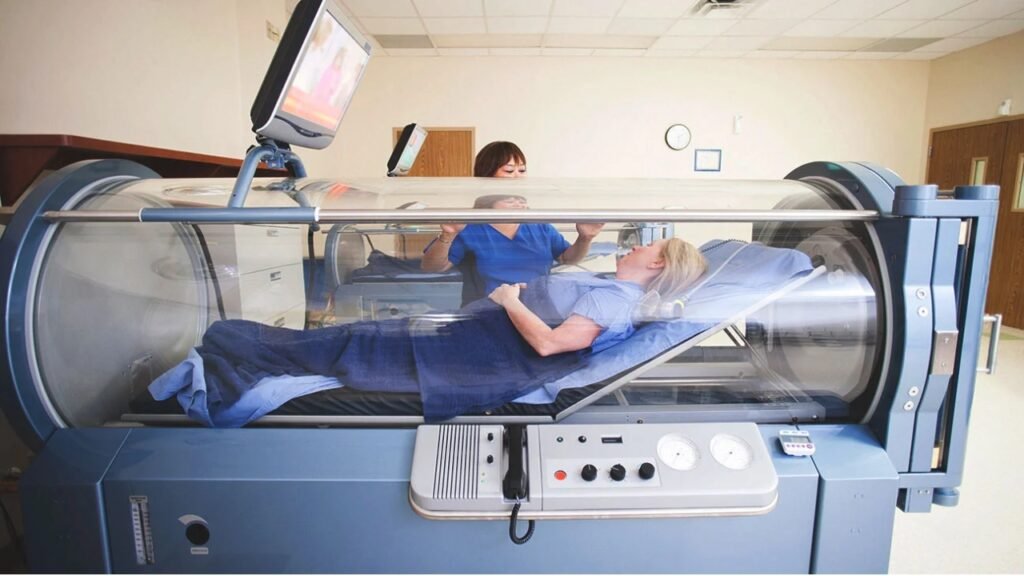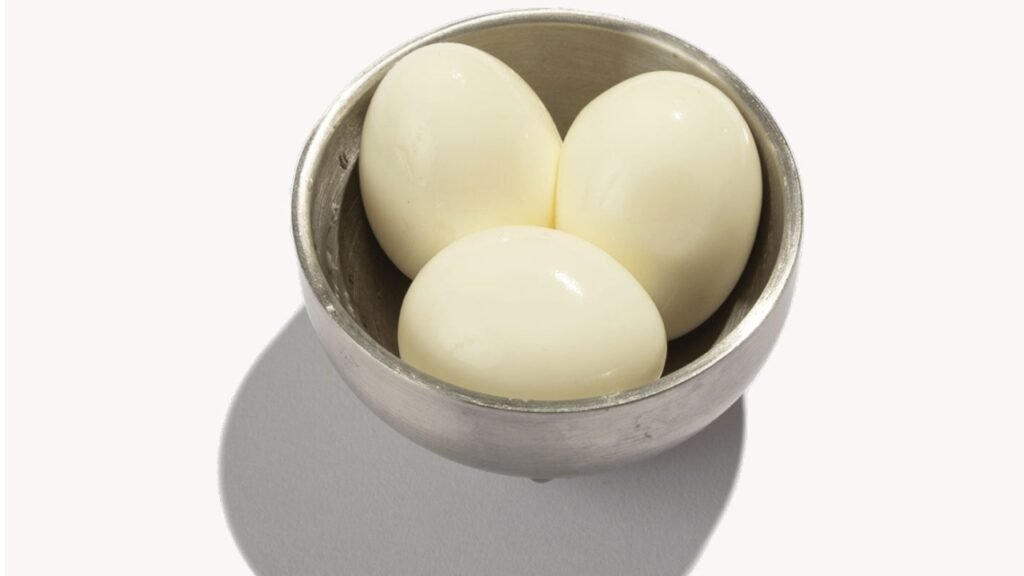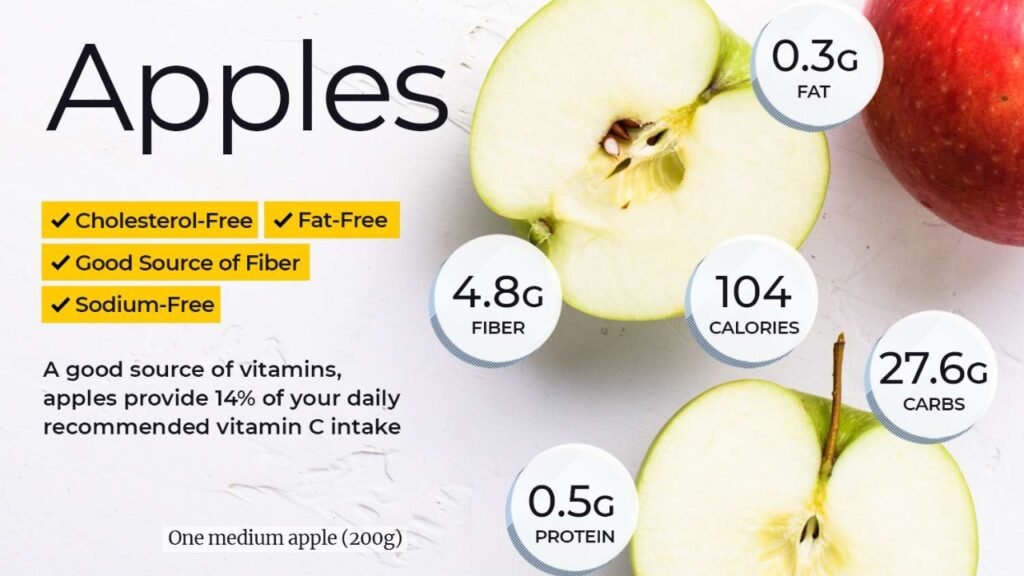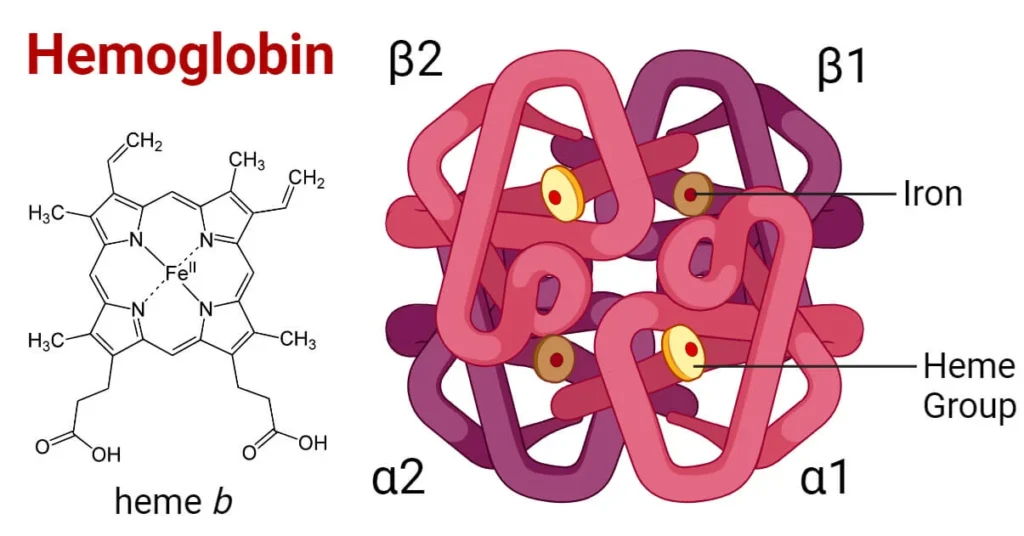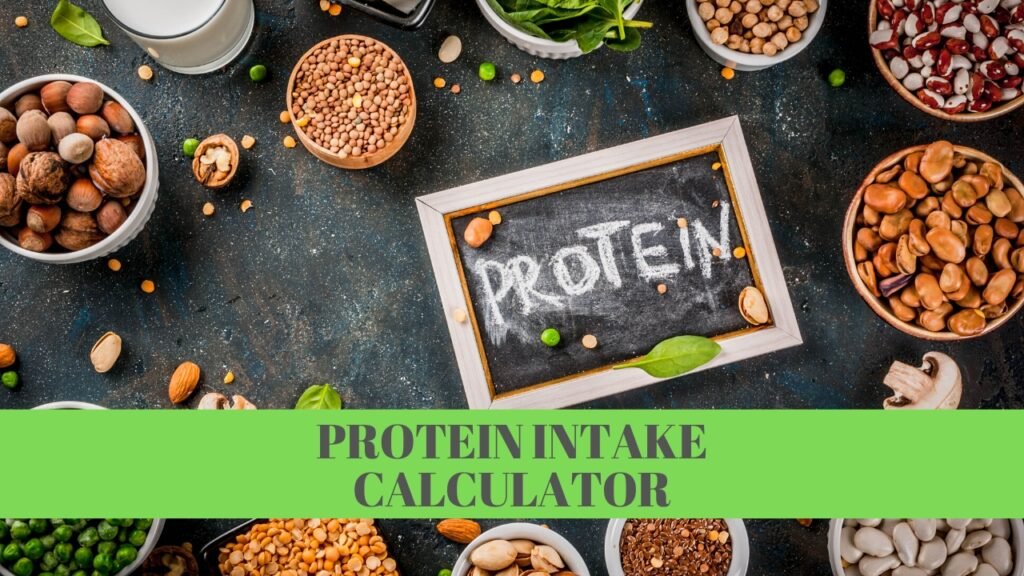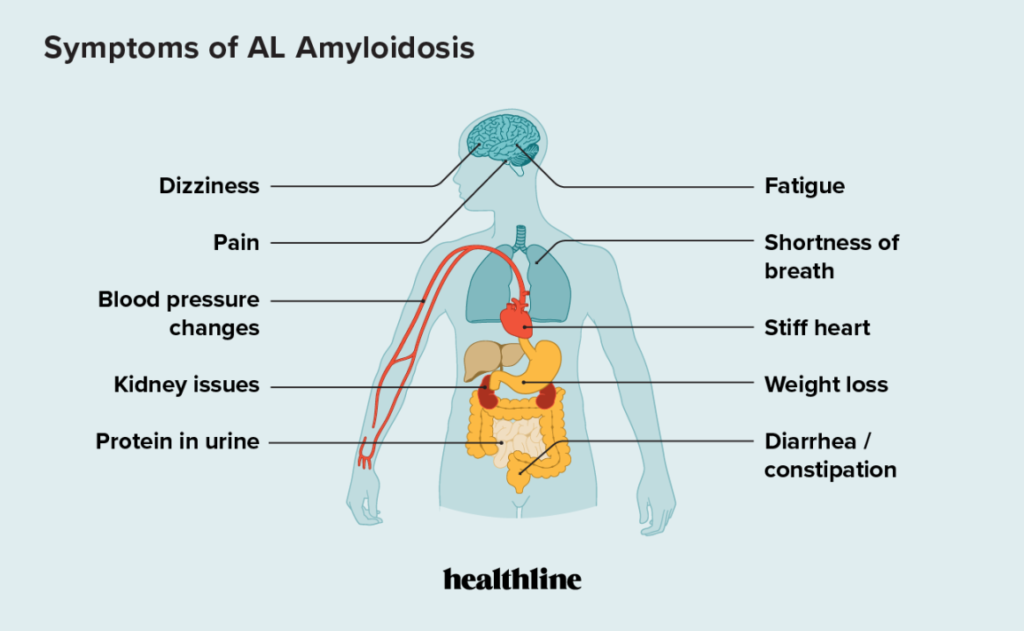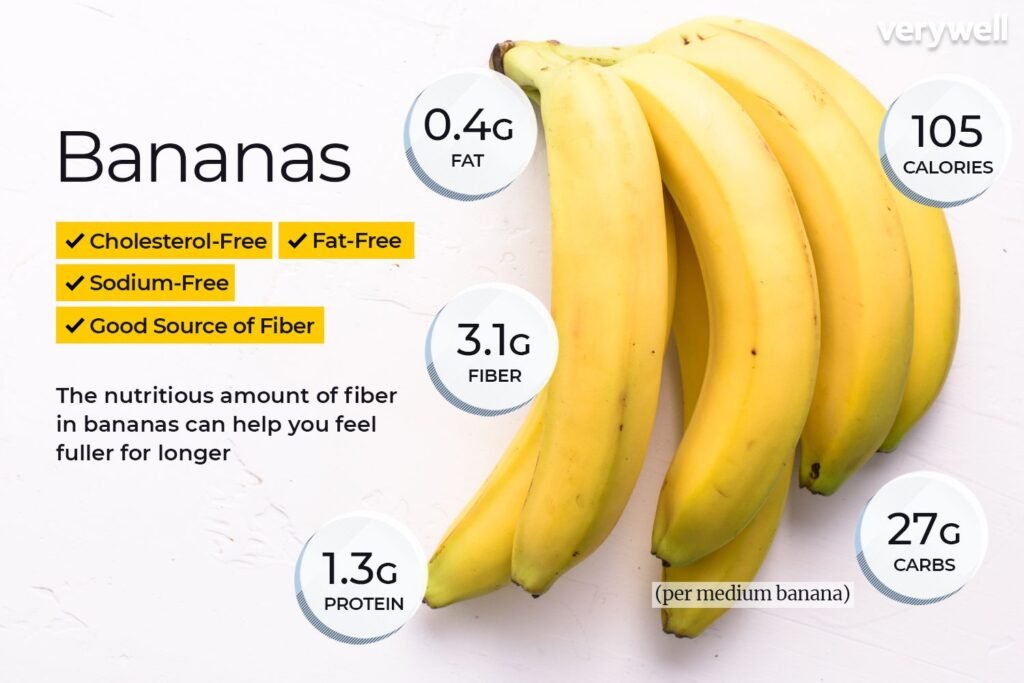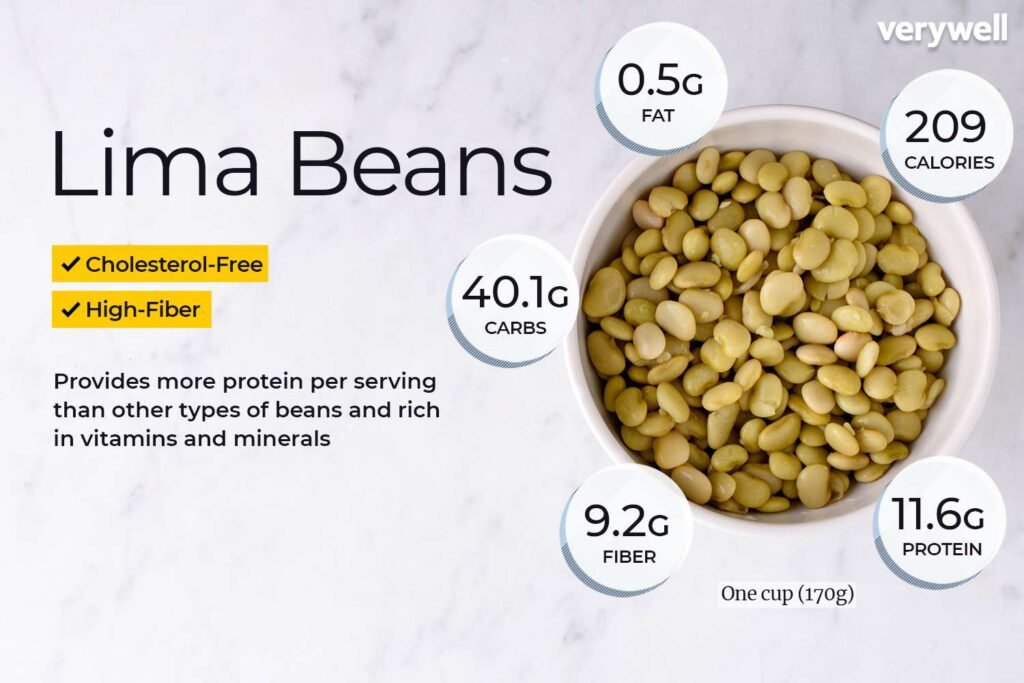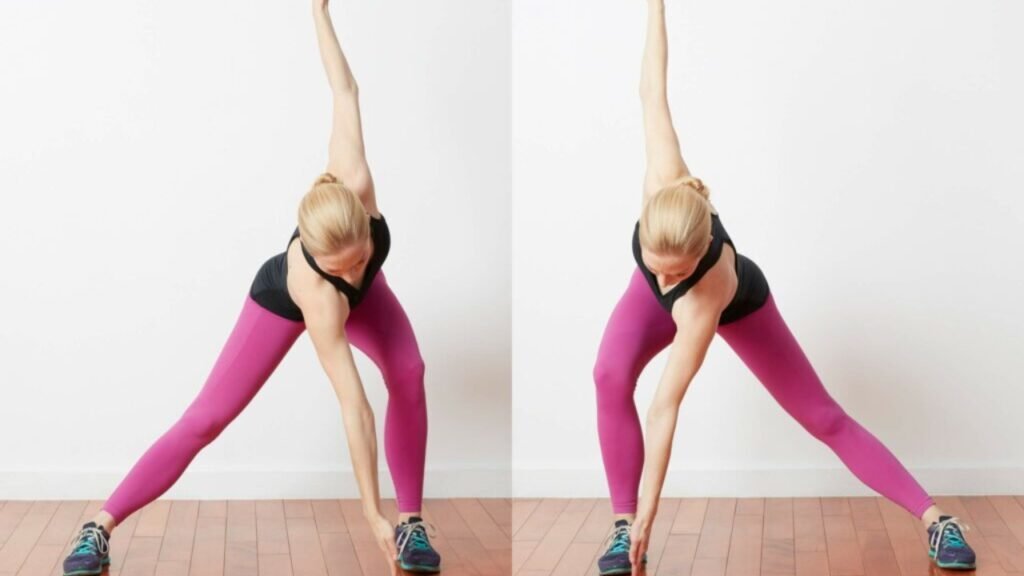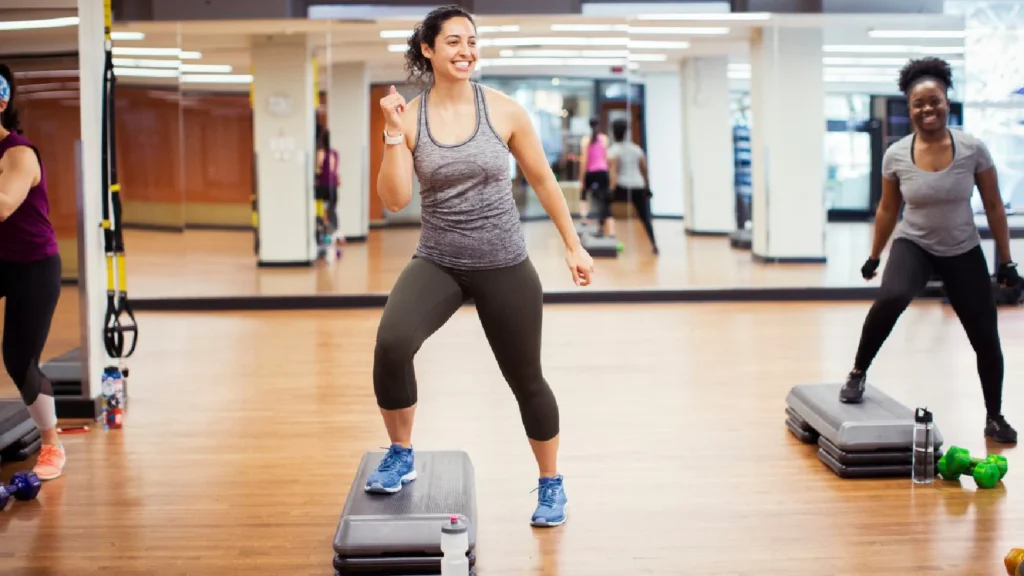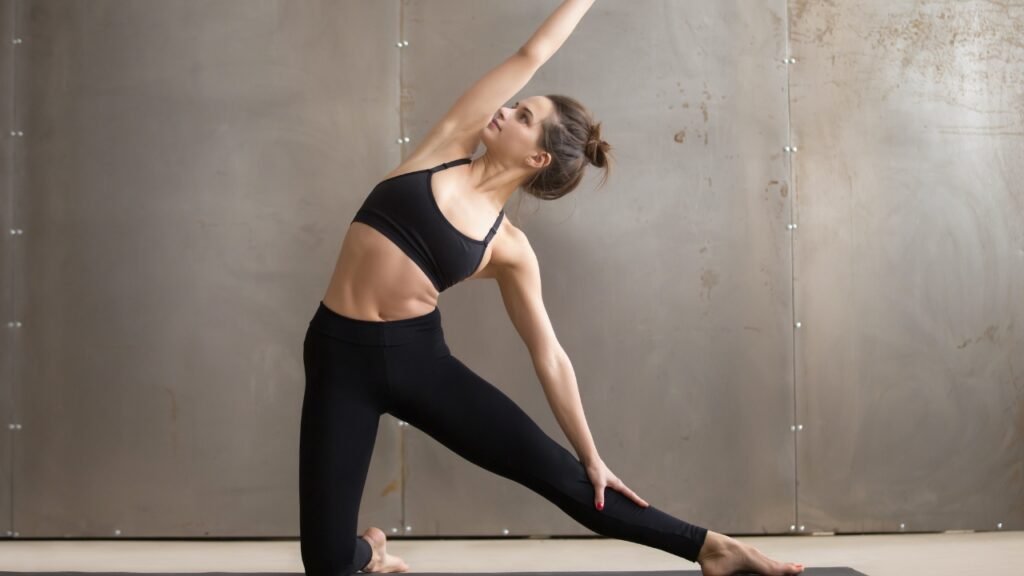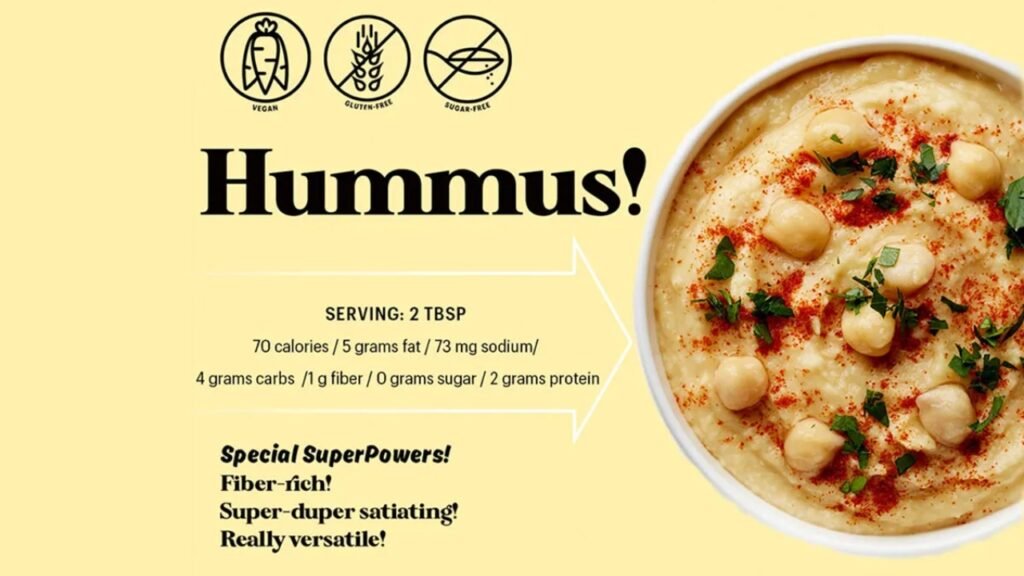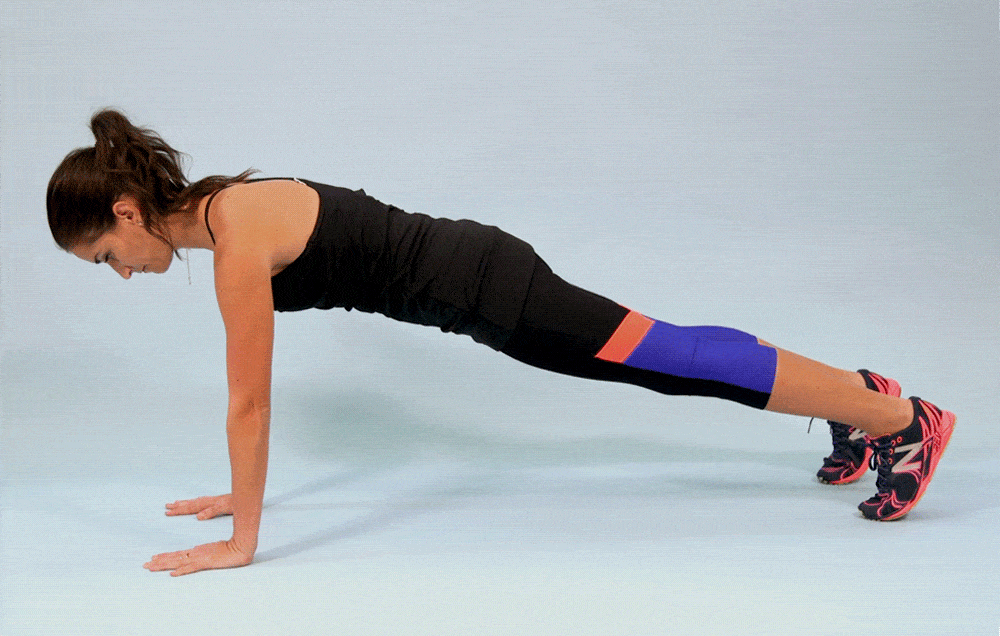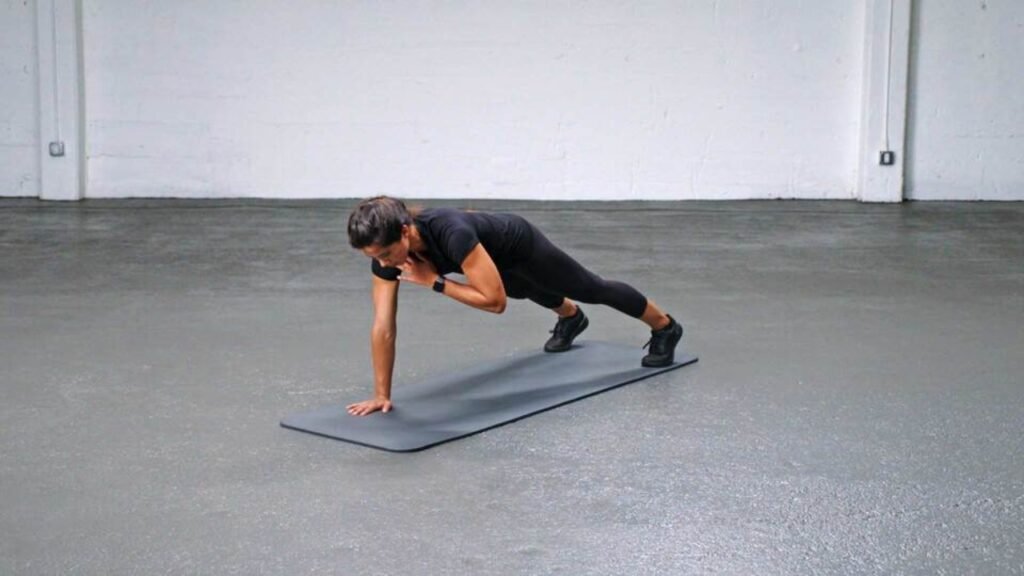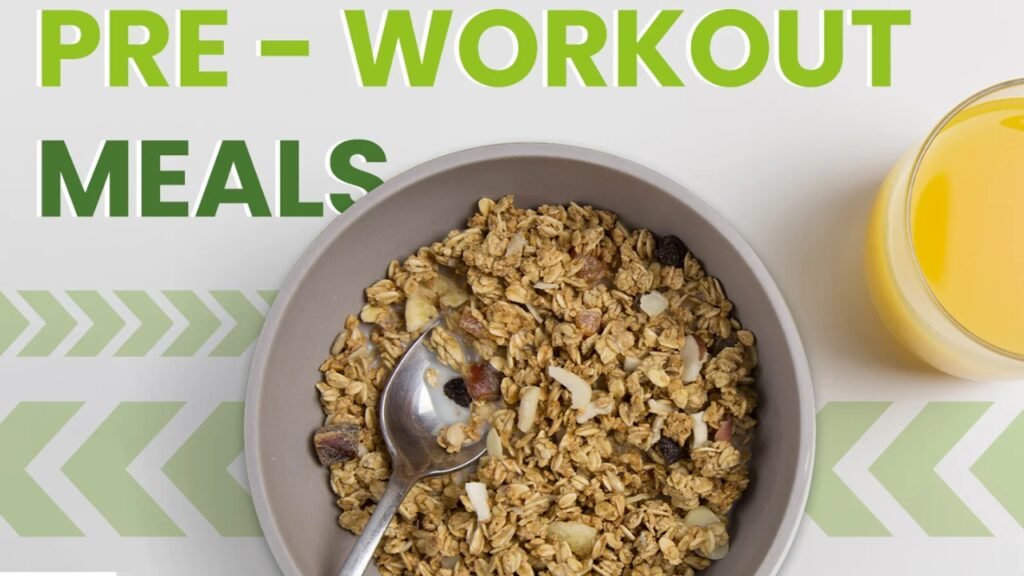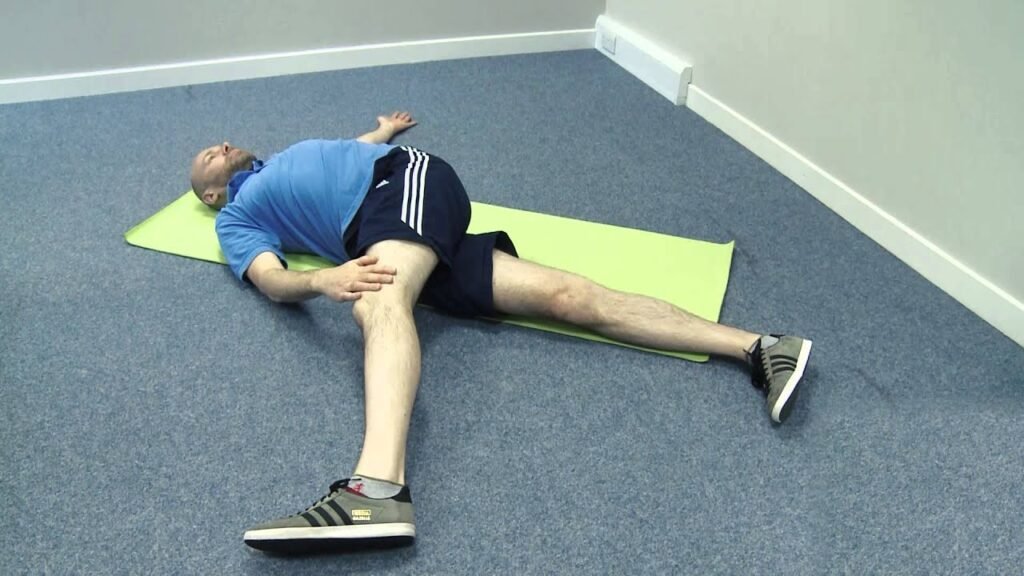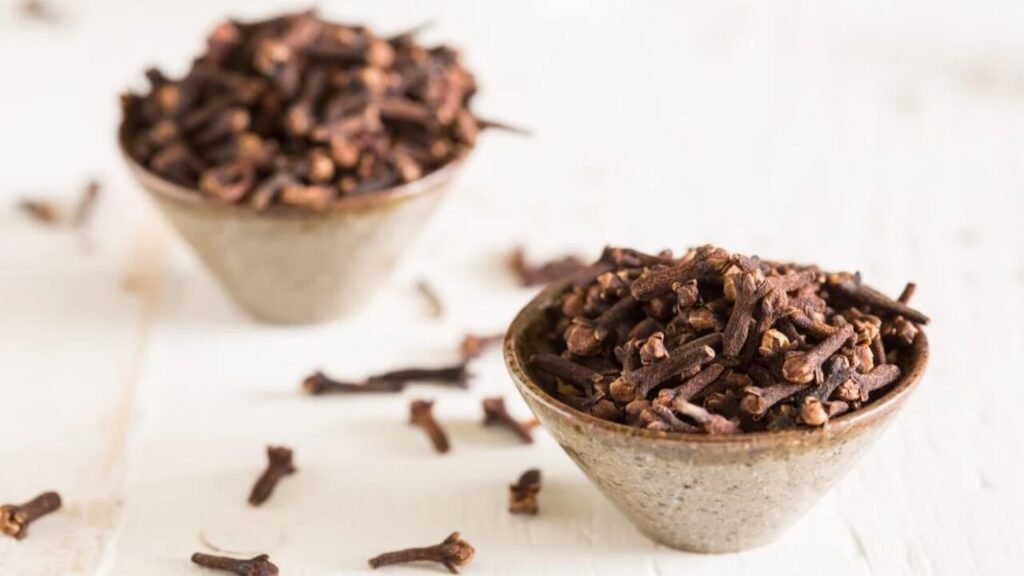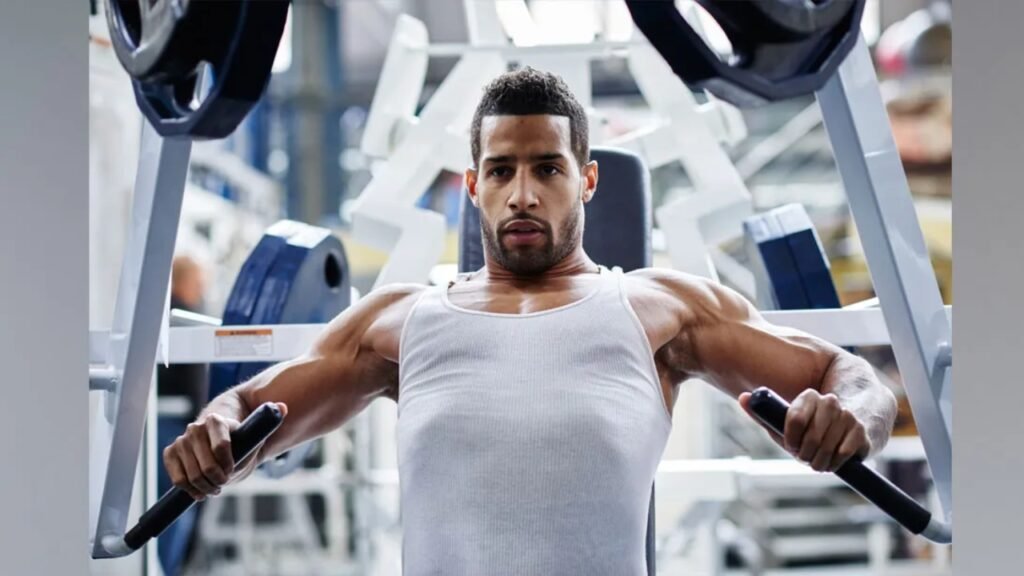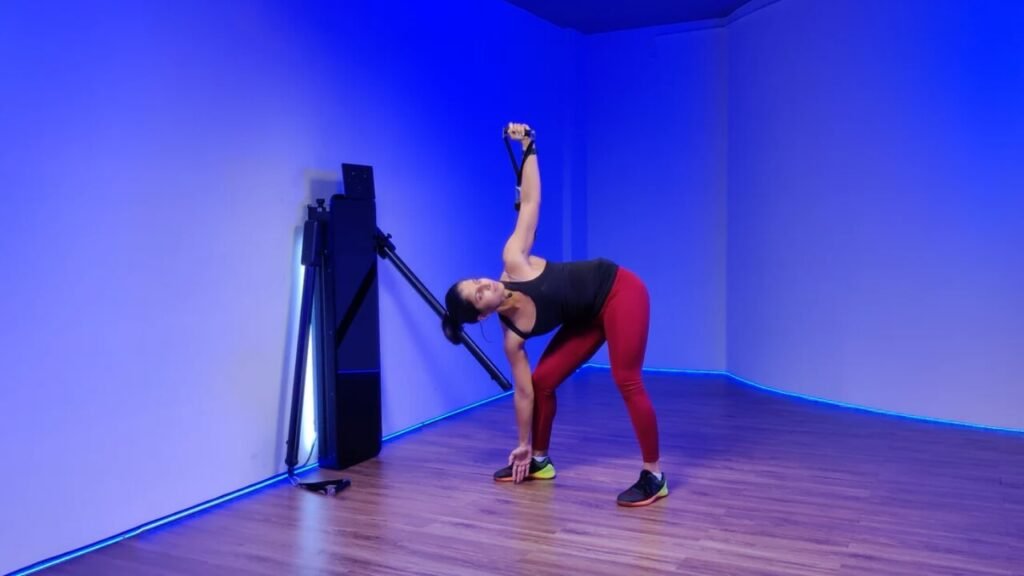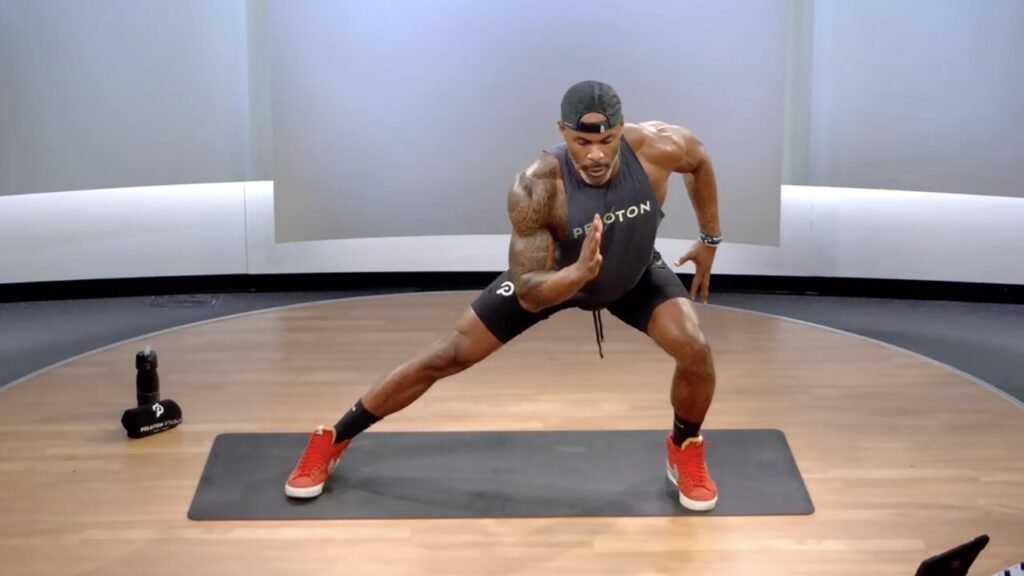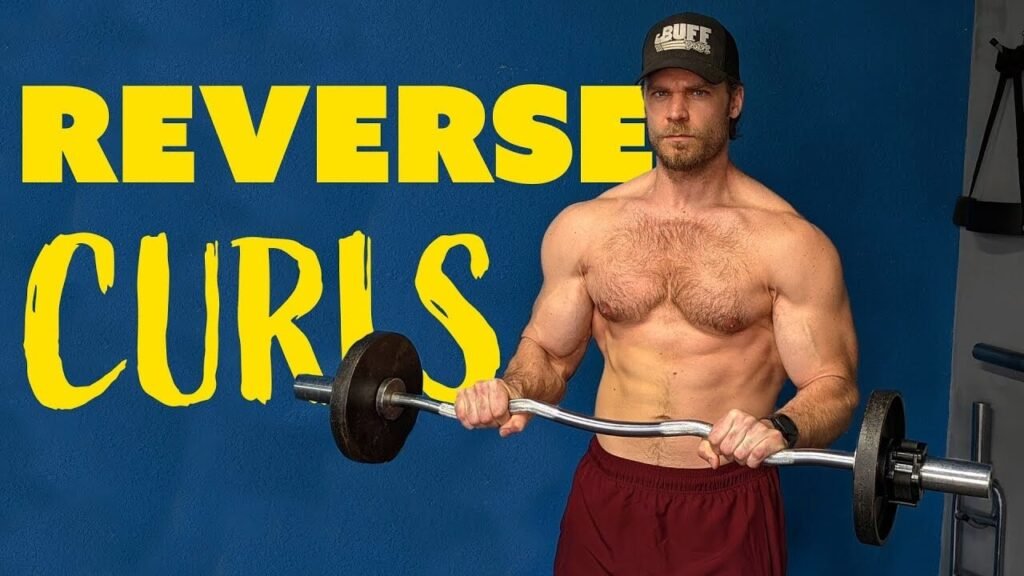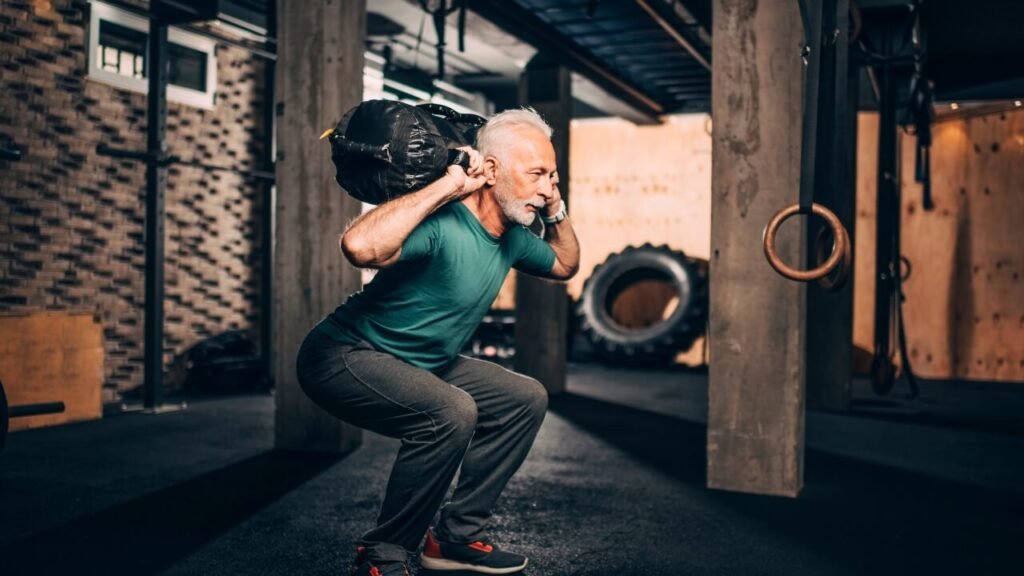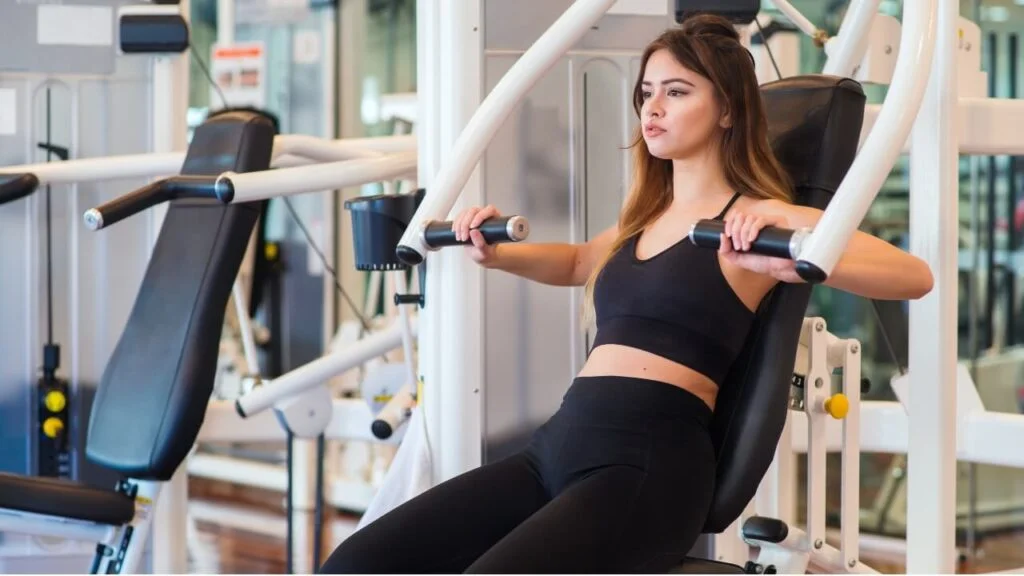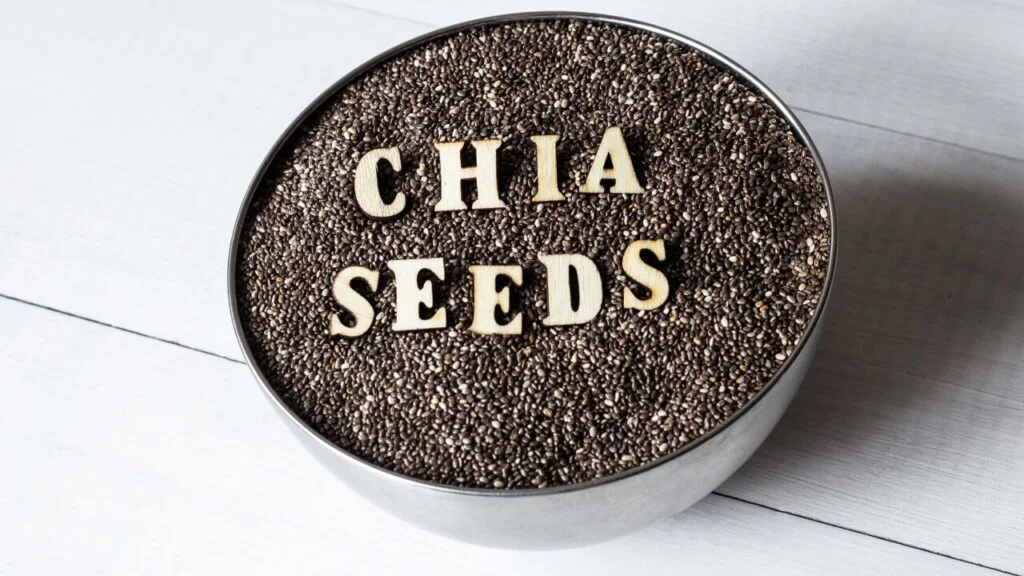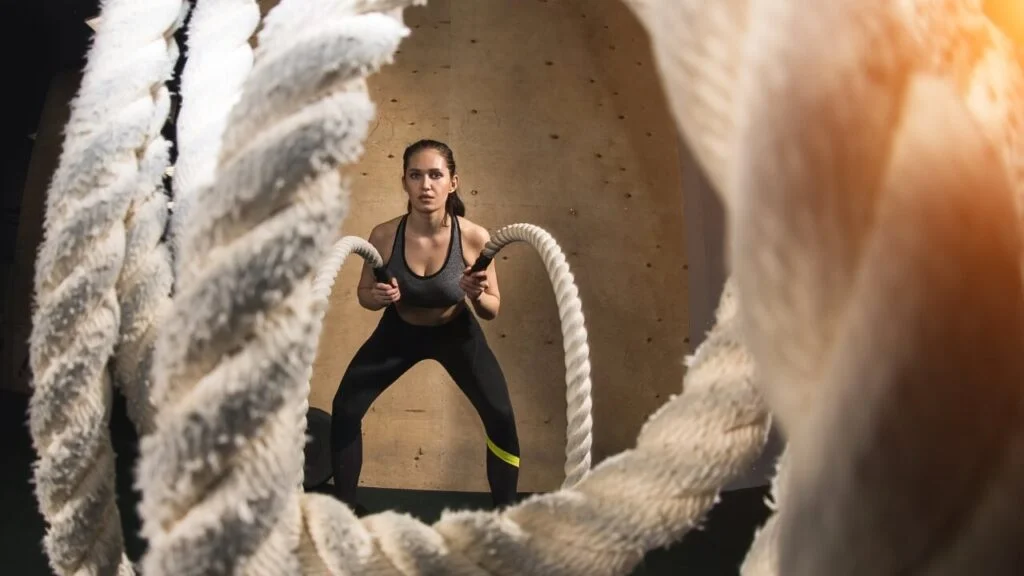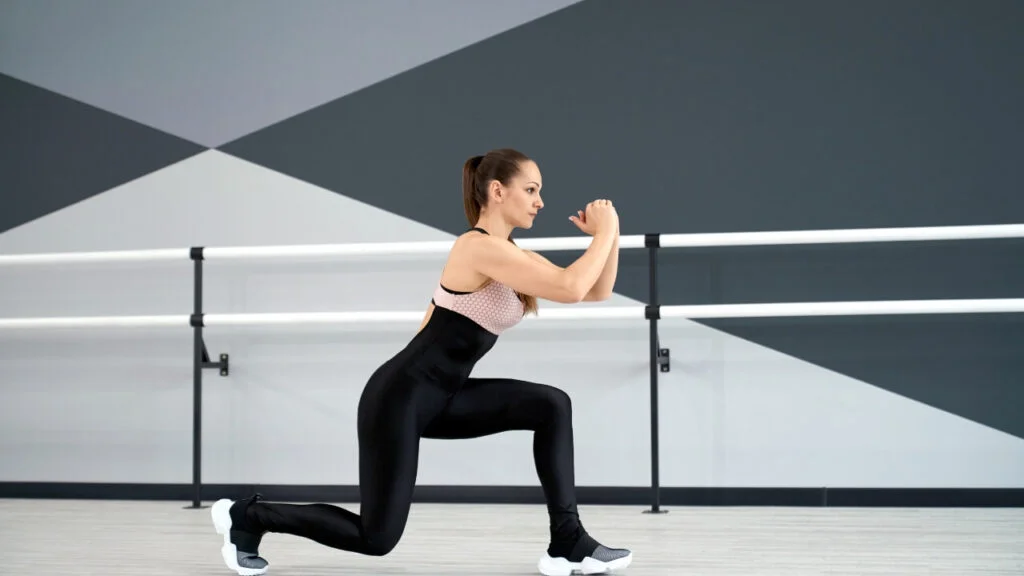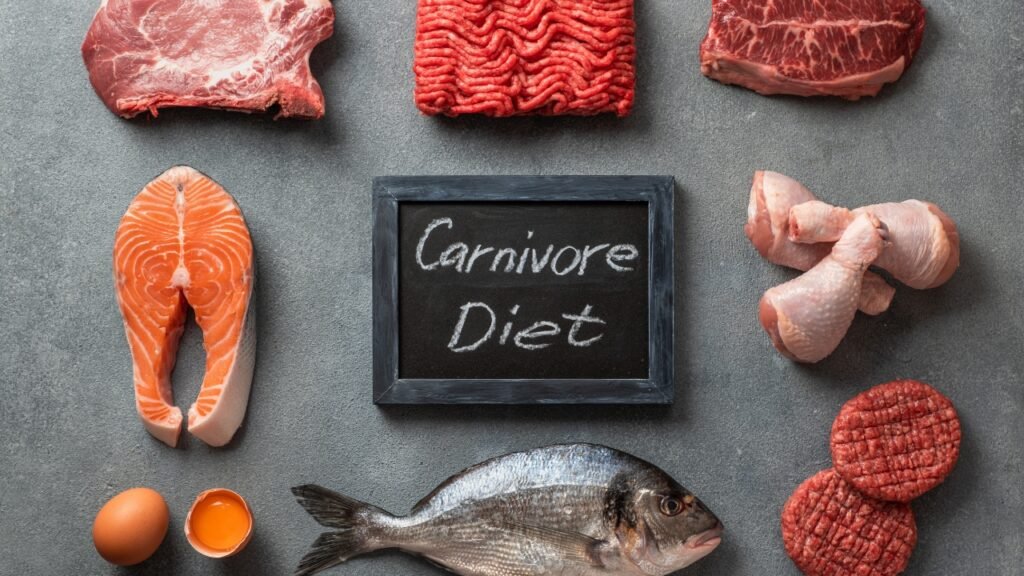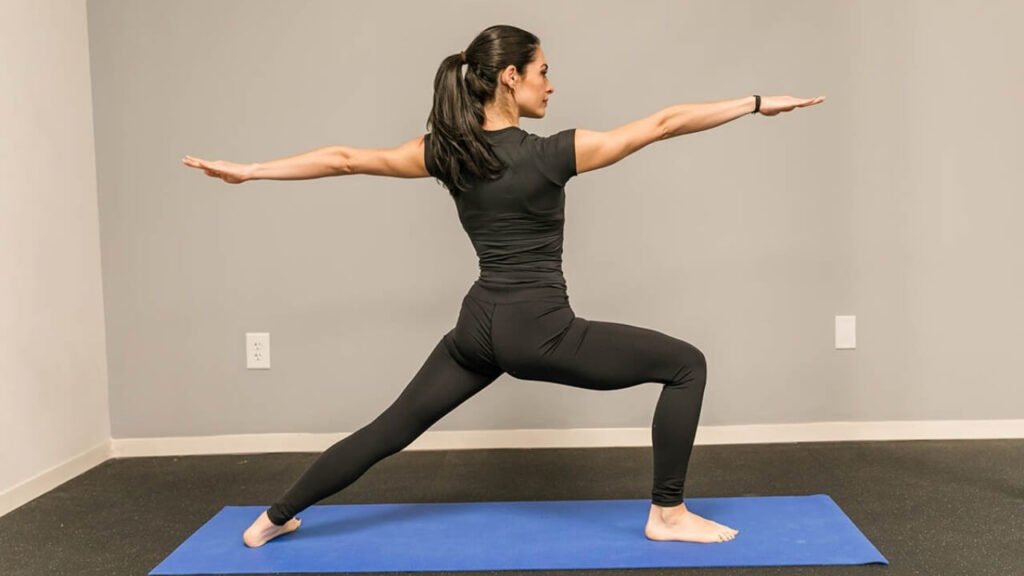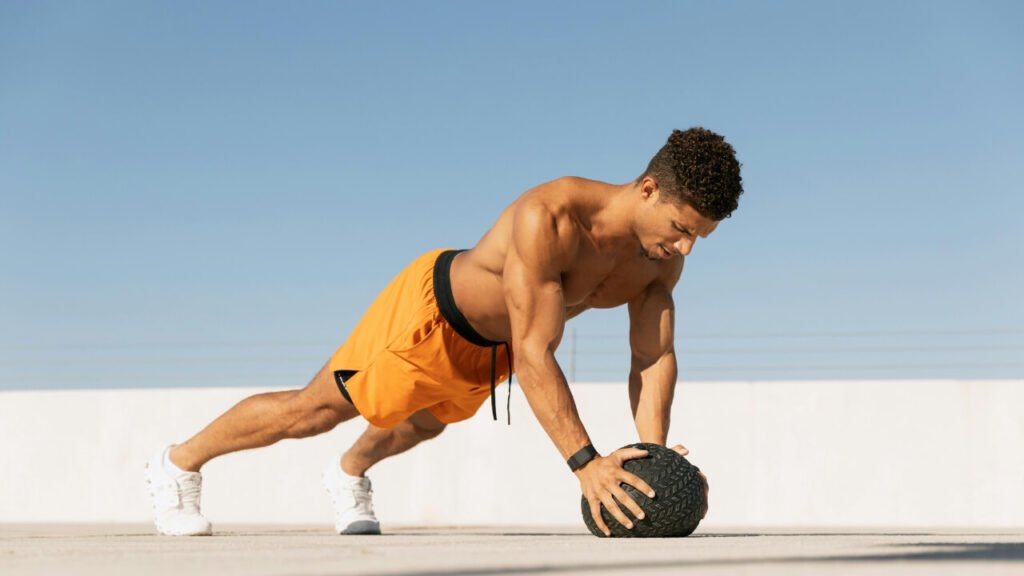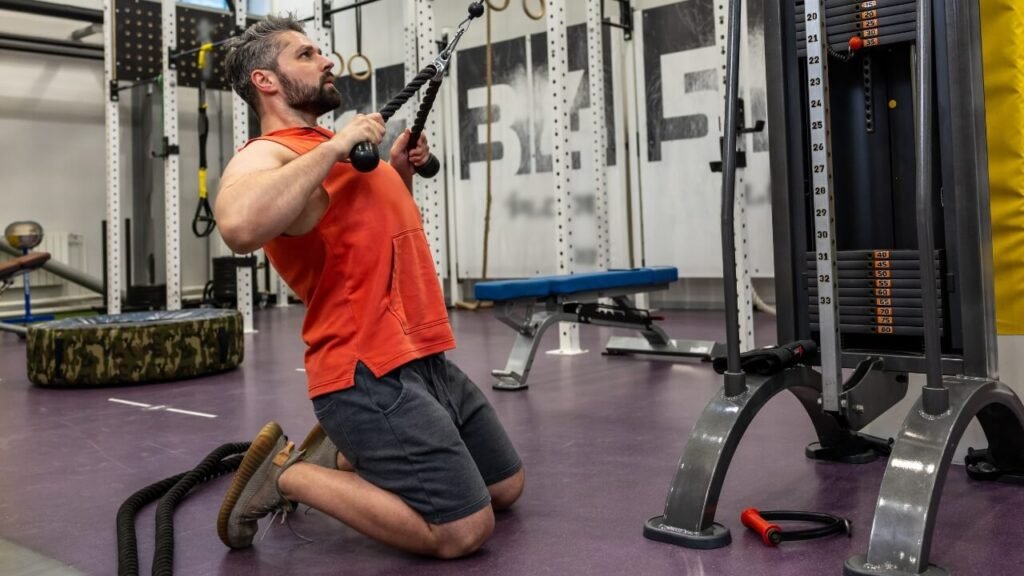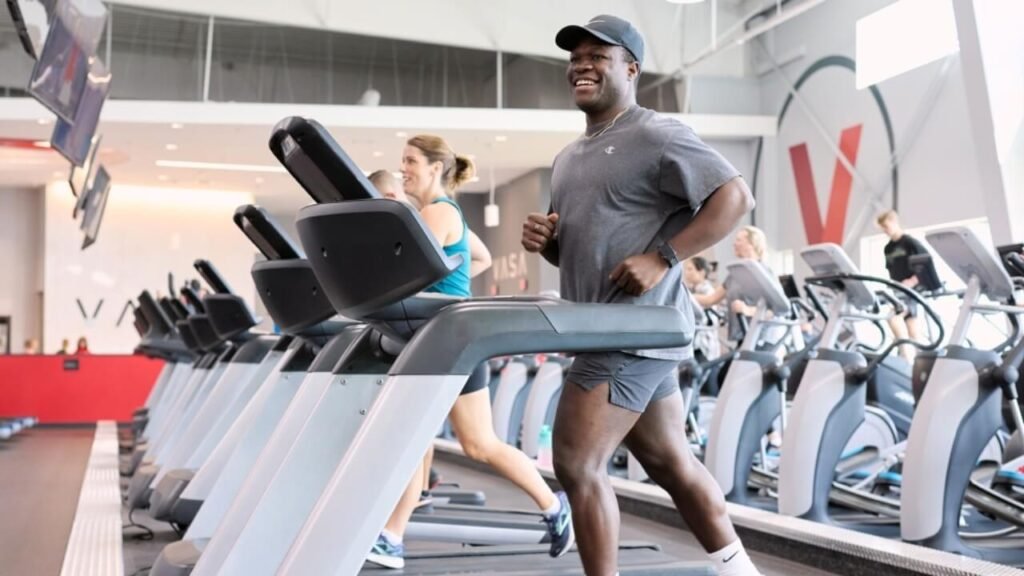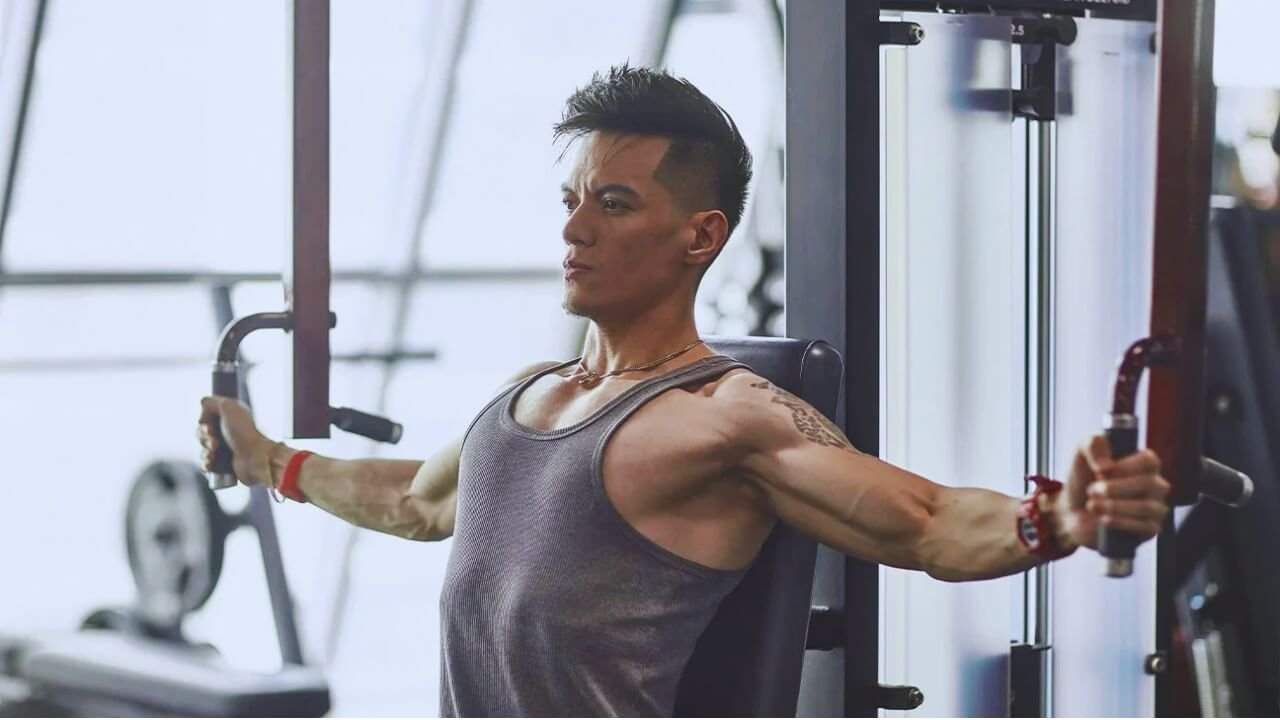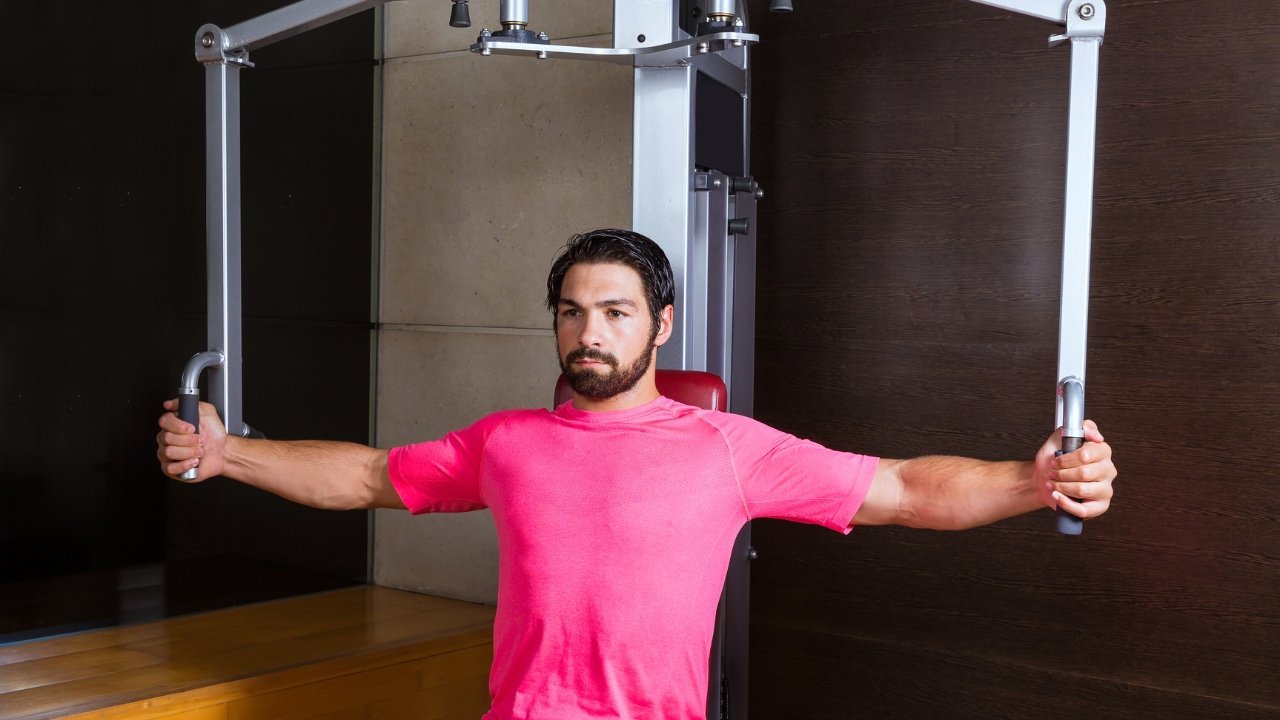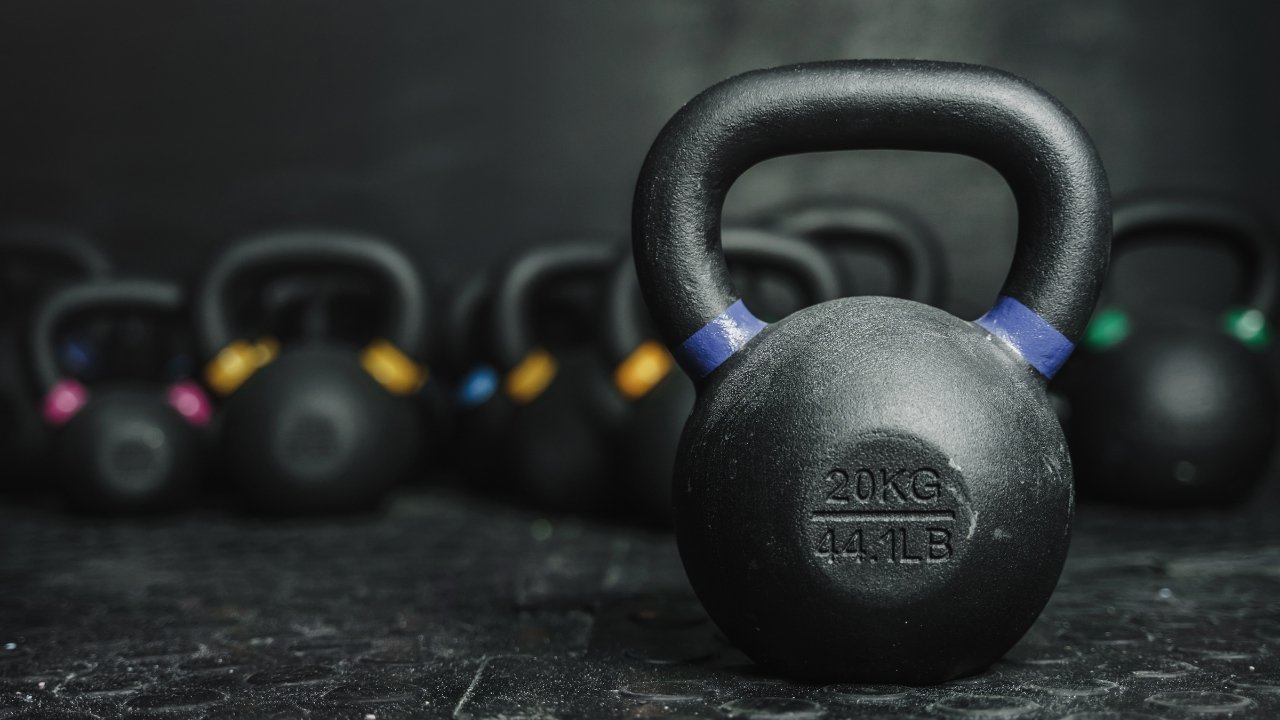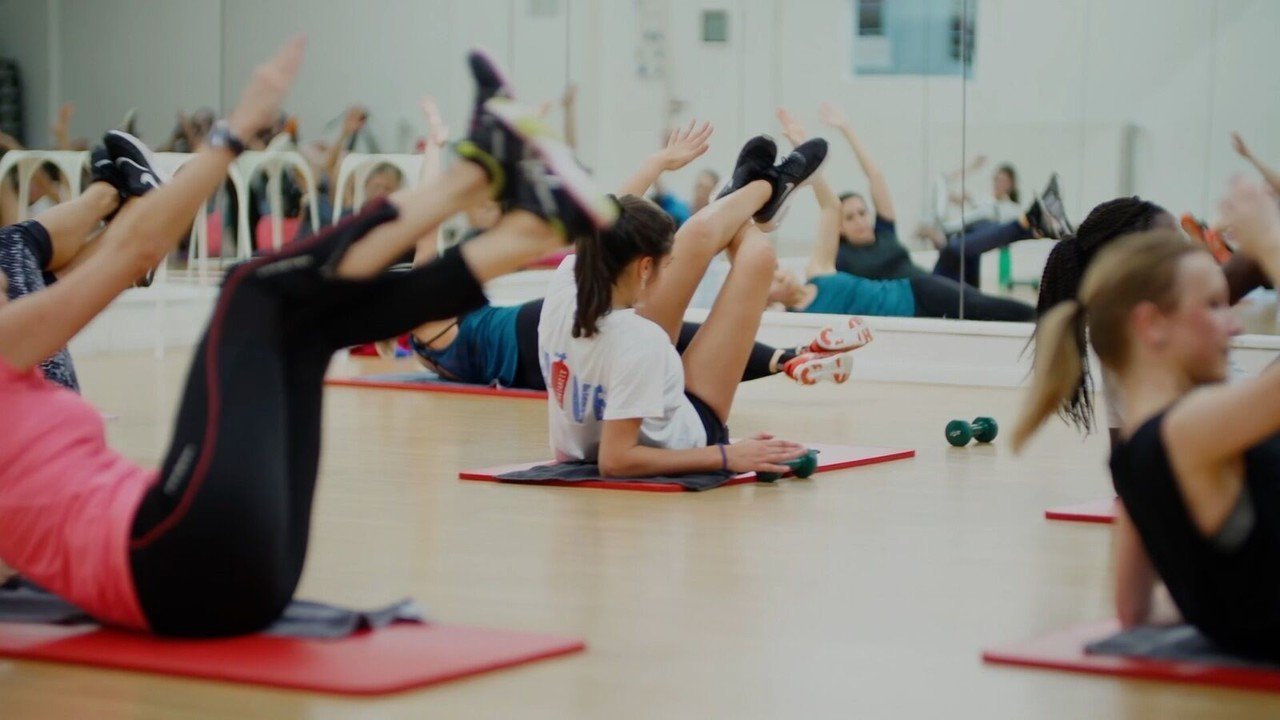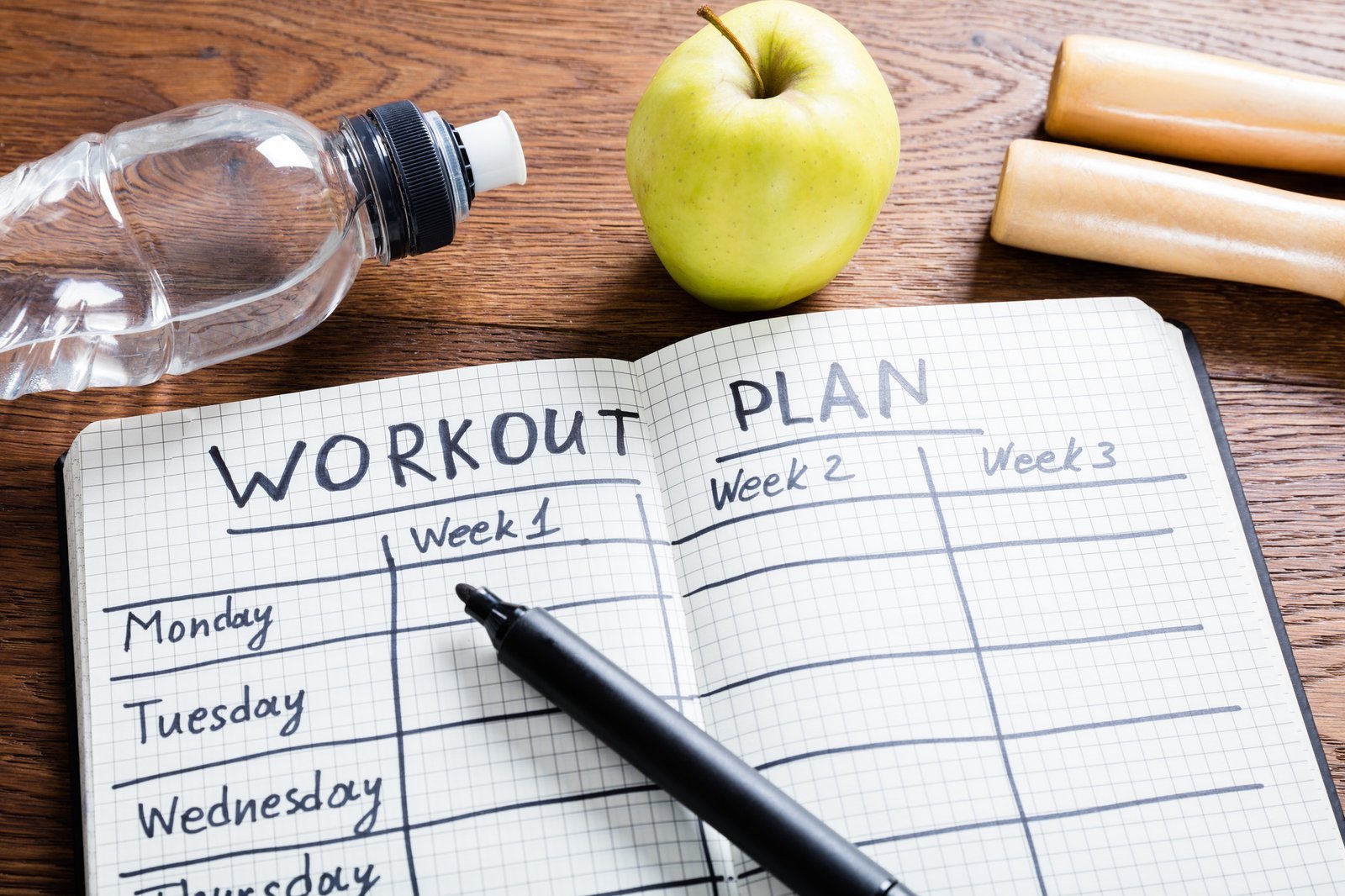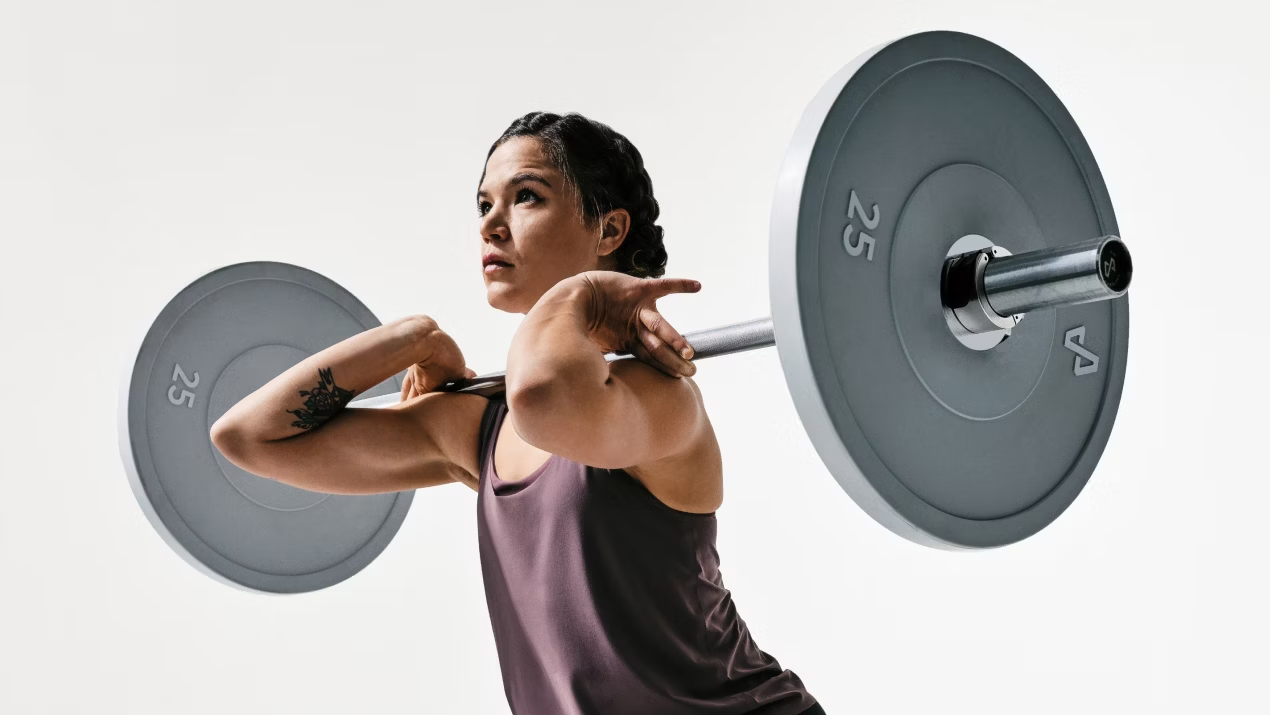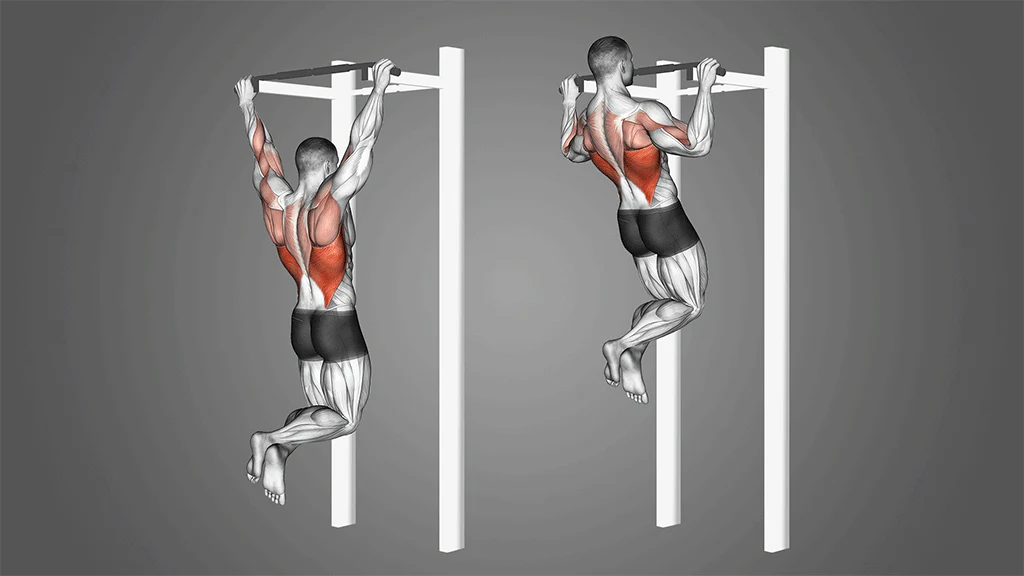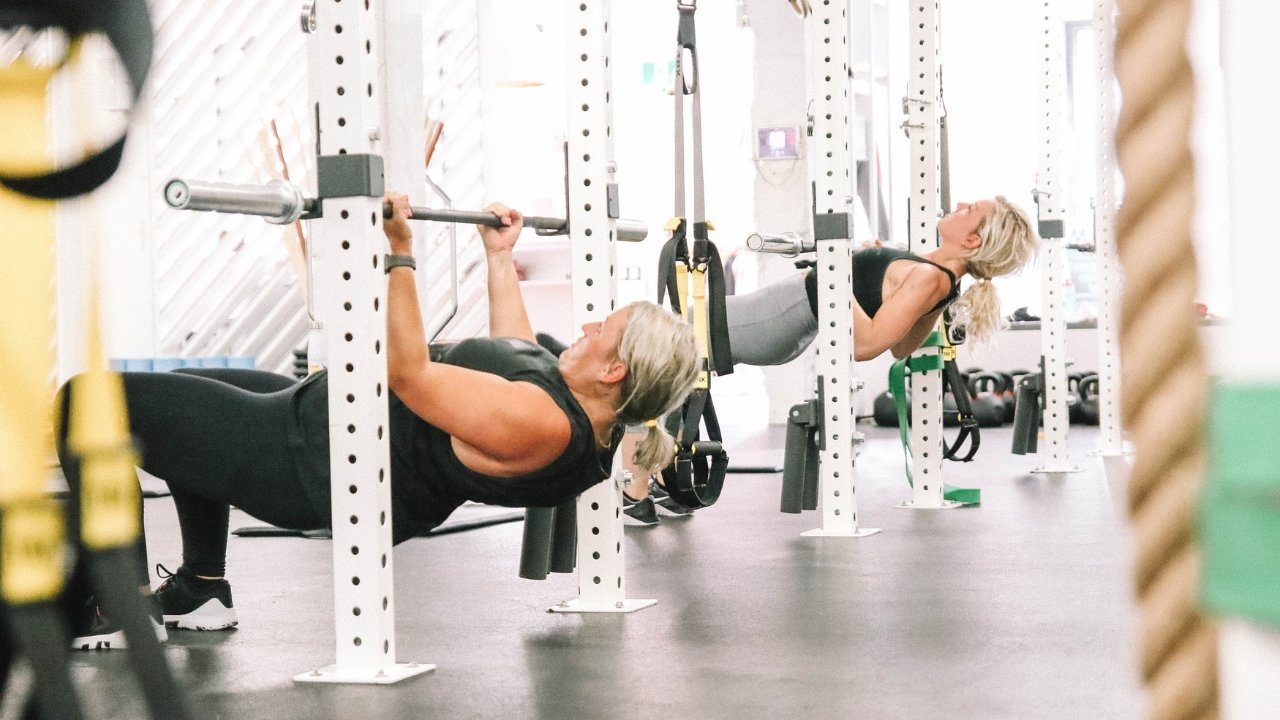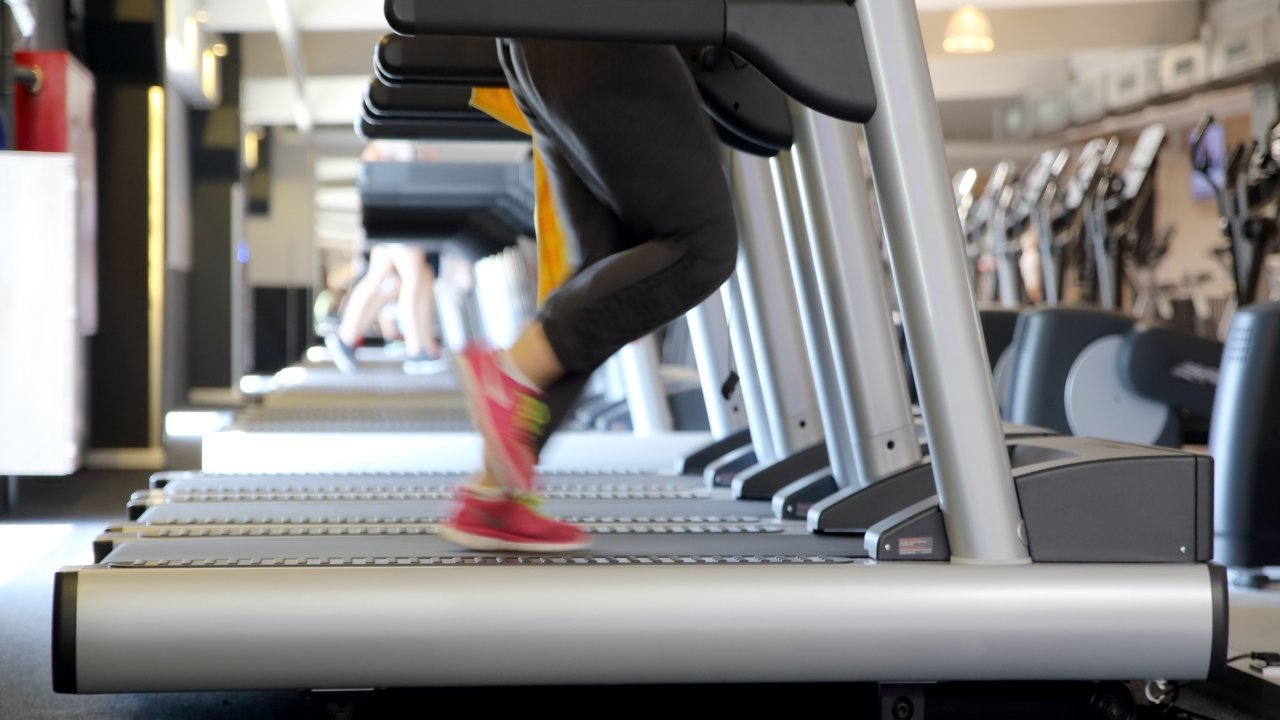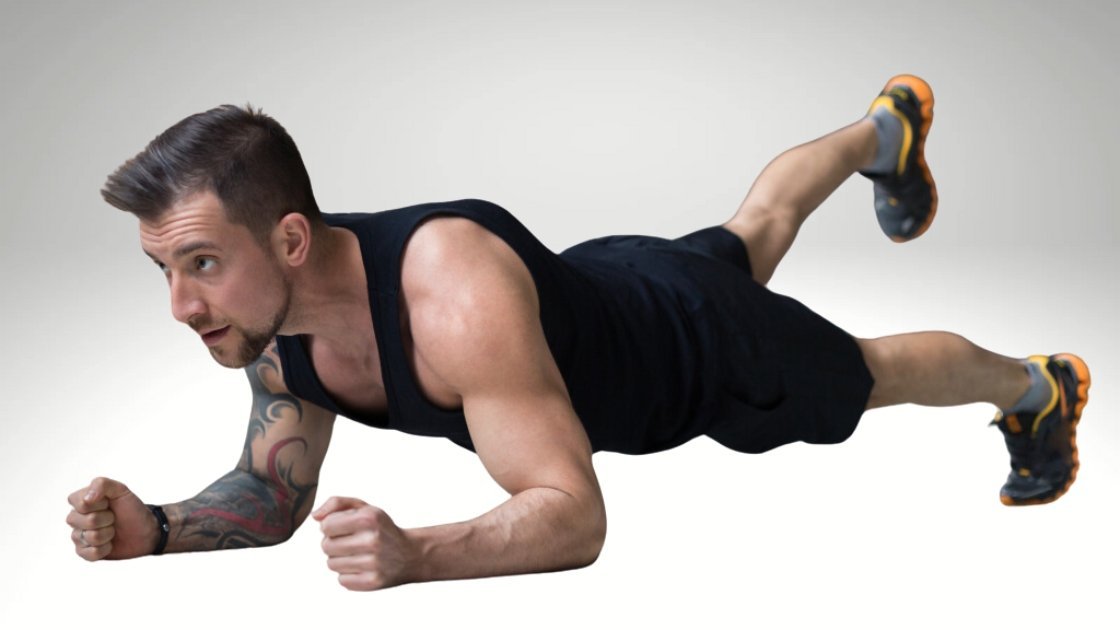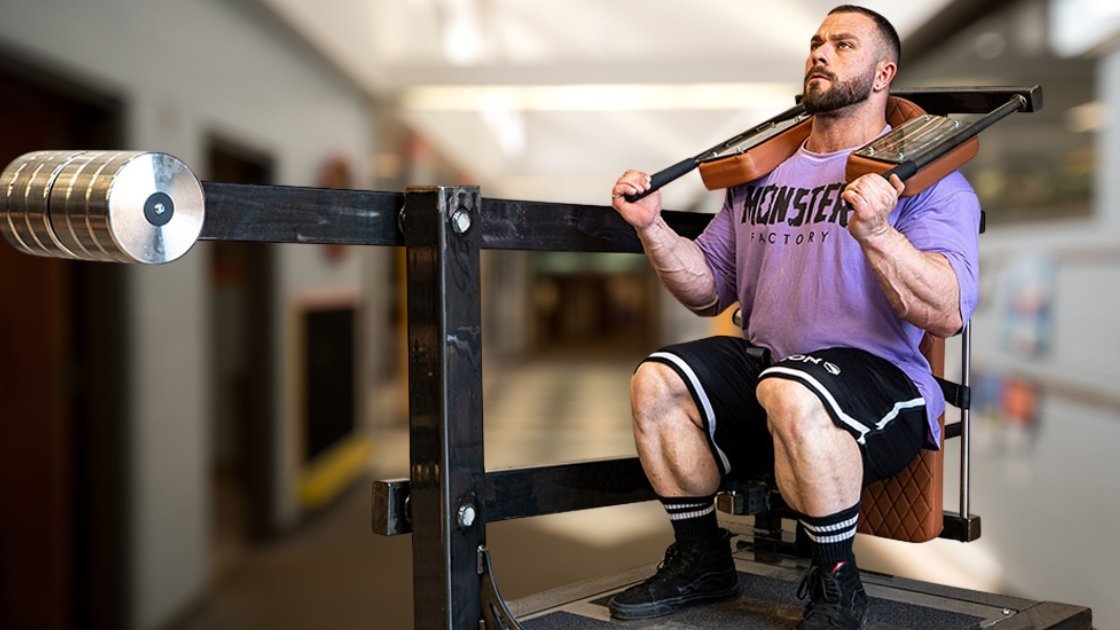Chest and Bicep Workout: UNLOCK INSANE GROWTH With This Ultimate Blueprint!

Walking into the gym with a plan is the difference between merely exercising and truly training. For many fitness enthusiasts aiming for that classic, powerful physique, targeting the chest and arms is a top priority. Combining these muscle groups into a single session offers a fantastic synergy, allowing for intense focus and efficient training. If you’re looking to build impressive pecs and sleeve-stretching arms, understanding the nuances of an effective chest and bicep workout is absolutely crucial. This guide will delve deep into constructing a workout that delivers results, covering everything from exercise selection and proper form to the underlying principles of muscle growth and recovery, ensuring you have a complete blueprint for success.
Why Pair Chest and Biceps? The Logic Behind the Split
Pairing muscle groups in a workout split is a common strategy, and combining chest (a primary pushing muscle group) with biceps (a primary pulling muscle group for the arms) is a popular choice for several compelling reasons. Firstly, it allows for focused intensity on two highly desired muscle groups within a single session. Since chest exercises primarily involve pushing movements (like presses and flyes) and bicep exercises involve pulling or curling movements, there’s minimal direct overlap in terms of muscle fatigue impacting the other group. When you fatigue your chest with heavy presses, your biceps are relatively fresh and ready to be trained intensely, and vice versa. This setup allows you to give maximal effort to both muscle groups without one significantly compromising the performance of the other due to pre-exhaustion from related compound movements (unlike, for example, training triceps immediately after a heavy chest workout, where they’ve already worked significantly).
Furthermore, this split fits well into various weekly training routines. It can be part of a classic “bro split” (each major muscle group trained once a week) or integrated into push/pull/legs or upper/lower splits by strategically placing it. Many find this combination psychologically satisfying; achieving a pump in both the chest and biceps simultaneously contributes to a feeling of fullness and accomplishment in the upper body. Discussions on fitness forums like Reddit often highlight this split’s efficiency, especially for those with limited training days per week. While some argue for pairing antagonistic muscle groups (like chest and back) or synergistic groups (like chest and triceps), the chest and bicep pairing remains a time-tested and effective option favored by many for its straightforward approach and tangible results. Ultimately, the “best” split is subjective and depends on individual goals, recovery capacity, and enjoyment, but the chest and bicep day holds its own as a highly productive training session.
Preparing for Battle: The Crucial Warm-Up Phase
Jumping straight into heavy lifting without adequate preparation is a recipe for suboptimal performance and potential injury. A thorough warm-up primes your body for the demands of the workout, increasing blood flow to the target muscles, lubricating the joints, and activating the neuromuscular pathways. Think of it as revving the engine before hitting the highway. For a chest and bicep session, your warm-up should be multifaceted.
Start with 5-10 minutes of light general cardio, such as jogging on the treadmill, using the elliptical, or cycling. The goal here is simply to raise your core body temperature slightly and get your heart rate up. Following this, transition into dynamic stretching. Unlike static stretching (holding a stretch for an extended period), dynamic stretches involve controlled movements through a range of motion. Good examples for this workout include arm circles (both forward and backward), torso twists, shoulder pass-throughs (using a resistance band or PVC pipe), and cat-cow stretches to mobilize the spine and shoulders.
Finally, perform specific activation drills and warm-up sets for the exercises you plan to do. For the chest, this could involve light resistance band pull-aparts to activate the upper back (important for stabilizing during presses), scapular push-ups, and a few sets of very light dumbbell presses or push-ups. For the biceps, some light resistance band curls or very light dumbbell curls can help prepare the elbow joint and muscles. Follow this with one or two warm-up sets of your first main exercise (e.g., bench press) using significantly lighter weight than your working sets, focusing purely on form and feeling the muscles engage. This gradual ramp-up ensures your muscles, joints, and nervous system are fully prepared for the heavier work ahead.
Building the Foundation: Core Chest Exercises
The chest, primarily composed of the pectoralis major and minor, responds well to a combination of heavy compound movements and targeted isolation exercises. Starting with compound lifts allows you to move the most weight when you’re fresh, stimulating maximum muscle fiber recruitment and overall growth.
Mastering the Compound Lifts
The cornerstone of most chest routines is the Bench Press. Whether using a barbell or dumbbells, this exercise effectively targets the entire pectoralis major, as well as the anterior deltoids (front shoulders) and triceps as secondary movers.
- Barbell Bench Press: The king of chest exercises for raw strength and mass. Focus on maintaining stable footing, retracting your scapulae (pulling shoulder blades together and down) to create a stable base, controlling the descent of the bar to your mid-chest, and pressing explosively upwards. Avoid bouncing the bar off your chest. Varying grip width can slightly alter emphasis, while incline and decline variations target the upper and lower chest portions more specifically.
- Dumbbell Bench Press: Often allows for a greater range of motion and requires more stabilizer muscle activation compared to the barbell. Each side must work independently, helping to address potential muscle imbalances. The natural arc of movement as you press the dumbbells up and slightly inwards can feel more joint-friendly for some individuals.
- Incline Press (Barbell or Dumbbell): By setting the bench at an incline (typically 30-45 degrees), you shift the emphasis towards the clavicular head of the pectoralis major – the upper chest. This is crucial for developing a full, balanced look. Maintaining proper form, especially avoiding excessive arching of the lower back, is key here.
These compound movements should form the core of your chest training. Aim for moderate-to-heavy weights in the 6-12 repetition range for 3-4 sets, focusing on progressive overload over time (gradually increasing weight, reps, or sets).
Refining with Isolation Movements
After establishing a strong foundation with compound lifts, isolation exercises help to further fatigue the muscle fibers and focus on specific areas or aspects of chest development, such as the “inner chest” squeeze or the outer stretch.
- Dumbbell Flyes (Flat, Incline, Decline): This exercise isolates the pecs by minimizing tricep involvement. Focus on a wide, controlled arc during the lowering phase (eccentric) to feel a deep stretch across the chest, and squeeze the pecs together at the top of the movement. Avoid going excessively heavy; control and mind-muscle connection are paramount. Performing these on an incline or decline bench targets the upper and lower fibers, respectively.
- Cable Crossovers: Similar in motion to dumbbell flyes but provides constant tension throughout the entire range of motion due to the cables. You can adjust the pulley height (high-to-low, low-to-high, mid-chest) to target different areas of the chest effectively. Focus on the contraction and squeeze at the peak of the movement.
- Push-Ups: Don’t underestimate this bodyweight classic! Push-ups are excellent for muscular endurance and can be modified for intensity (e.g., incline for easier, decline for harder, weighted push-ups). They are a great finishing exercise to pump blood into the chest.
Isolation exercises are typically performed for slightly higher repetitions (10-15 reps) for 2-3 sets, emphasizing the contraction and stretch.
Forging the Peaks: Targeted Bicep Training
The biceps brachii, consisting of a long head and a short head, are the primary muscles responsible for flexing the elbow and supinating the forearm (turning the palm upwards). Training them after the chest ensures they receive dedicated focus. Like the chest, a mix of mass-building curls and peak-focused exercises works best.
Essential Bicep Mass Builders
These exercises allow you to handle relatively heavier weights to stimulate overall bicep growth.
- Barbell Curls: A fundamental bicep exercise for building mass. Stand with feet shoulder-width apart, grip the barbell slightly wider than shoulder-width (or closer, depending on comfort), and curl the weight up towards your shoulders, keeping your elbows pinned to your sides. Avoid using momentum or swinging your torso. Control the negative (lowering) phase.
- Dumbbell Alternate Bicep Curls: Performing curls one arm at a time allows for greater focus and ensures both arms receive equal work. Starting with palms facing your body and supinating (rotating the palm upwards) as you curl enhances the peak contraction of the bicep. This can be done seated or standing.
Focus on controlled form and achieving a strong contraction at the top. Aim for 3-4 sets in the 8-12 repetition range.
Isolation for Detail and Peak
These movements help target specific aspects of the bicep or related arm flexors, contributing to a more complete and defined look.
- Hammer Curls: Performed with palms facing each other (neutral grip) throughout the movement. This variation heavily involves the brachialis (a muscle underneath the bicep) and the brachioradialis (a prominent forearm muscle). Developing these muscles adds thickness to the upper arm and improves the overall aesthetic.
- Concentration Curls: Typically performed seated, bracing the back of the upper arm against the inner thigh. This minimizes momentum and forces strict isolation of the bicep, allowing for an intense peak contraction. Focus on squeezing the bicep hard at the top.
- Preacher Curls (Machine or Dumbbell/EZ-Bar): By bracing the upper arms against a pad, preacher curls enforce strict form and isolate the biceps, particularly emphasizing the lower portion and the stretch. Control the eccentric phase carefully to avoid strain on the elbow joint.
These isolation exercises are often performed for 2-3 sets in the 10-15 repetition range, prioritizing the quality of contraction over the amount of weight lifted.
Structuring Your Ultimate Chest and Bicep Workout
Now, let’s put it all together into a sample routine. Remember, this is a template; feel free to adjust exercises based on equipment availability and personal preference, but maintain the core principles. This structure ensures you hit the major movements first when you’re strongest.
Warm-up: (10-15 minutes)
- Light Cardio (5 min)
- Dynamic Stretching (Arm circles, torso twists, band pull-aparts)
- Specific Activation (Light push-ups, light band curls)
- 1-2 Light Warm-up Sets of First Exercise
Chest:
- Barbell Bench Press: 3-4 sets of 6-10 reps
- Incline Dumbbell Press: 3 sets of 8-12 reps
- Dumbbell Flyes (Flat or Incline): 3 sets of 10-15 reps
- Cable Crossovers OR Push-ups: 2-3 sets of 12-15 reps (or to failure for push-ups)
Biceps:
- Barbell Curls OR Standing Dumbbell Curls: 3-4 sets of 8-12 reps
- Hammer Curls: 3 sets of 10-12 reps
- Concentration Curls OR Preacher Curls: 2-3 sets of 12-15 reps
Rest Periods: Generally, rest 60-90 seconds between sets for compound lifts and 45-60 seconds for isolation exercises. Adjust based on how you feel and the intensity of the set.
Frequency: Performing this chest and bicep workout once per week is standard for many splits. If your recovery allows and goals dictate, you might incorporate a second, perhaps less intense, upper body session later in the week hitting these muscles again, but ensure adequate rest. Listen to your body.
Progressive Overload: The key to continuous muscle growth is consistently challenging your muscles more over time. This can mean increasing the weight, doing more reps with the same weight, performing more sets, or decreasing rest times. Track your workouts to ensure you’re progressing.
Expert Insights on Maximizing Gains
Achieving significant results goes beyond just showing up. Renowned strength coach and author, Charles Poliquin, often emphasized the importance of tempo in lifting. A quote reflecting this principle might be:
“Controlling the eccentric (lowering) phase of a lift is paramount for maximizing muscle fiber recruitment and stimulating hypertrophy. Don’t just lift the weight; control it through the entire range of motion. A 3-4 second negative on your presses and curls can unlock new levels of growth.”
This highlights that how you lift is just as important as what you lift. Focusing on controlled movements, particularly the eccentric portion, increases time under tension and can lead to greater muscle damage (a precursor to growth) and adaptation.
Fueling Growth: Nutrition and Recovery Essentials
You can have the most perfectly designed workout plan, but without proper nutrition and recovery, your results will be severely limited. Muscle growth doesn’t happen during the workout; it happens during the recovery period afterward, provided the right building blocks and conditions are met. A demanding chest and bicep workout requires adequate fuel to repair and rebuild.
Ensure you’re consuming adequate protein to repair the muscle tissue damaged during training. Aim for roughly 0.8-1 gram of protein per pound of body weight (or 1.6-2.2 grams per kilogram) distributed throughout the day. Post-workout nutrition is particularly important; consuming a combination of protein and carbohydrates within a reasonable timeframe after training can help kickstart the recovery process by replenishing glycogen stores and providing amino acids for repair.
Carbohydrates are your primary energy source. Consuming sufficient complex carbohydrates will fuel your workouts and aid recovery. Healthy fats are also essential for hormone production, including testosterone, which plays a role in muscle building. Don’t neglect micronutrients (vitamins and minerals) found in fruits, vegetables, and whole foods, as they are crucial for countless bodily functions supporting health and performance. Hydration is equally critical; dehydration can significantly impair performance and recovery.
Finally, prioritize sleep. During deep sleep, your body releases growth hormone, which is vital for muscle repair and growth. Aim for 7-9 hours of quality sleep per night. Overtraining, often discussed on platforms like Reddit fitness communities, is a real concern. Symptoms include persistent fatigue, decreased performance, nagging injuries, and lack of motivation. Listen to your body, incorporate rest days into your schedule, and consider deload weeks periodically to allow for full recovery.
Common Pitfalls (and Reddit Wisdom) for Your Chest and Bicep Workout
Navigating the world of fitness often involves learning from mistakes – your own and others’. Here are some common pitfalls to avoid, often echoed in advice shared on forums like r/fitness:
- Ego Lifting: Sacrificing proper form to lift heavier weight is counterproductive and increases injury risk. Focus on controlled reps and feeling the target muscle work. Reddit users constantly advise beginners to “leave the ego at the door.“
- Neglecting the Negative: Rushing the lowering phase of an exercise cheats you out of significant growth stimulus. Control the eccentric!
- Overtraining: More isn’t always better. Training chest and biceps multiple times a week with high intensity without adequate recovery can lead to burnout and regression.
- Lack of Consistency: Results come from sustained effort over time. Sporadic workouts won’t build significant muscle. Stick to your plan consistently.
- Ignoring Mind-Muscle Connection: Just going through the motions isn’t enough. Actively focus on contracting the target muscle throughout each rep. Visualizing the muscle working can help.
- Poor Exercise Selection/Order: Starting with isolation exercises before heavy compounds can pre-fatigue smaller muscles and limit your strength on the big lifts. Follow a logical progression.
Reddit wisdom often boils down to foundational principles: prioritize form, be patient, focus on progressive overload, eat enough protein, get enough sleep, and listen to your body.
Concluding Thoughts: Building Your Ideal Physique
Crafting a powerful chest and defined biceps is a rewarding journey that requires dedication, intelligence, and consistency. This comprehensive guide provides a solid foundation for structuring an effective workout, integrating compound lifts for strength and mass, isolation exercises for refinement, and emphasizing the crucial roles of proper form, nutrition, and recovery. Remember that this is a blueprint, not a rigid prescription. Adapt it to your individual needs, listen to your body’s feedback, and continually strive for progress. By applying these principles diligently, embracing the process, and learning along the way, you’ll be well on your way to building the impressive upper body physique you desire. Now go forth and train with purpose!
Heel Pain Exercises: Banish That Agony With These Shockingly Simple Moves!


